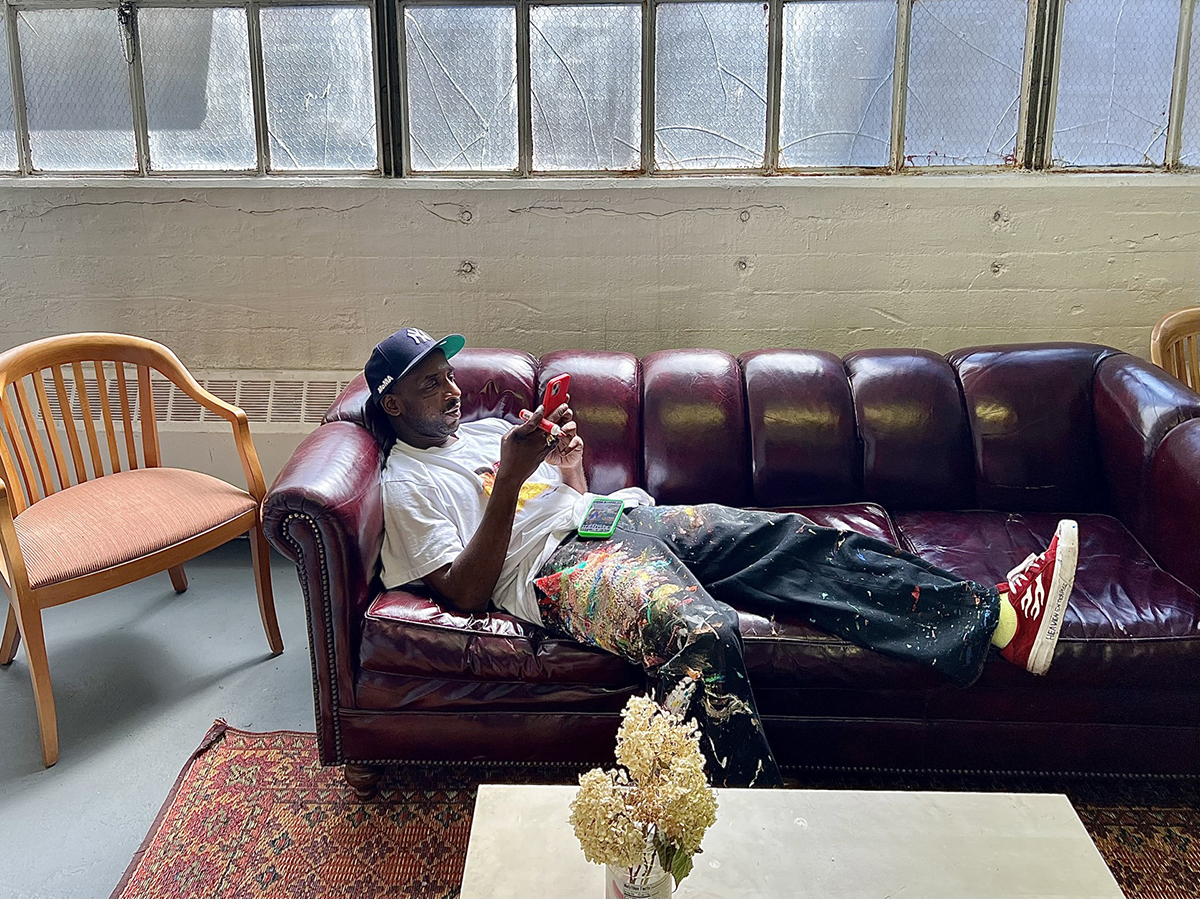
Ricky Burrows in a moment of pause © Maryam Eisler
Ricky Burrows, the Brooklyn-based artist originally discovered by Rashid Johnson, speaks to LUX’s Chief Contributing Editor, Maryam Eisler about how he made it from the streets to the studio, now opening a solo show at Harper’s, New York.
Maryam Eisler: How did Mr Ricky Burrows end up in this impressive building, the Brooklyn Army Terminal?
Ricky Burrows: Well, my parents are originally from Brooklyn and I was born here. I moved to Connecticut and I came back to Brooklyn after I got out of detention; I was separated from my Mom because she was on drugs. I started painting seriously in 2014, and I met one of the building owners, Mr Gunn; he came to an open studio. He liked my work and told me he had a studio for me, and that I could paint there and that I wouldn’t have to pay rent. When he said ‘no rent’, I said ‘send me the location’. To this day I don’t pay rent. From the start, he absolutely believed in me. He’s one of my earliest first supporters, for sure.
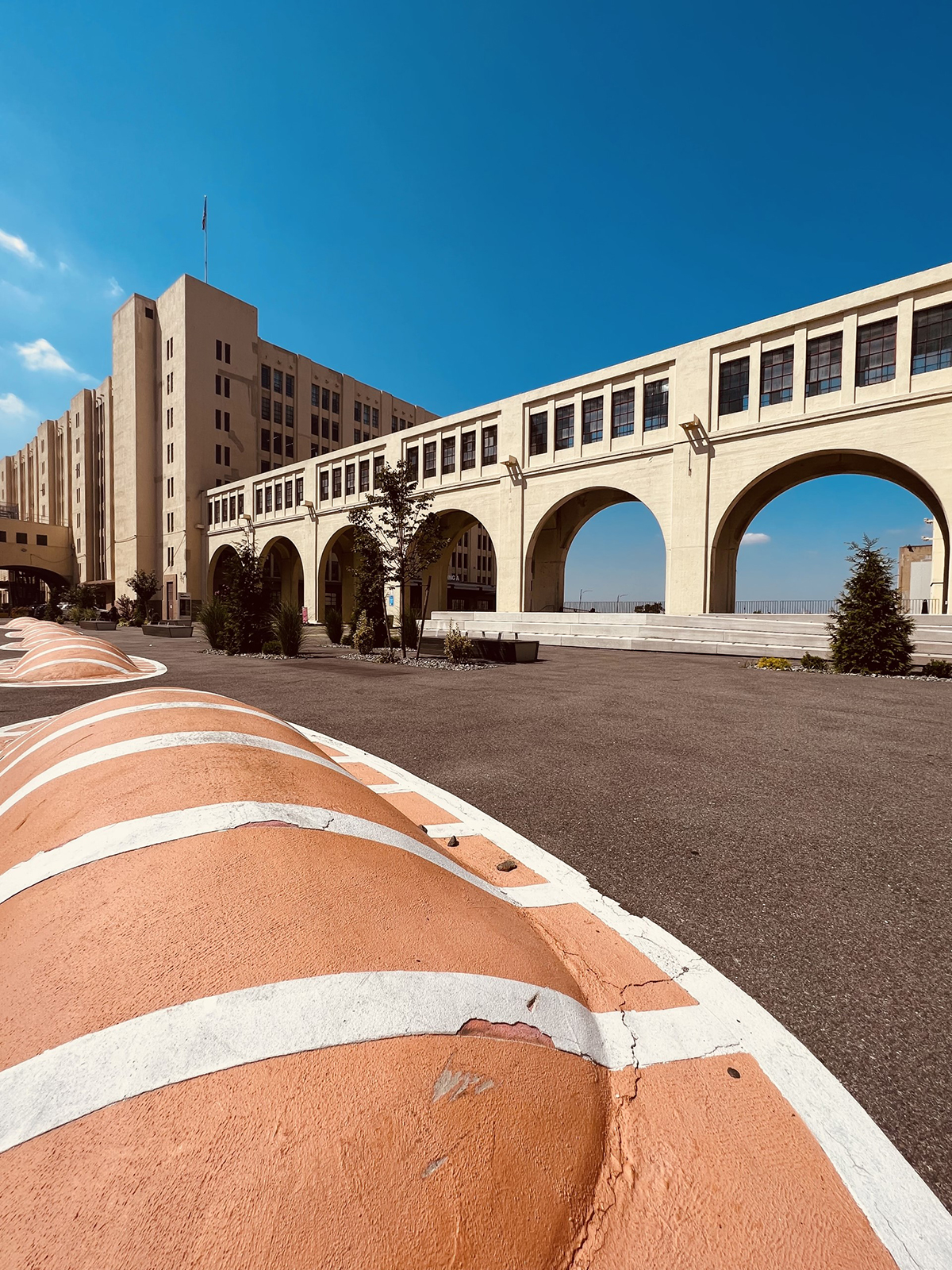
Scenes from the Brooklyn Army Terminal © Maryam Eisler
ME: Talk to me about this incredible building, and your studio space.
RB: This place (the Brooklyn Army Terminal) keeps me sharp. Everybody’s working here 24/7, and I’m a sponge. As soon as you walk into the parking lot, there are a thousand trucks going past you. As soon as you get into the elevators, five or six people from all different walks of life doing different things are saying hello to you, high fiving you … You’ve got the FBI and the FIT here, movie directors, students, sanitation, dialysis…It’s like a small city… a city within a city, and no one ever sleeps.
Follow LUX on Instagram: luxthemagazine
ME: When did you start painting?
RB: Around maybe the age of sixteen.
ME: Was it something you had to do? Something you could not escape from … or, was it an actual escape from reality – your reality?
RB: I would say both. My inspiration came from my neighbourhood and the street. So, painting was actually weird. But I couldn’t help myself. I had to do it. I was drawn to it. I wanted to paint, but I was also influenced by my friends who had nothing to do. So, it was a bit of both. It was like ‘let me avoid it as much as I can, but let me also stick to it as closely as I possibly can …’ if that makes sense?
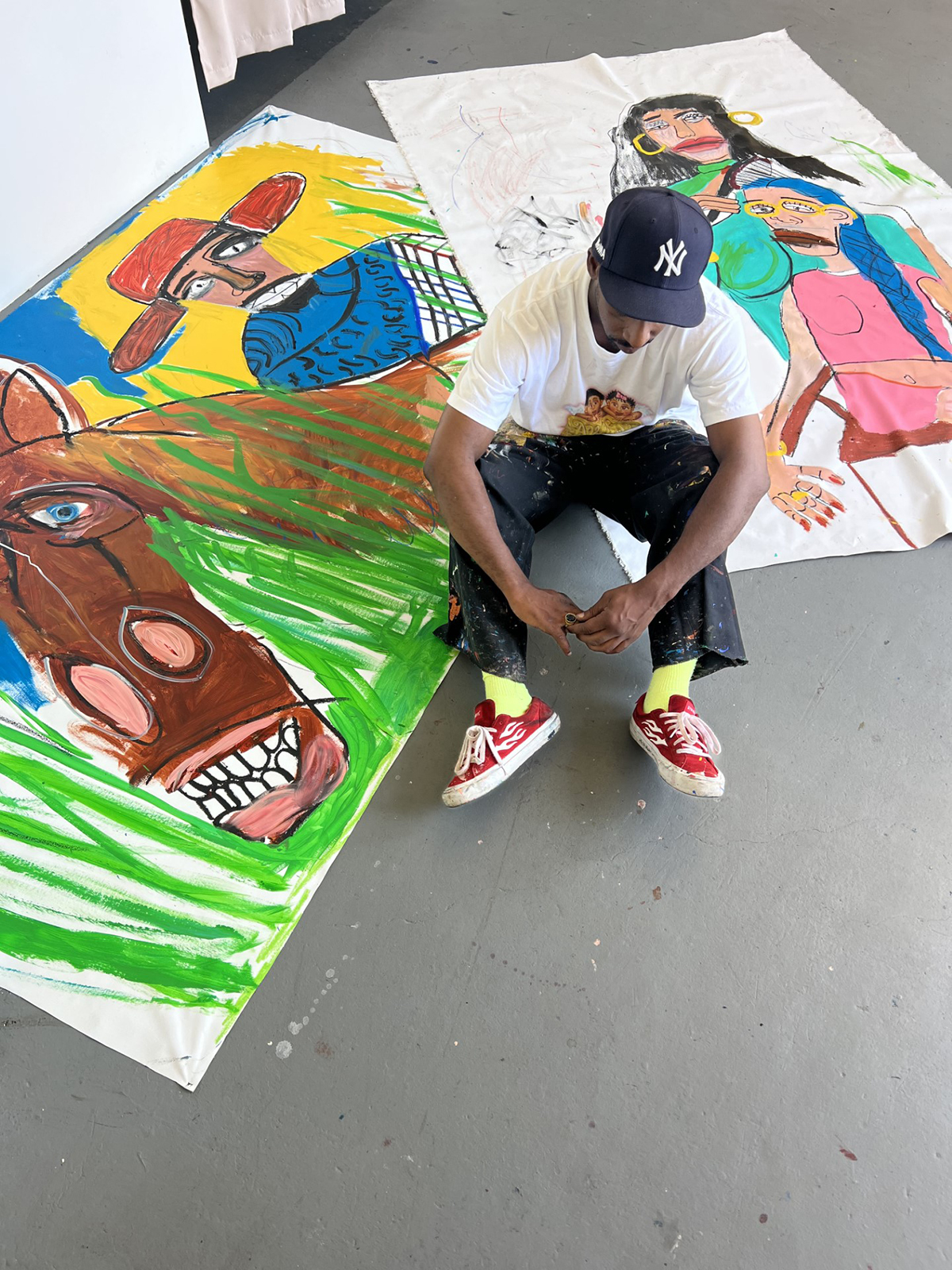
Burrows sitting on the floor with his works © Maryam Eisler
ME: Yes, it does. You mentioned drugs at some point in your life – which you’re clearly over now. What was the reason? Was pain at the source or was it just what street kids d0?
RB: For me, it was about not wanting to think about the stuff I was dealing with in my life or stuff I was going home to later at night. So the more loaded I was, the better it was for me … it helped me deal with whatever was coming my way when going ‘home’.
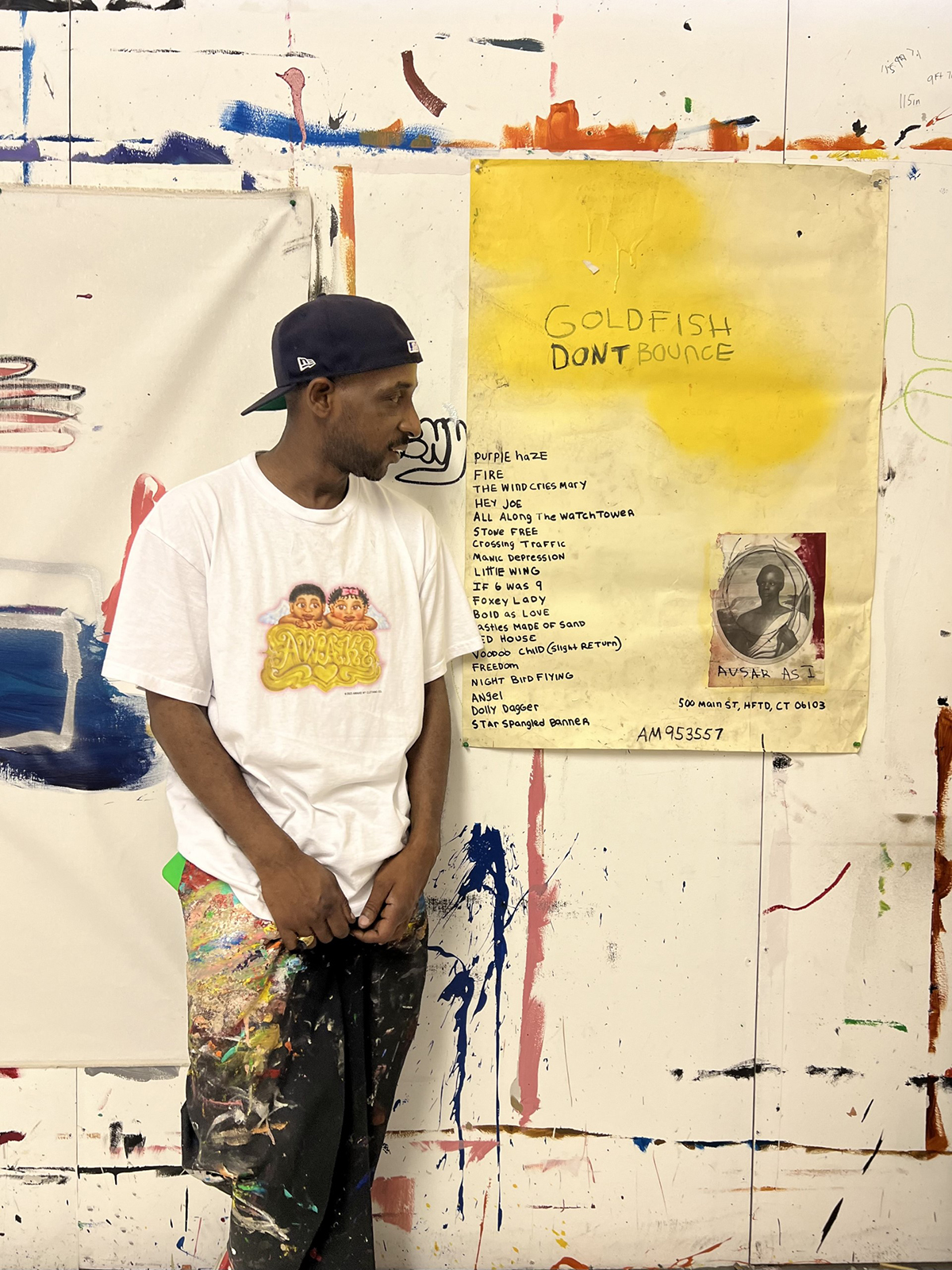
‘Goldfish don’t bounce’ referring to Jimi Hendrix’s song © Maryam Eisler
ME: Which leads me to Jimi Hendrix. Talk to me about ‘When Goldfish don’t bounce’.
RB: Well fish don’t bounce. And, I’m the goldfish.
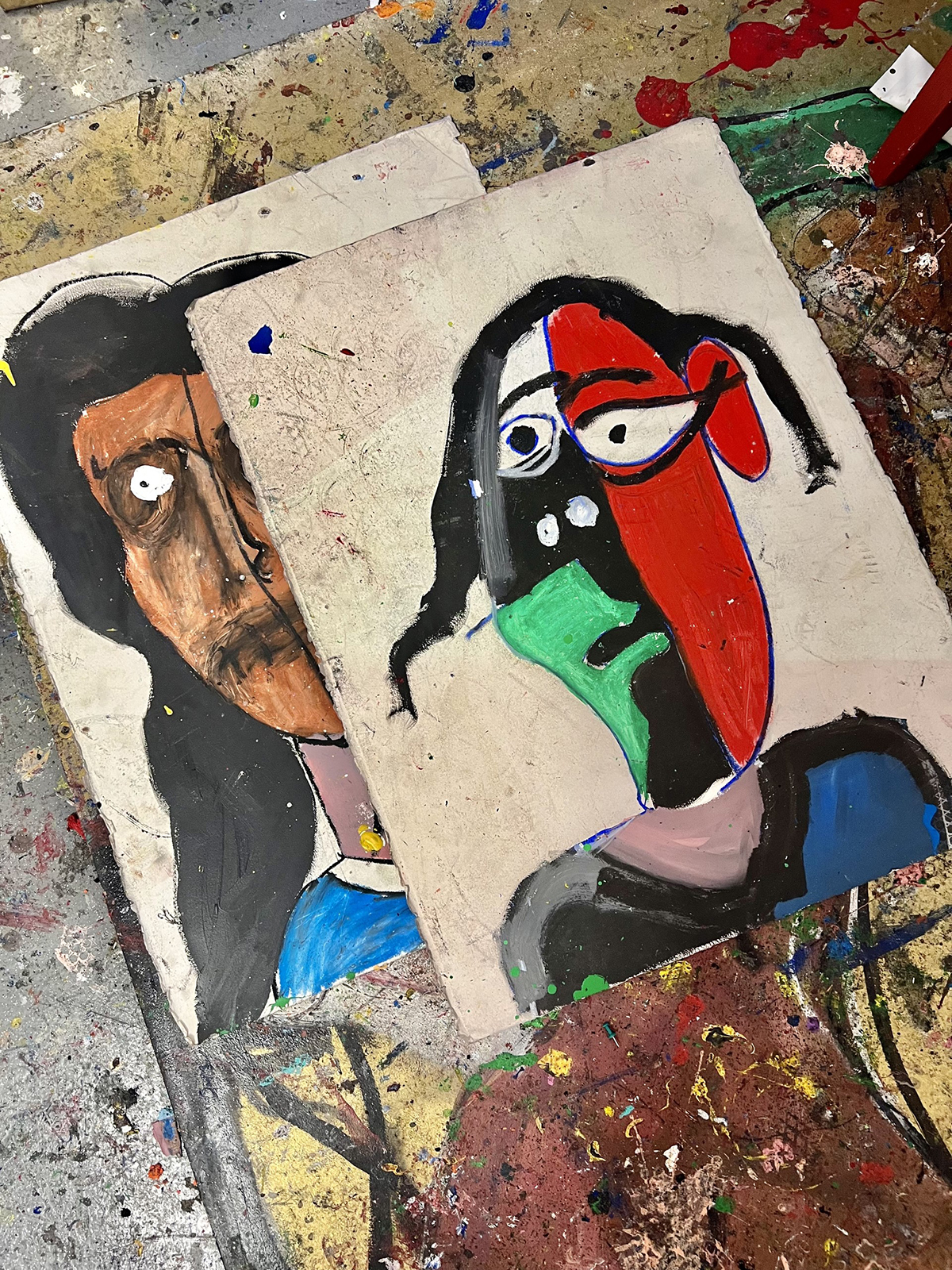
Early career works by Ricky Burrows © Maryam Eisler
ME: You are. But you bounce. You bounced out of the bowl, it appears.
RB: Yes, I did. But I didn’t manage to go too far. That’s the scary part about it. Along my art career, I’m always that close to crashing out. I really don’t know how to talk to people outside of myself. So I’m only just learning how to be more social and to trust the public, because I’ve dealt with a lot of sh*t. It’s been hard. And I’ve only just started to see the light at 30.
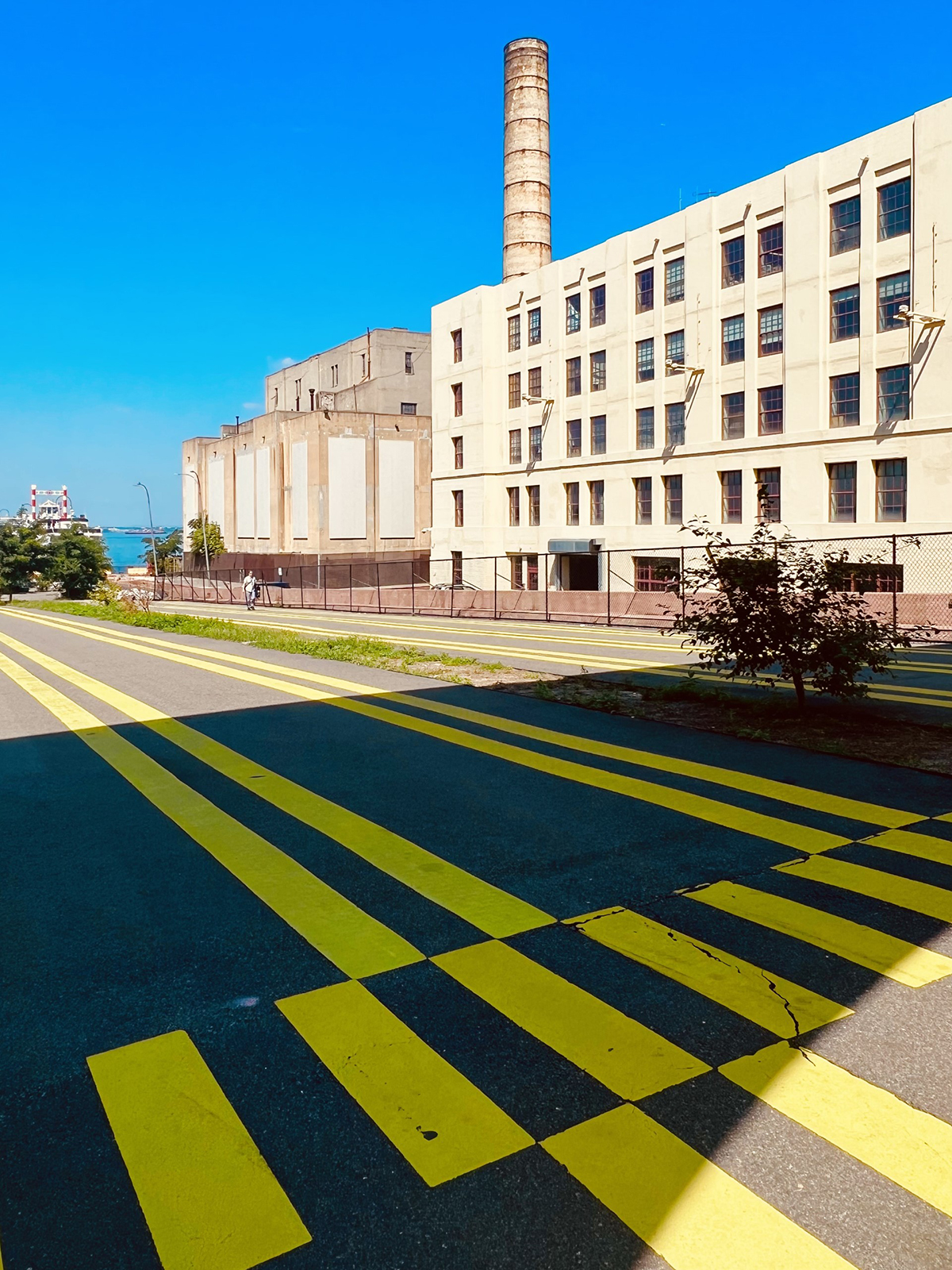
The exterior of the Brooklyn Army Terminal © Maryam Eisler
ME: You win the biggest battle when you start believing in yourself. Are you there?
RB: THAT is the biggest battle right now. The fight with myself, you know. But I would say that maybe I’m doing a good job because it got me this far.
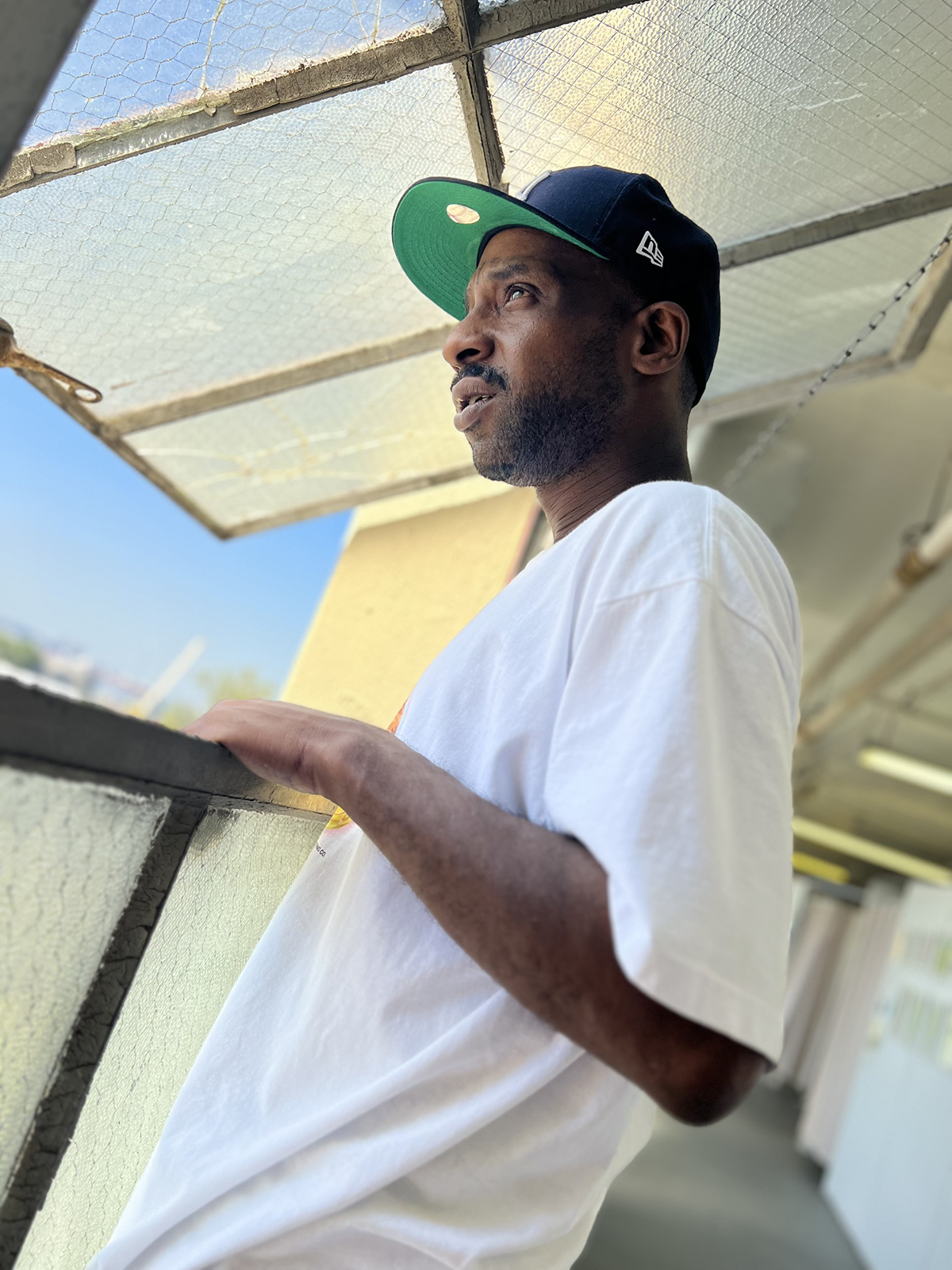
Looking out the studio window © Maryam Eisler
ME: Well, if you’re having a show at Harper’s, in Chelsea, New York in November, I would say you’re definitely over the 50% mark, wouldn’t you agree? More win than lose?
RB: Yes, but what am I supposed to do at night? When there is no art to make or no Harper’s shows? No girls to see? That’s the kind of stuff I try to escape. Because I don’t like being alone.
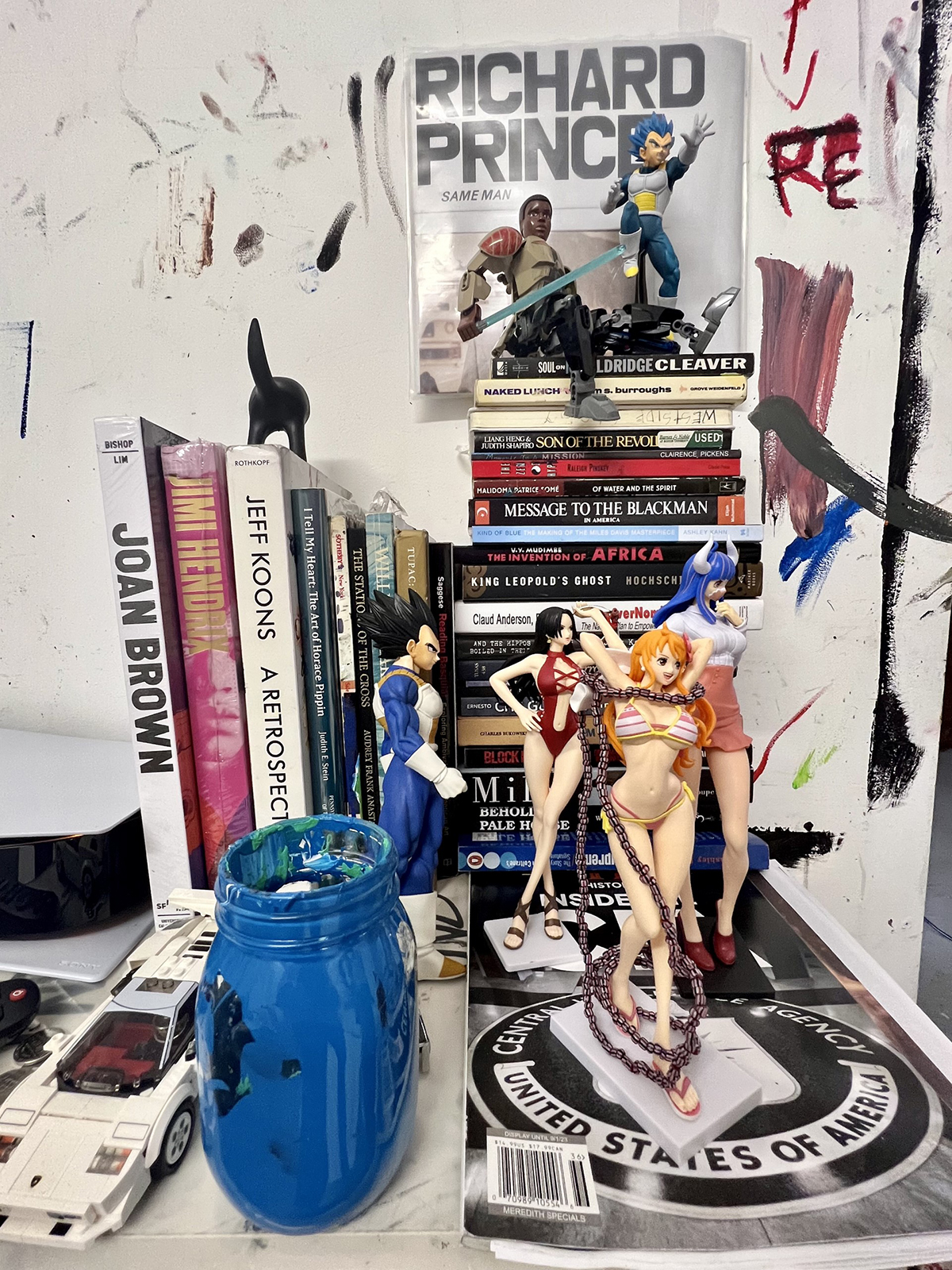
Inspirational objects around the studio © Maryam Eisler
ME: Comfort in and with yourself. You need to find that peace, wouldn’t you agree?
RB: I’m trying to. But it’s taking me a long time to get there.
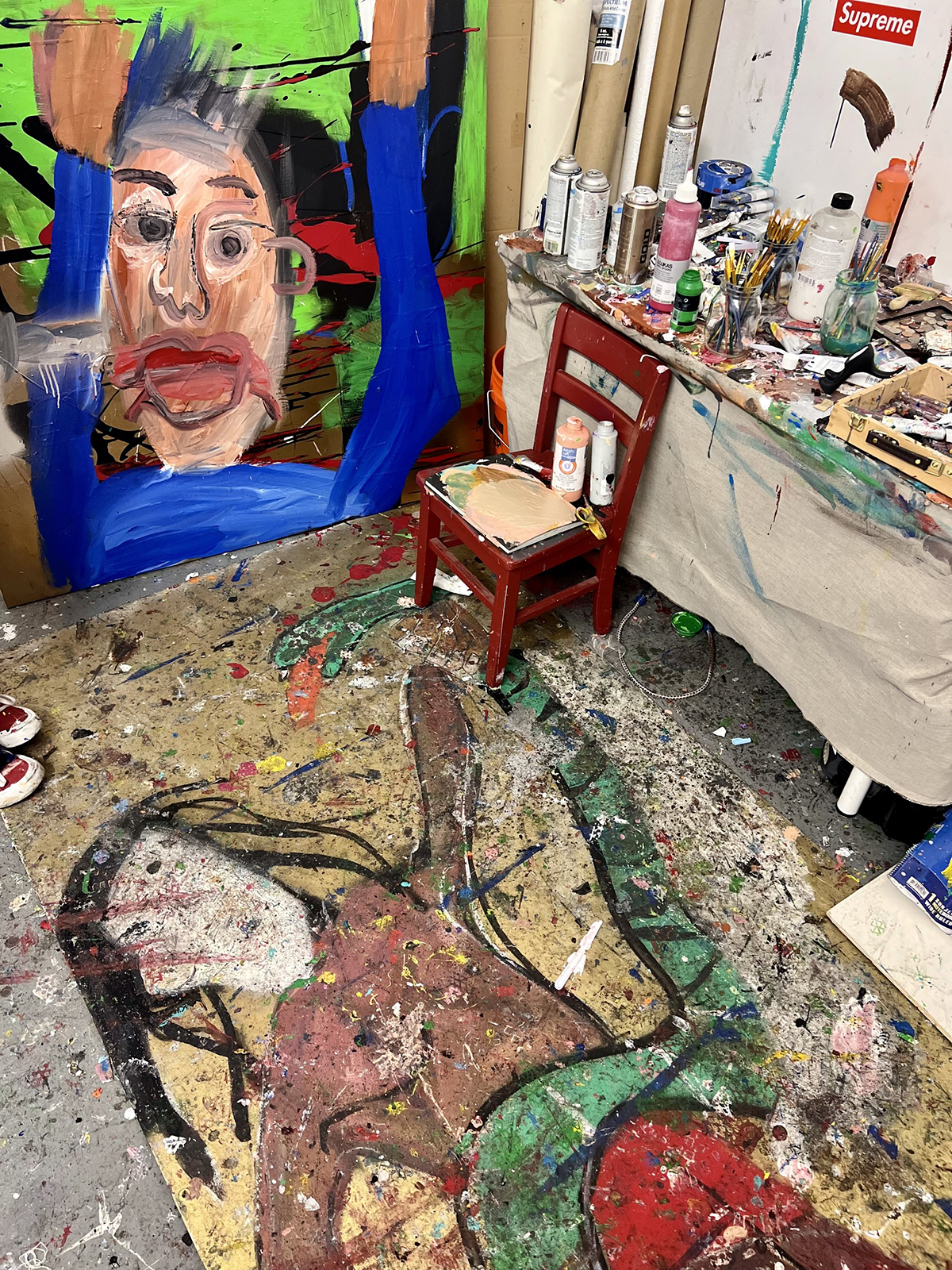
In an around the studio © Maryam Eisler
ME: Patience is a virtue! I wanted to talk to you about street. You mention your street life and your street friends; I also see a lot of street style and influence in and around your studio – Supreme, Palace, AWAKE, Nike collaborations with Virgil … powerful brands where art, lifestyle, design and commerce have come together successfully. Are you personally interested in engaging in these types of commercial collaborations down the line?
RB: Yes definitely, yes. That is definitely of interest. As far as I’m concerned, I try to make as much art as possible so that my mind isn’t just limited to creating paintings, you know? I like to extend myself beyond the canvas.
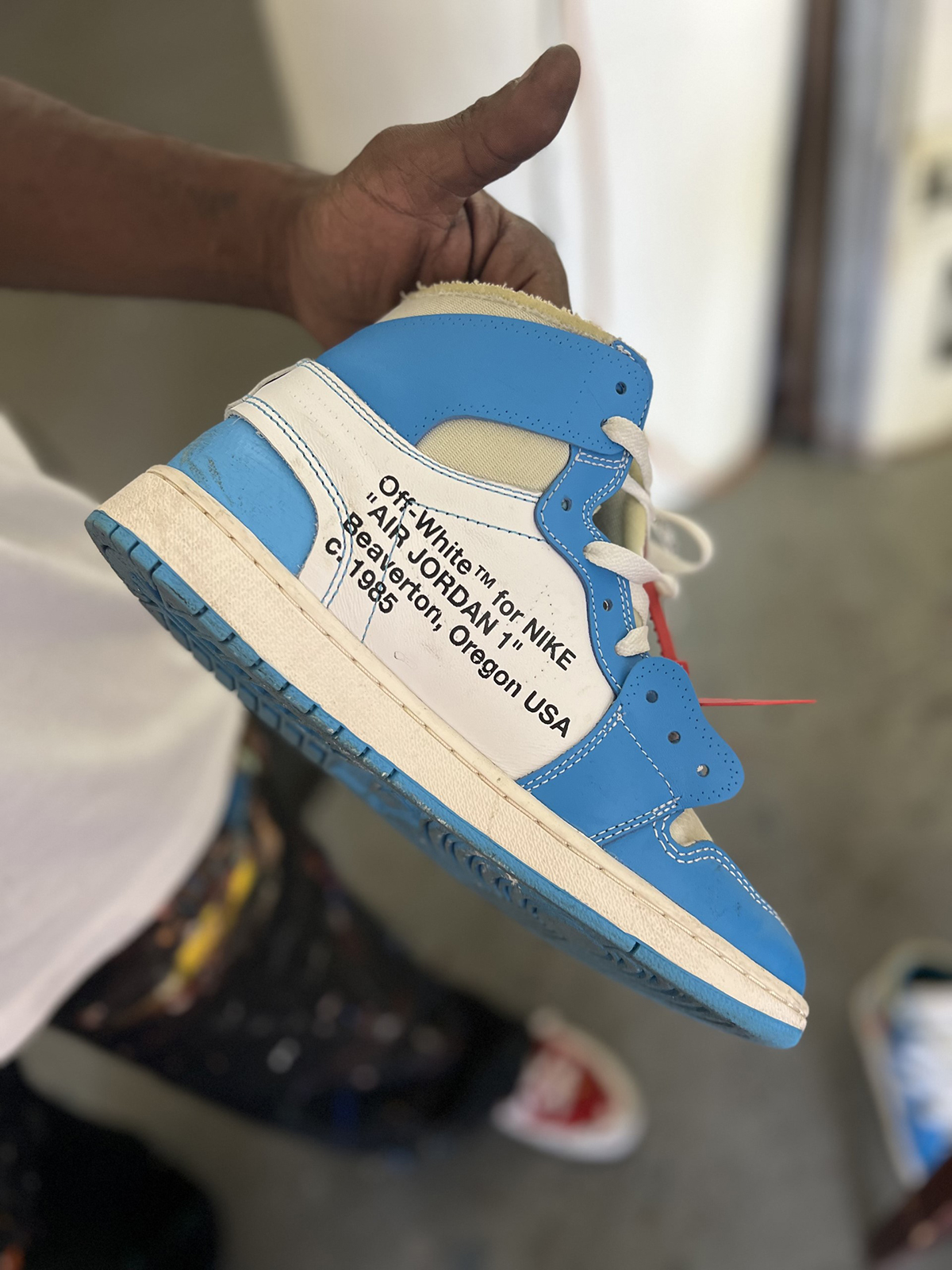
Where art meets street, Nike collaboration with ‘Off White’ by Virgil Abloh, part of Ricky’s own personal collection © Maryam Eisler
ME: So it’s not just the esoteric and conceptual side of art which interests you? You actually see the application of the concept to a more utilitarian and more commercial environment ?
RB: Very utilitarian, 100 percent yes.
ME: Is your idea to take your art out to the crowds (with an S) as opposed to just ‘A’ crowd ? Do you want your art to be democratic and for the people, mixing highbrow and lowbrow?
RB: I want my art to be highbrow, but I also want it to be accessible to those on the street, where I came from and to people who are not even of the ‘art world’. Because a lot of people that I have met or who have helped me, couldn’t even tell you who Francis Bacon was to save their lives, you know! I really appreciate them just wanting to be here with me, for me, or just calling me to send me money for no reason other than just believing in me … ‘I know you need some paint, so go buy some paint. I know you need canvas? Here you go, go buy it ‘.
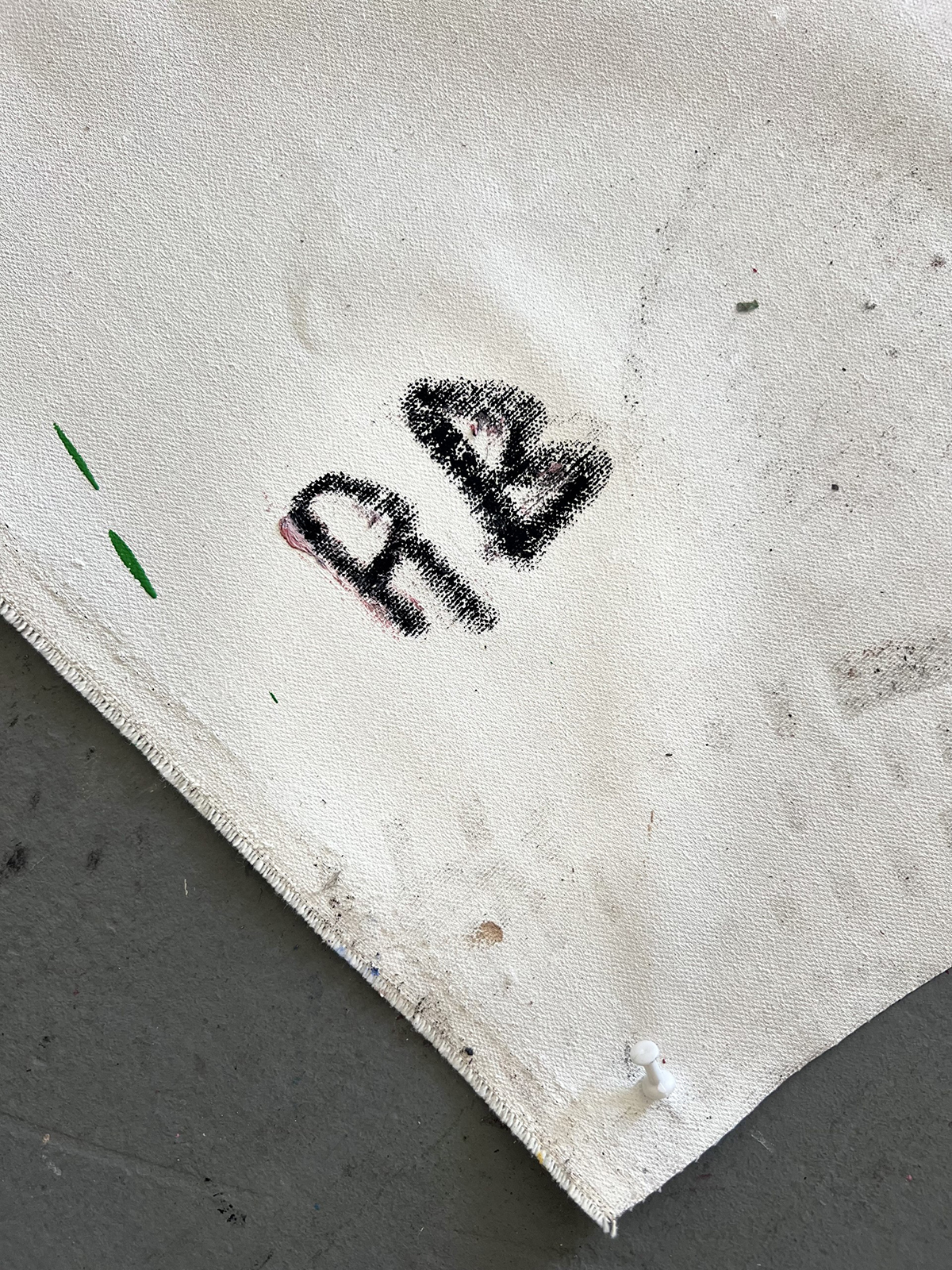
Ricky Burrows’ ‘signature’ © Maryam Eisler
ME: So, all that I see in your studio has just been given to you?
RB: Yes, all of it. So, I feel like I owe the public more than I owe the art world.
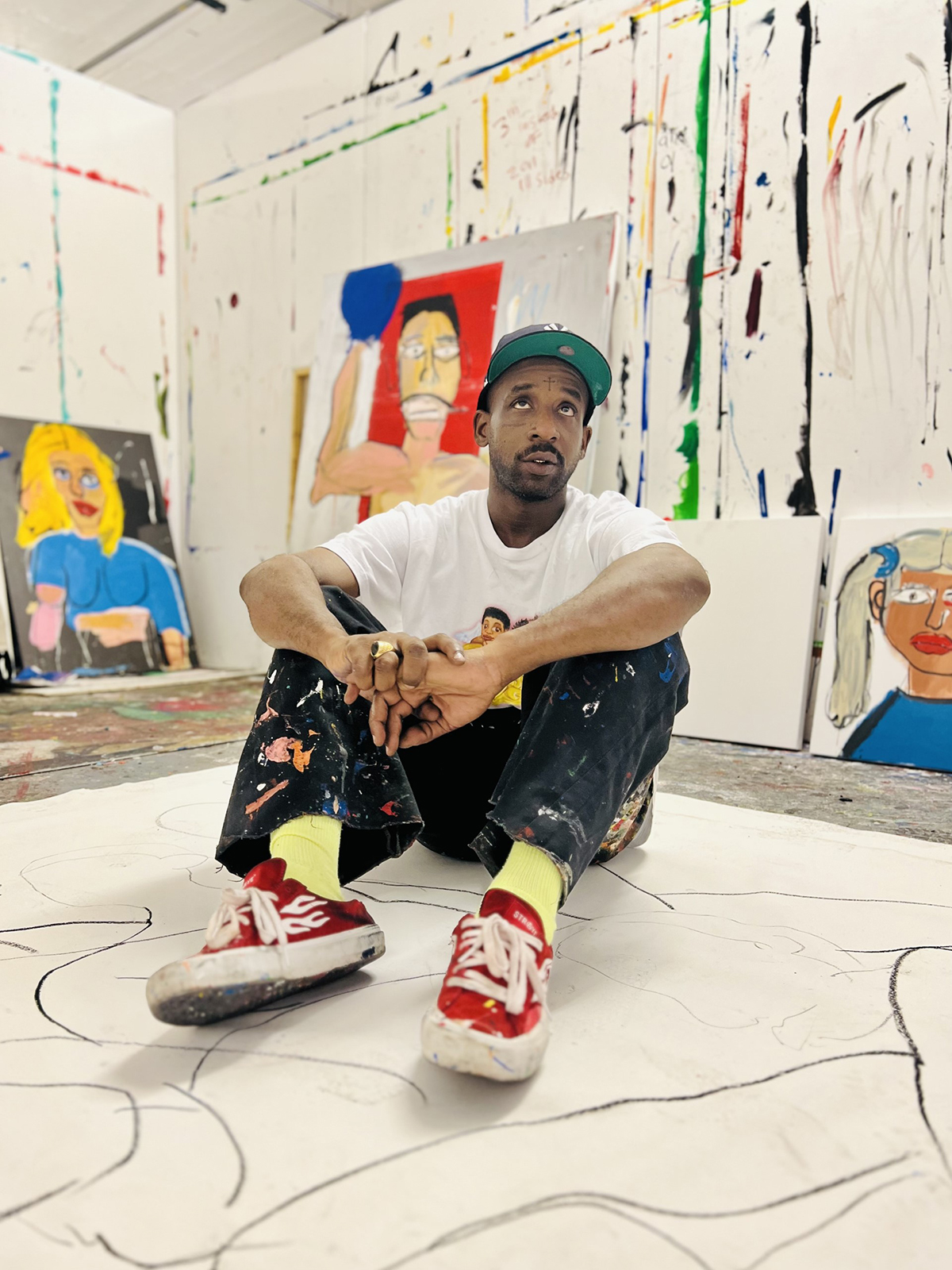
Ricky Burrows sitting on his work in the studio © Maryam Eisler
ME: Some of the greatest artists in America, the likes of Warhol and Basquiat, mixed high brow and low brow. Are you just continuing in that same direction?
RB: I would say that I’m actually really (even more) from the streets, you know… If I lose the studio today, I’m going straight back to the street…I ain’t going to nobody, calling no aunty that can come pick me up in her fancy car. No, no, no, no, no. So lowbrow, lowbrow, lowbrow, lowbrow…
ME: You’re having your first solo show at Harper’s this November. What did you say you were going to do with the money from Harper’s show?
RB: Well with the money from Harper’s show – because I know I’m going to sell out – I’m going to develop and start my own apparel company. I’m of course still learning how to manage my finances so I don’t crash out or run out of money. It’s all so new to me.
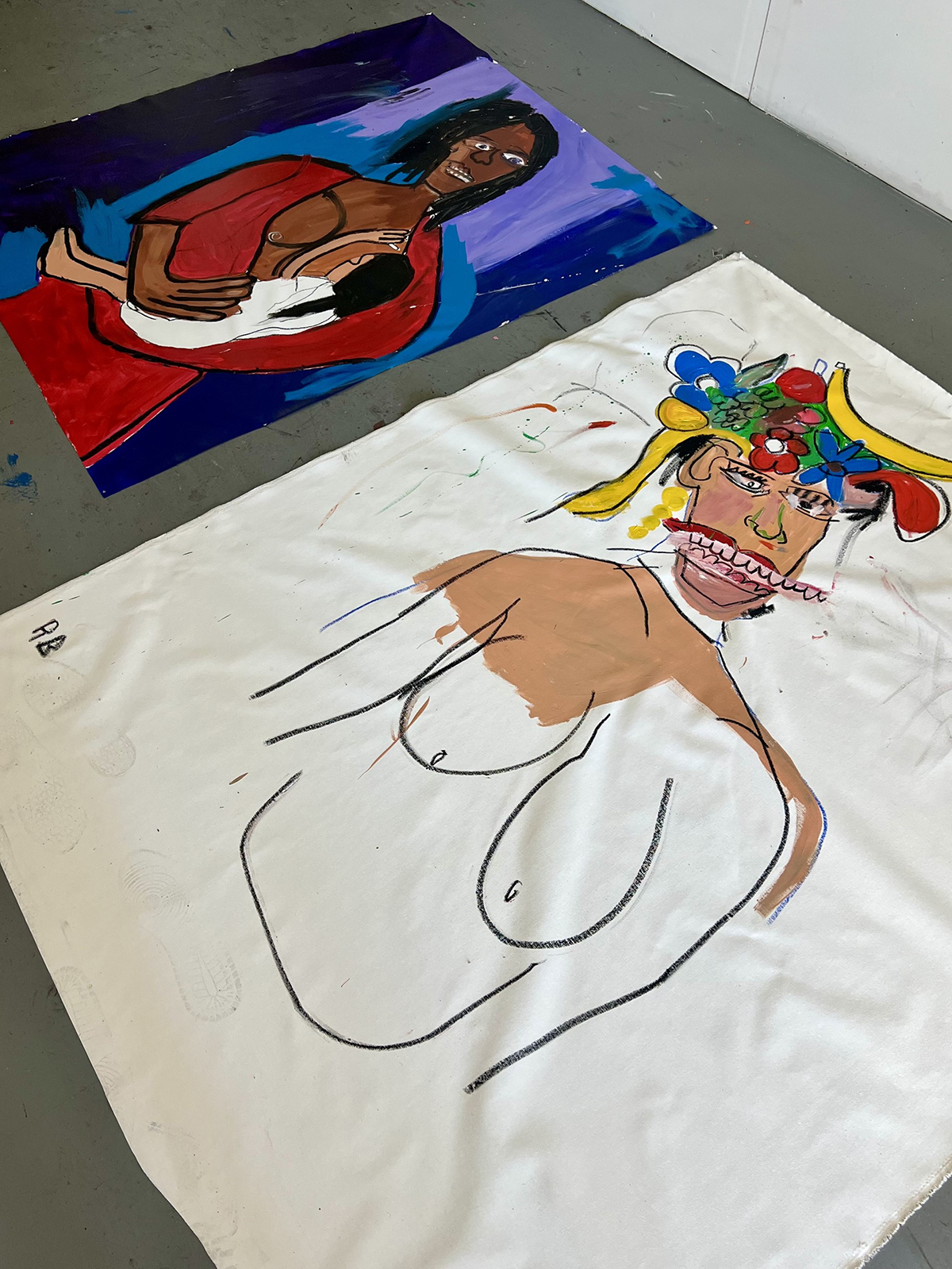
Works in progress © Maryam Eisler
ME: Please share with me the story behind your ‘big break‘ moment. From the street to Harper…how did that happen?
RB: I met Harper through Rashid Johnson.
ME: And how did you meet Rashid?
RB: Off the internet. At, like, 5 o’clock in the morning, March 6, 2023. I was here. I didn’t have as much stuff; it was a lot cleaner because I was broke. I had just broken up with this girl… she said either get a job or I’m leaving you. That instagram page which you follow me on (@presidentrickyburrows), well, I just made that, two or three days later. I was like, let me give it a shot, so I reached out to him (Rashid). Two hours later, he had his assistant Alex send me a list of paintings that he said he wanted. People tell me all the time ‘I’ll get this, I’ll get that’ so I kind of blew it off and went to sleep. But when I woke up, I had a message from his Alex: ‘I’ll meet you at your studio at 11 o’clock.’ I was like ‘Whatever man, whatever !’ I reread the message like ten times. I also checked the name ten times. That’s when I realised that this is a real page, Rashid’s page. Then his Alex called me and I was like, oh sh*t, this is really happening.
They actually came to see me and two days later, he brought Harper here. Harper lost his mind when he saw my work. He showed some of my work at Nada; it sold out. And, he’s been my best friend ever since.
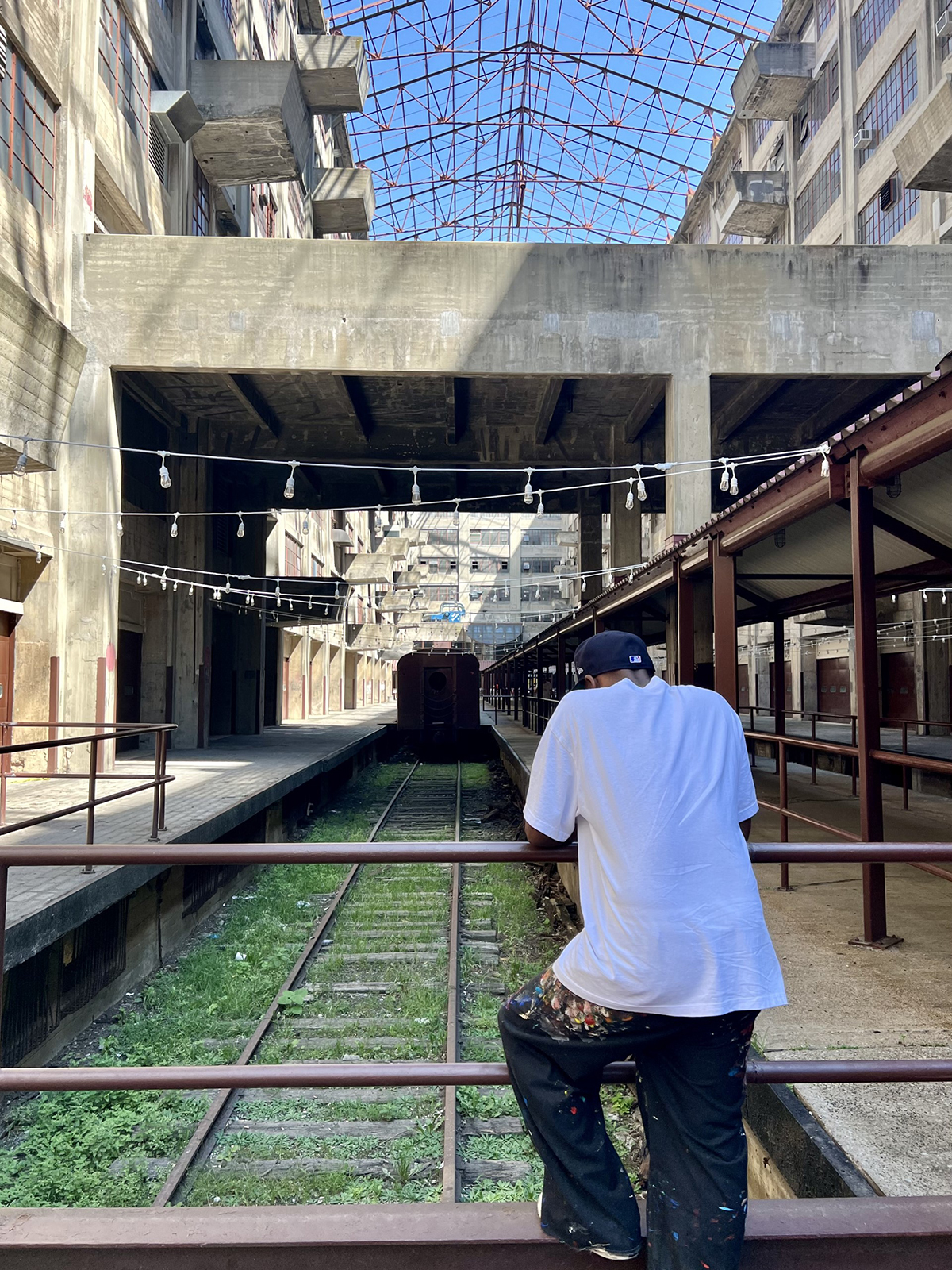
A moment of reflection at the entrance of the Brooklyn Army Terminal where Ricky holds his studio © Maryam Eisler
ME: What is the inspiration behind your upcoming show with Harper?
RB: It’s a unified story. I say ‘unified’ because it includes all the people around me… friends, the streets and the Bible; I think the show will just be a nice introduction to my life.
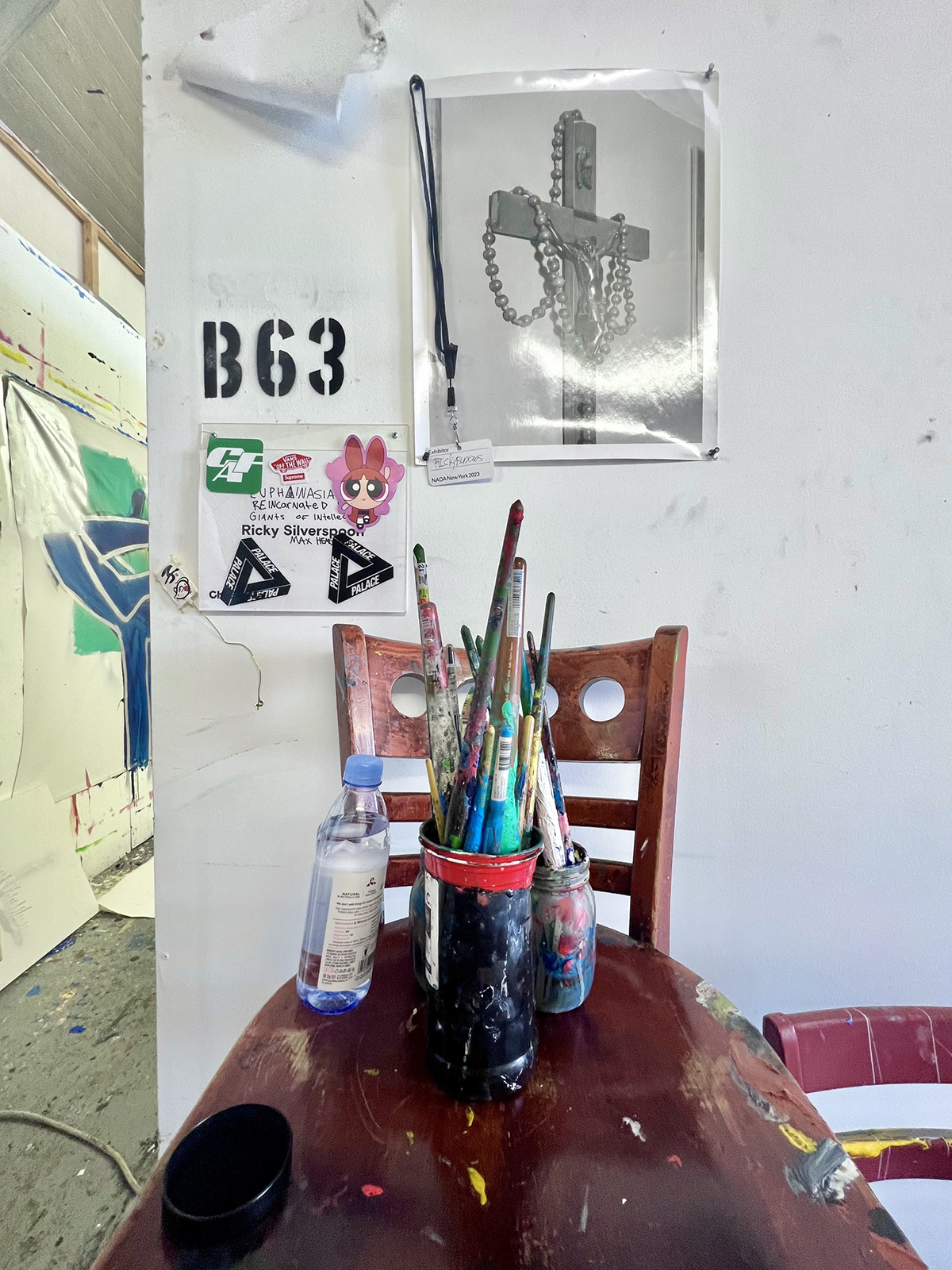
Inspiration around the studio © Maryam Eisler
ME: The Bible?
RB: Yes, because I grew up with the Church. We’re Baptist.
Read more: An Interview with William Kentridge
ME: Do you work a lot with local churches?
RB: No, I work a lot with and in my mind. I haven’t been to the Church since I was fifteen. I don’t have a religion.
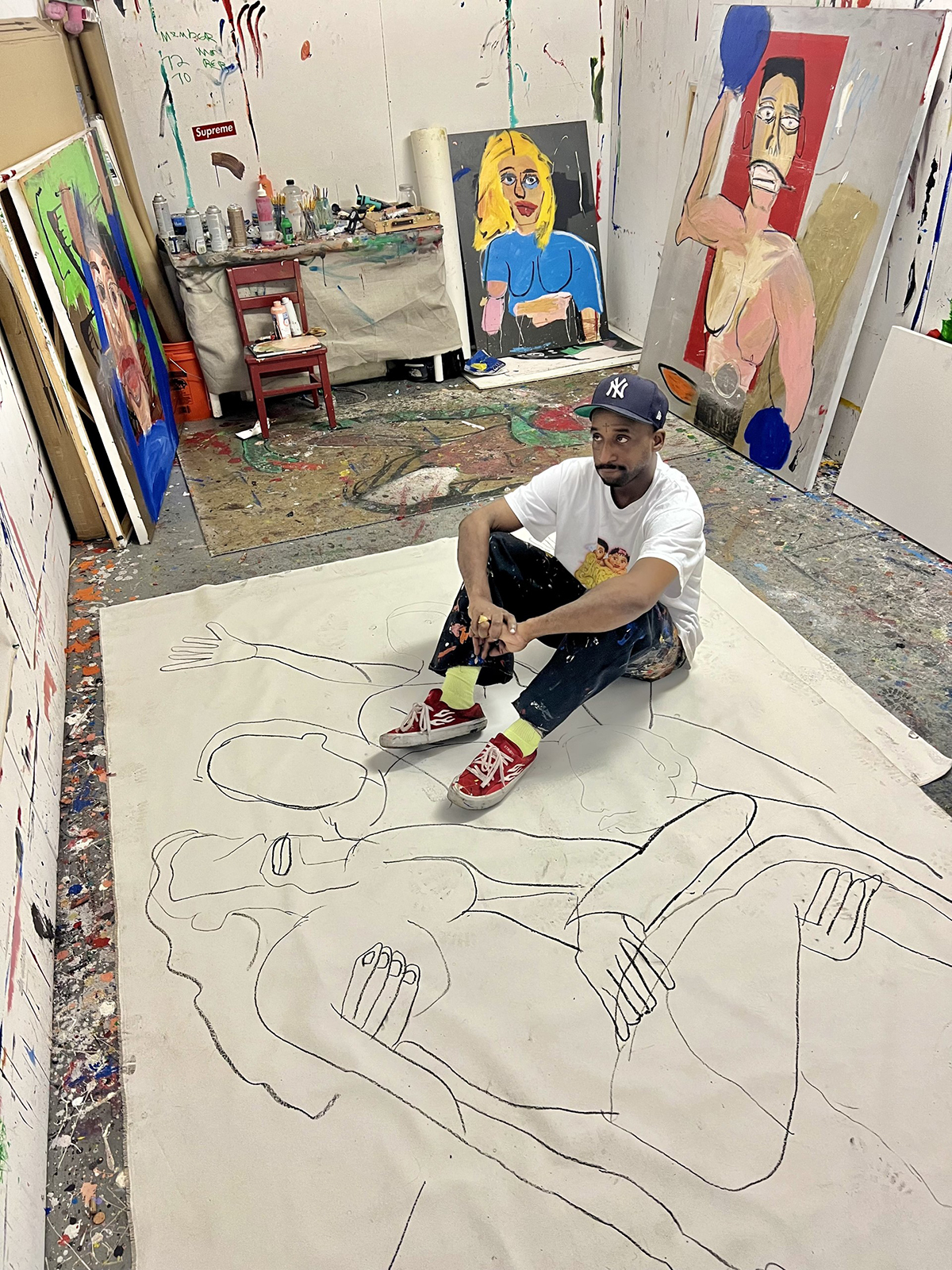
Burrows’ work-in-progress of Jesus coming off the cross © Maryam Eisler
ME: So is it the concept and the philosophy of religion that interests you?
RB: Yes, the concept. It’s really about the human stories. I think I only realised this maybe three months ago.
ME: Would you say you are the ‘Chosen One’ ?
RB: Yes, maybe I am!
The Brooklyn Army Terminal‘s (designed by Cass Gilbert) construction was originally approved in 1918, during World War I, and was completed after the conclusion of the war. The terminal was subsequently leased out and used for various purposes, including as a dock, a military prison, and a storage space for drugs and alcohol during the Prohibition. During World War II, the terminal was the United States’ largest military supply base. The site occupies more than 95 acres, on Brooklyn’s western shore.
Ricky Burrows’ show, Saved, will be on display at Harper’s from November 16-December 23
@presidentrickyburrows
@harpersbooks
All photography by Maryam Eisler
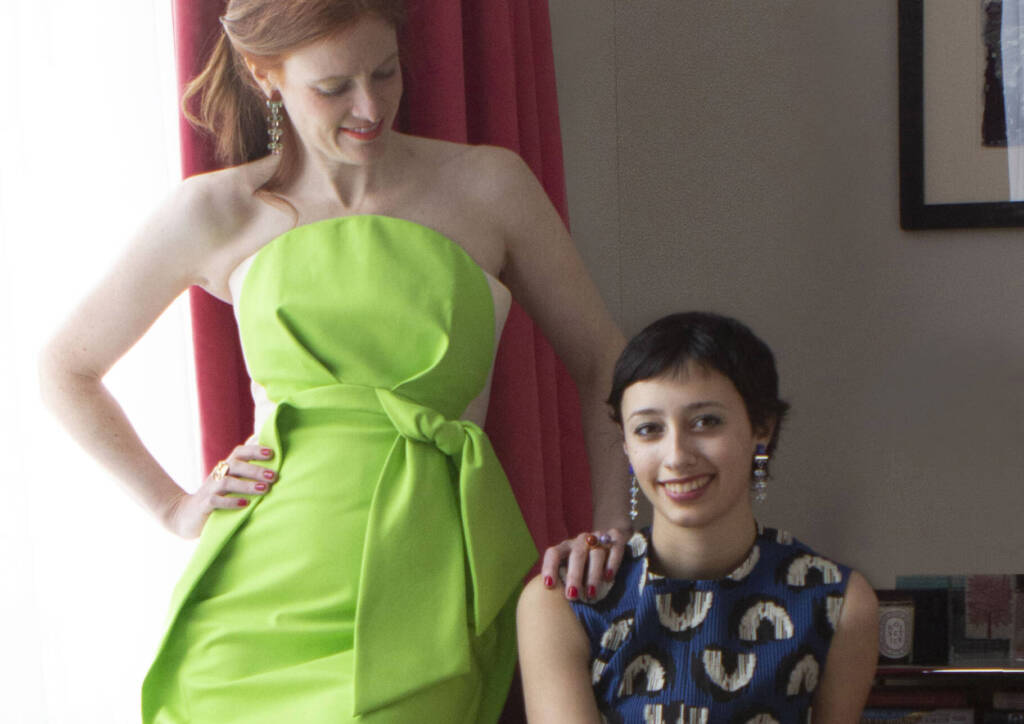

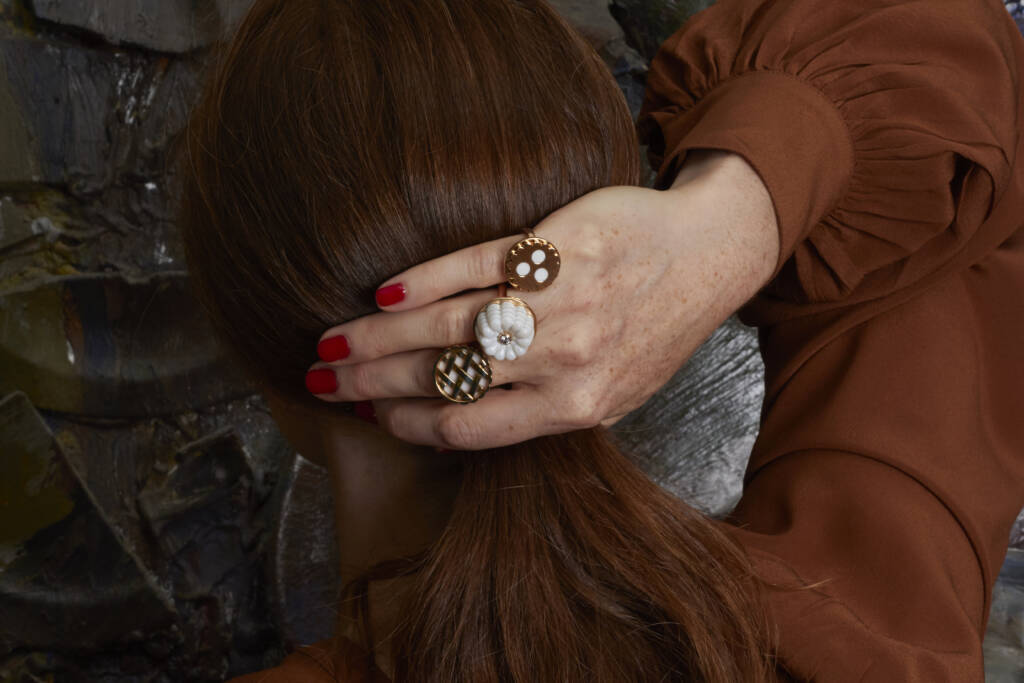

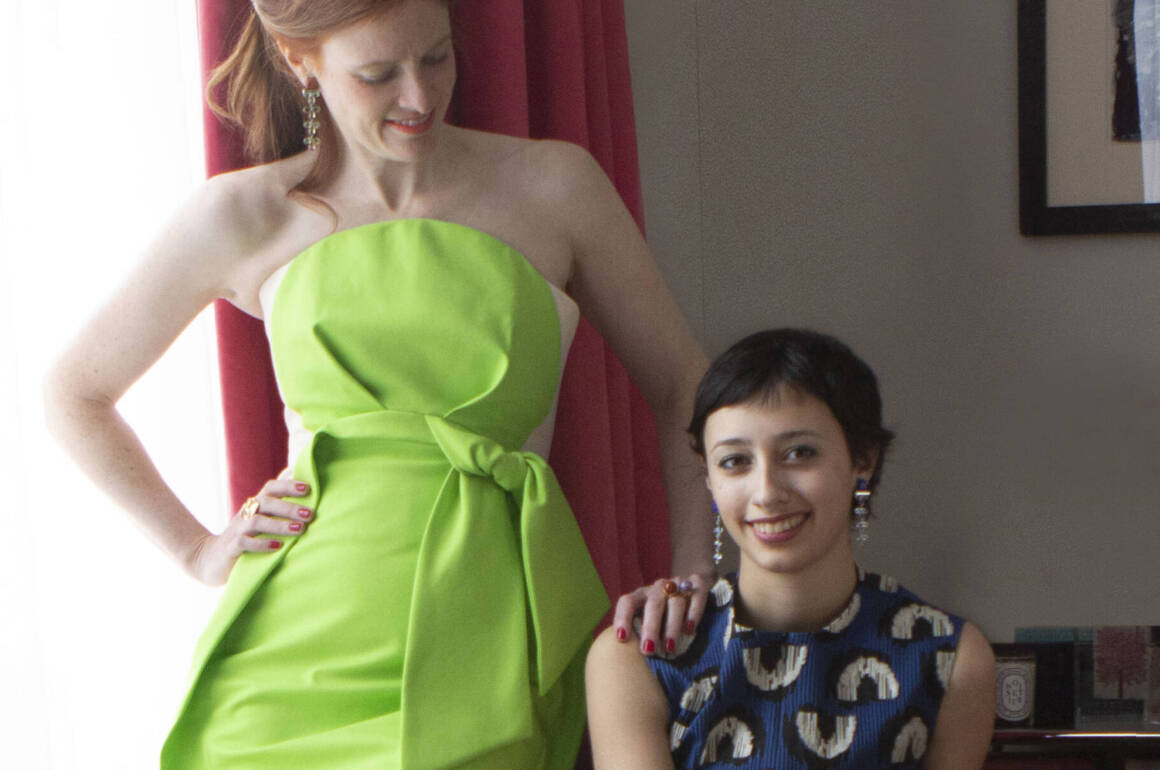
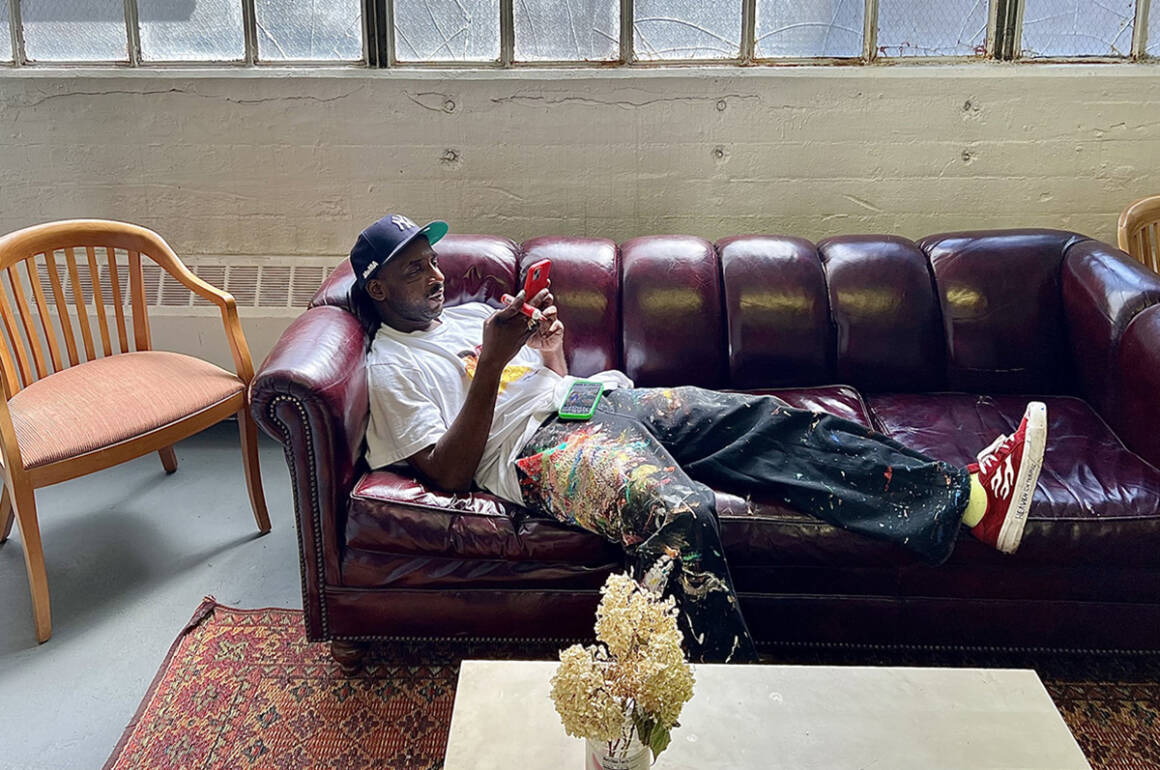
















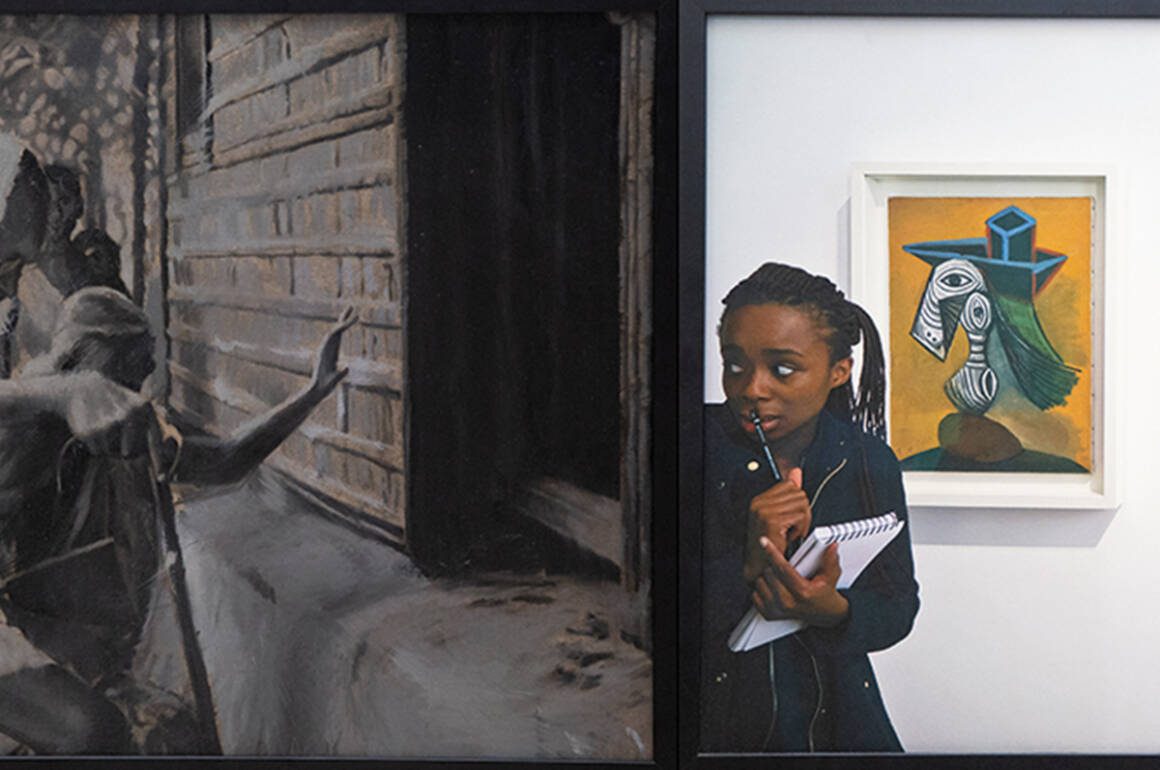
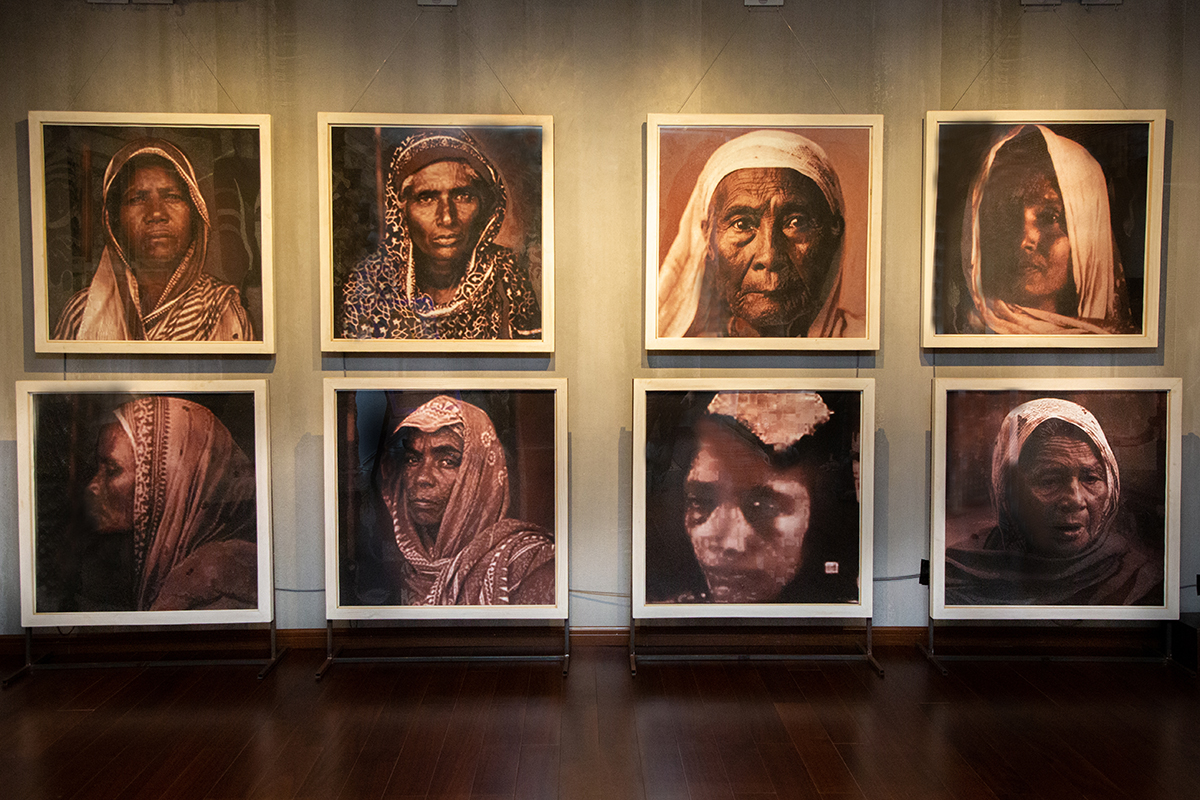
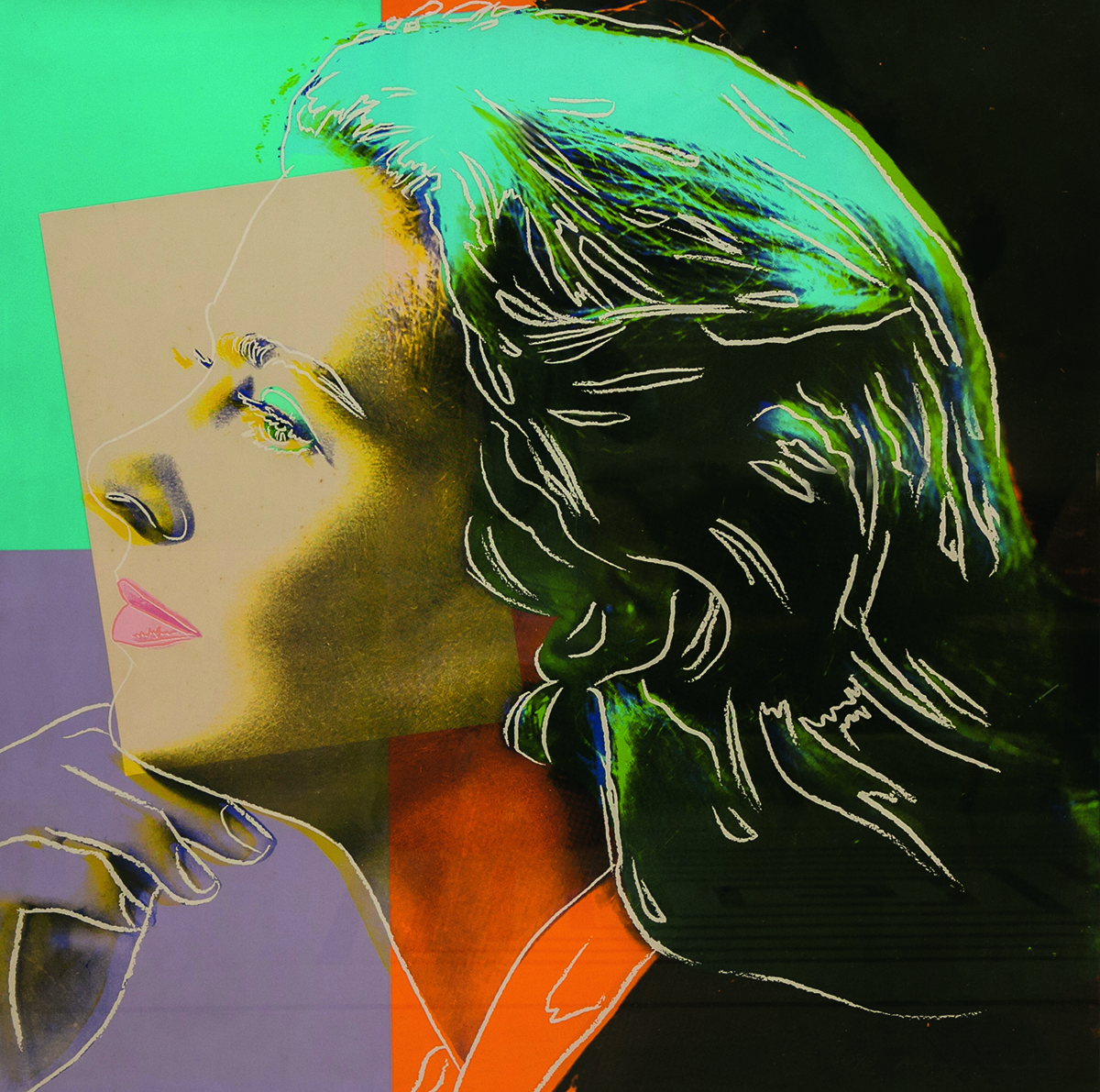
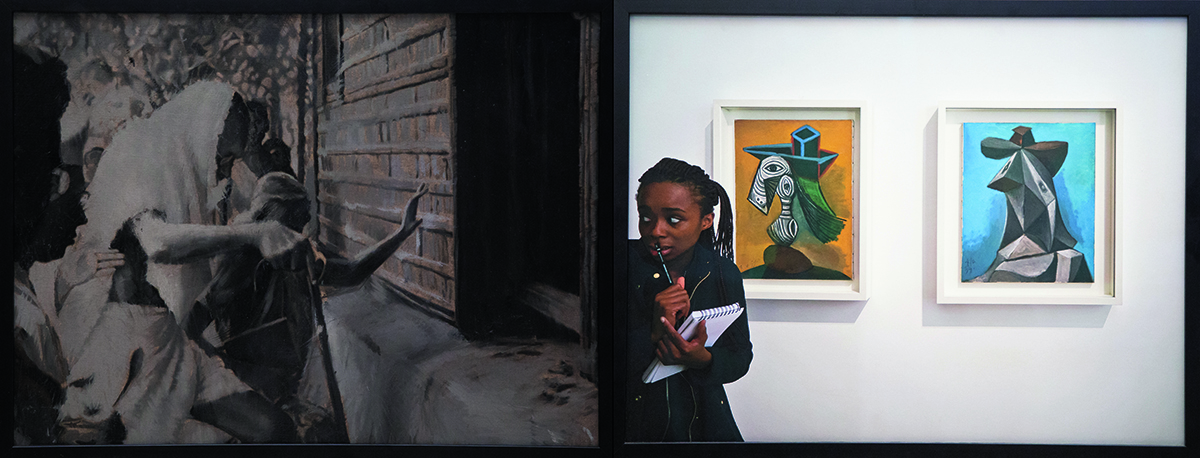
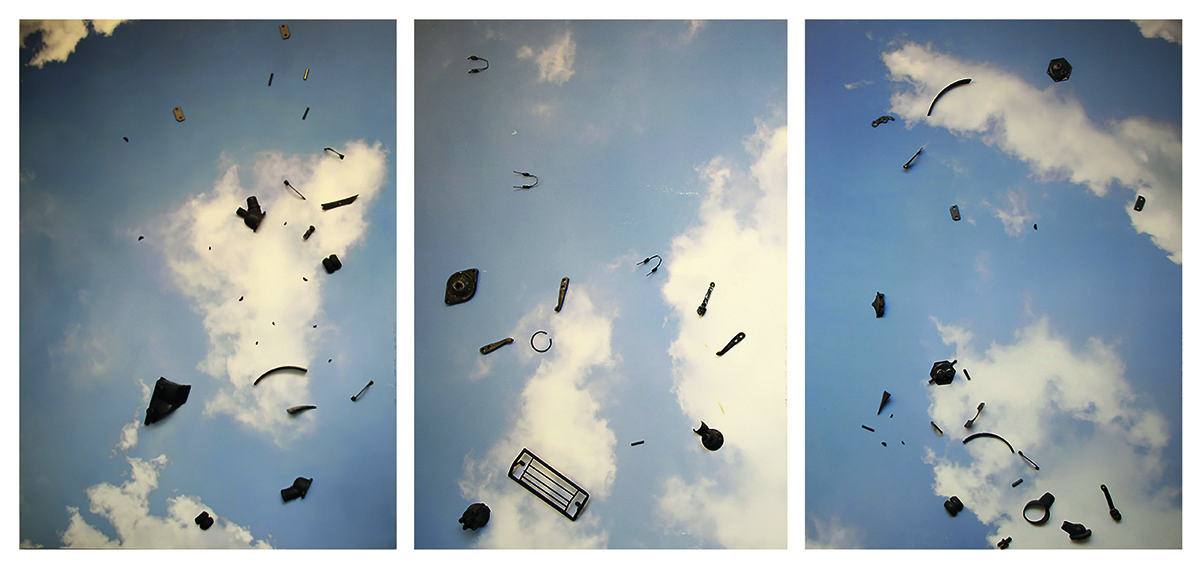
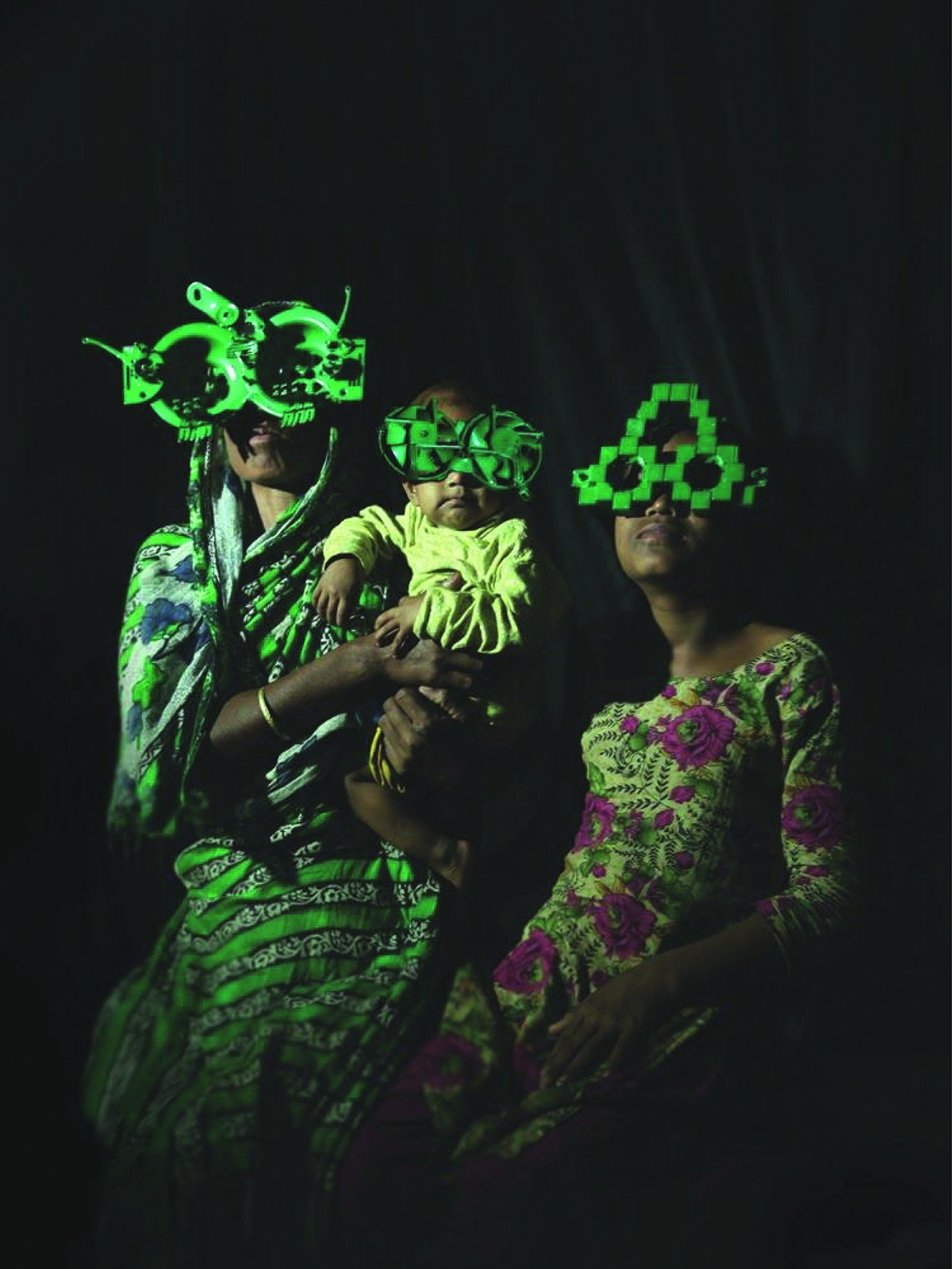
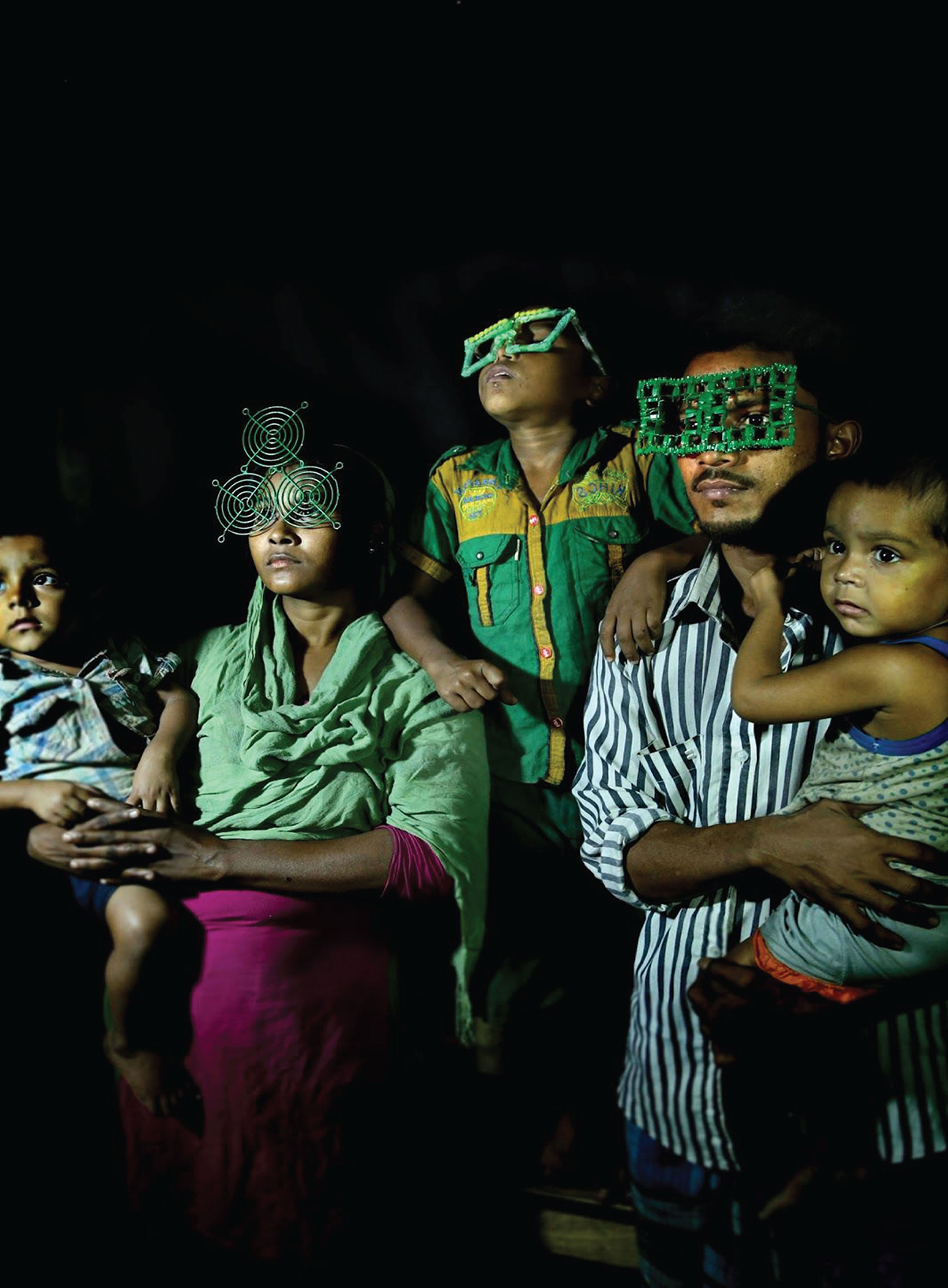

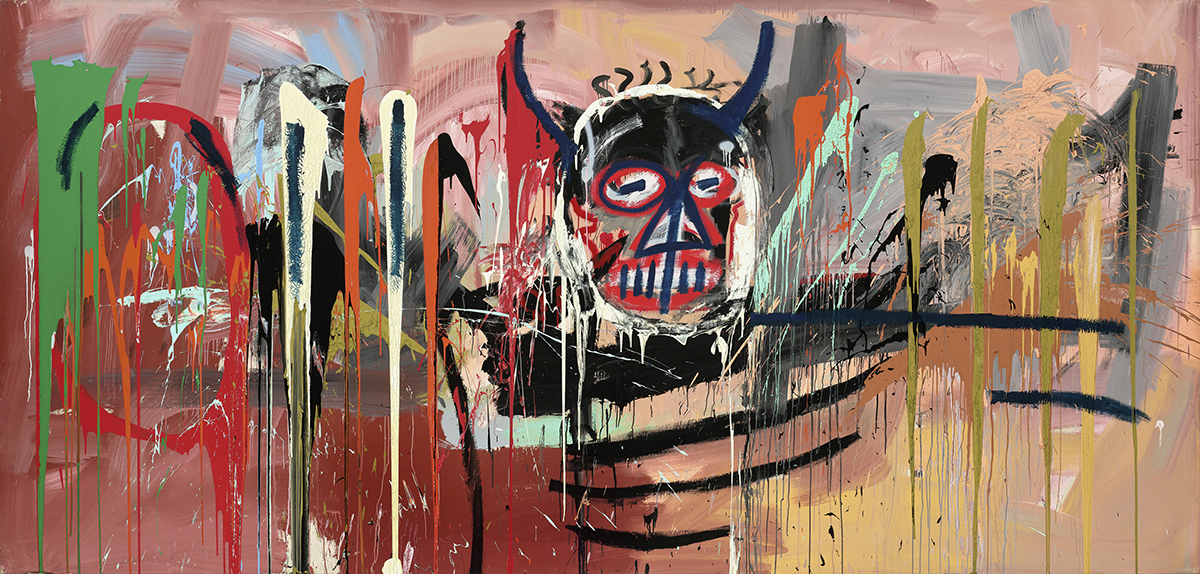
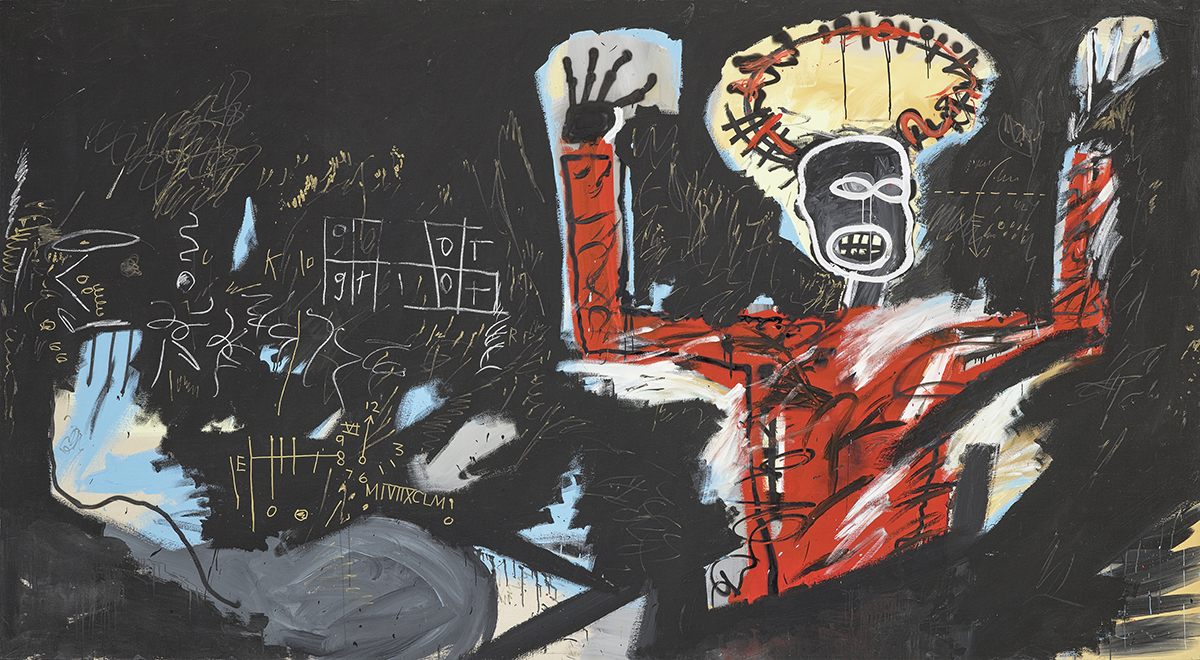
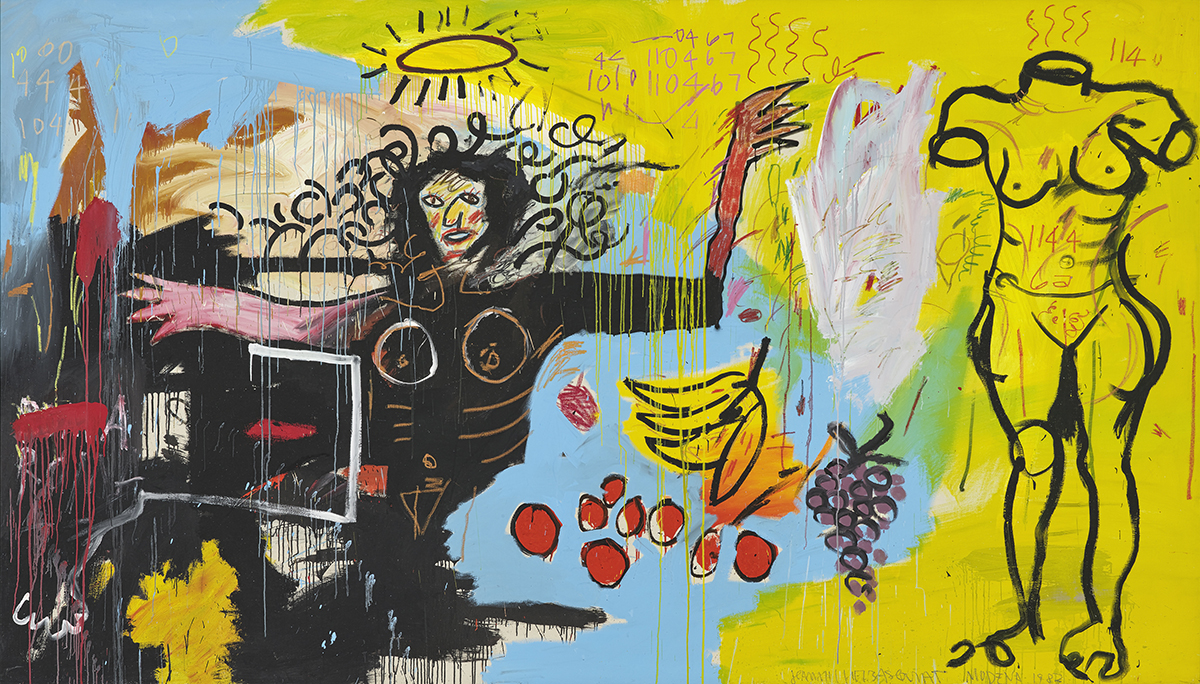
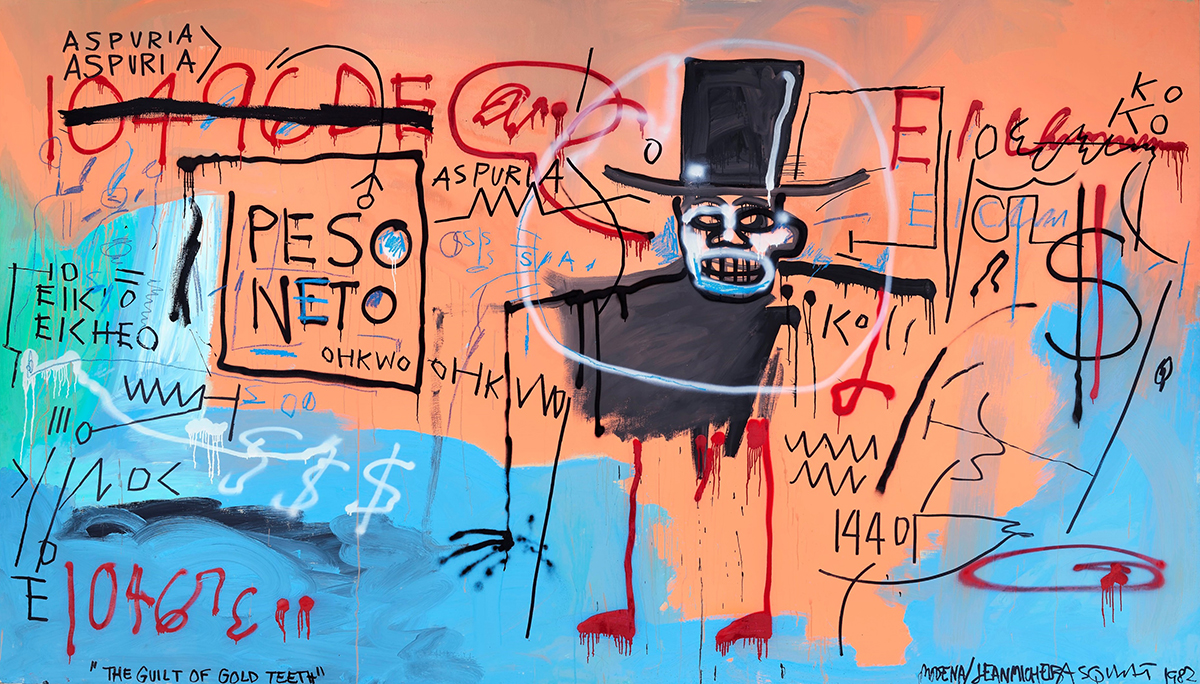

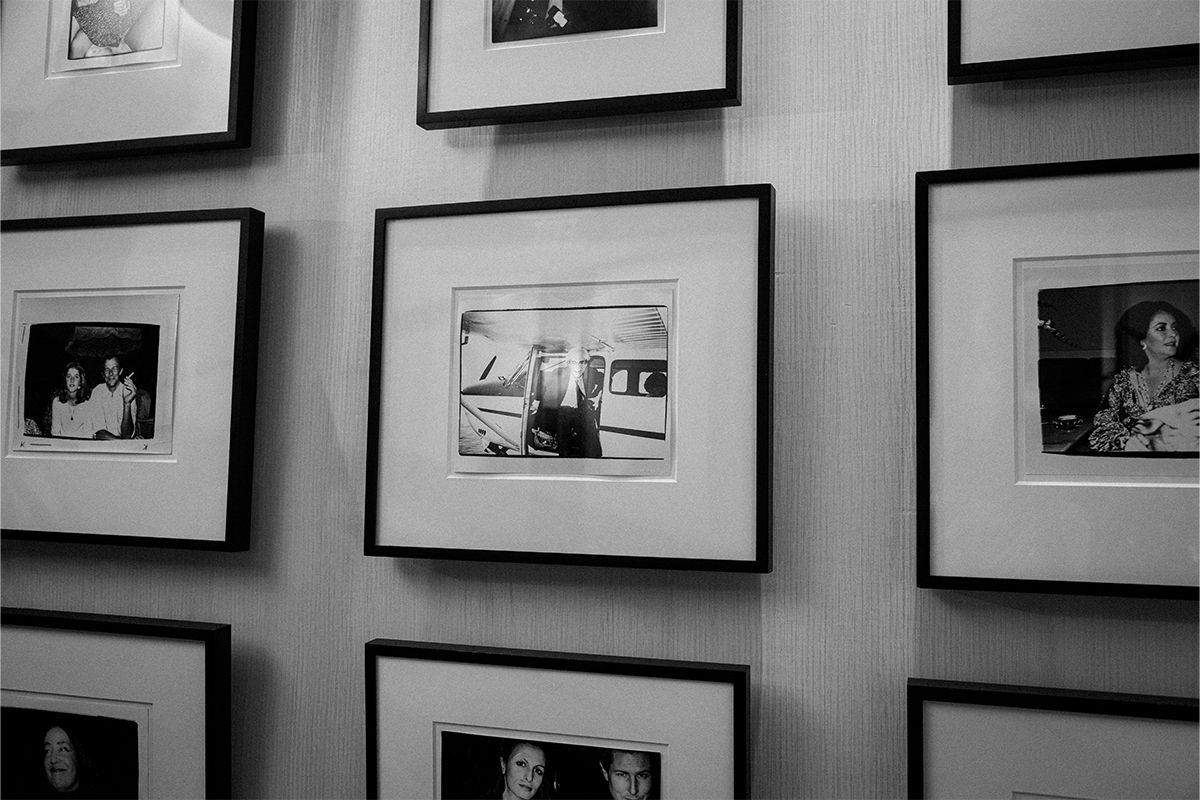
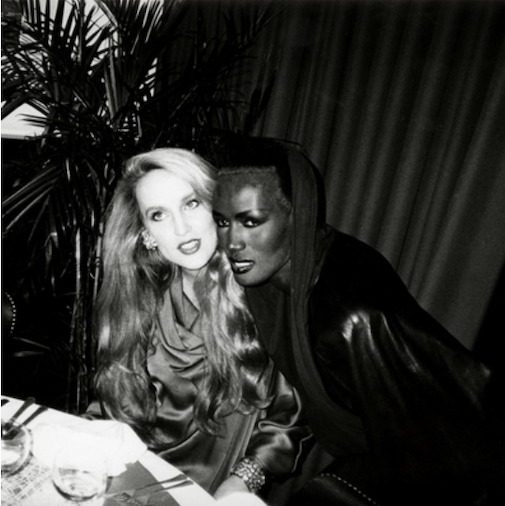
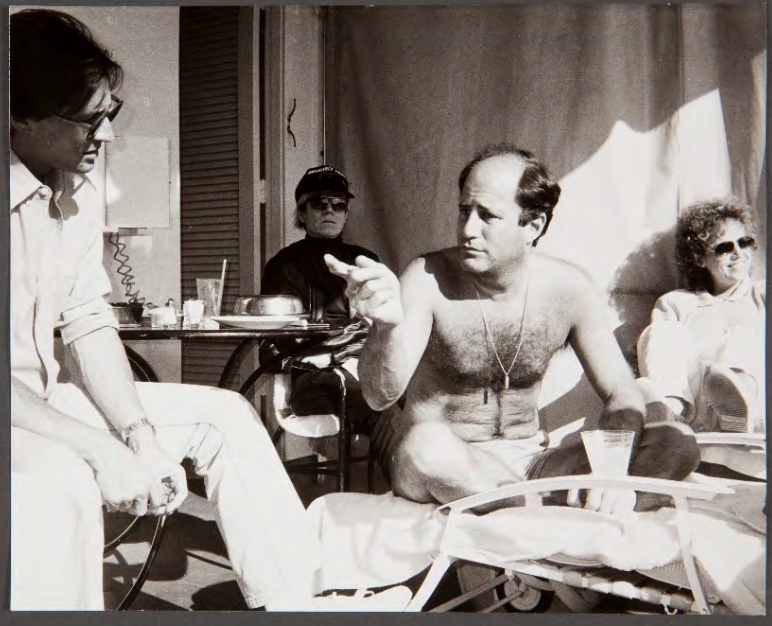
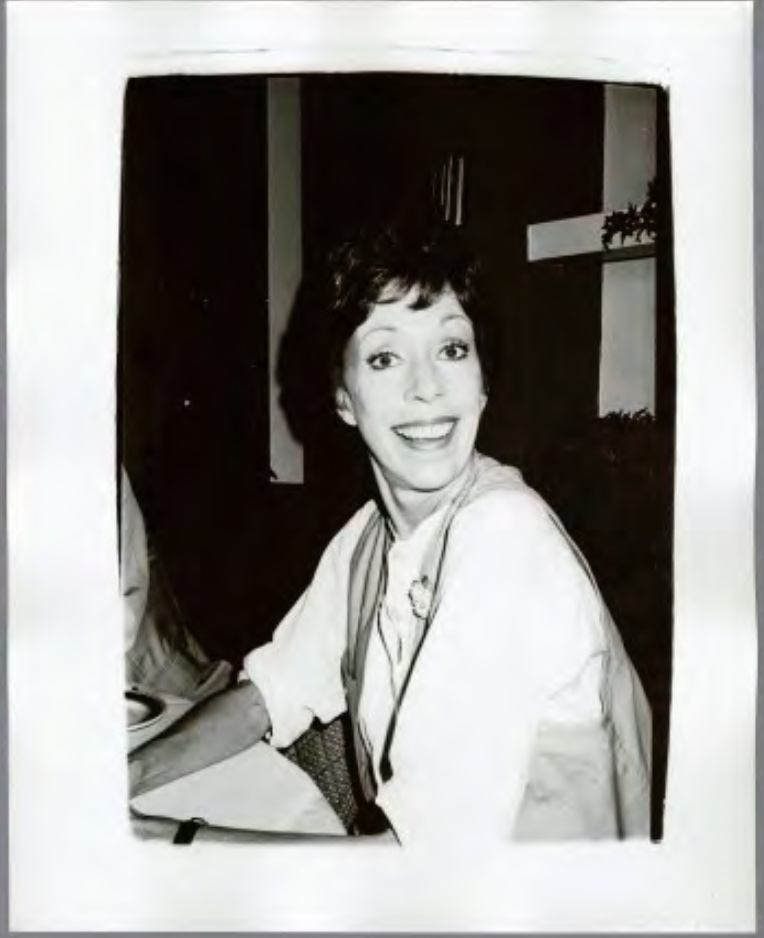
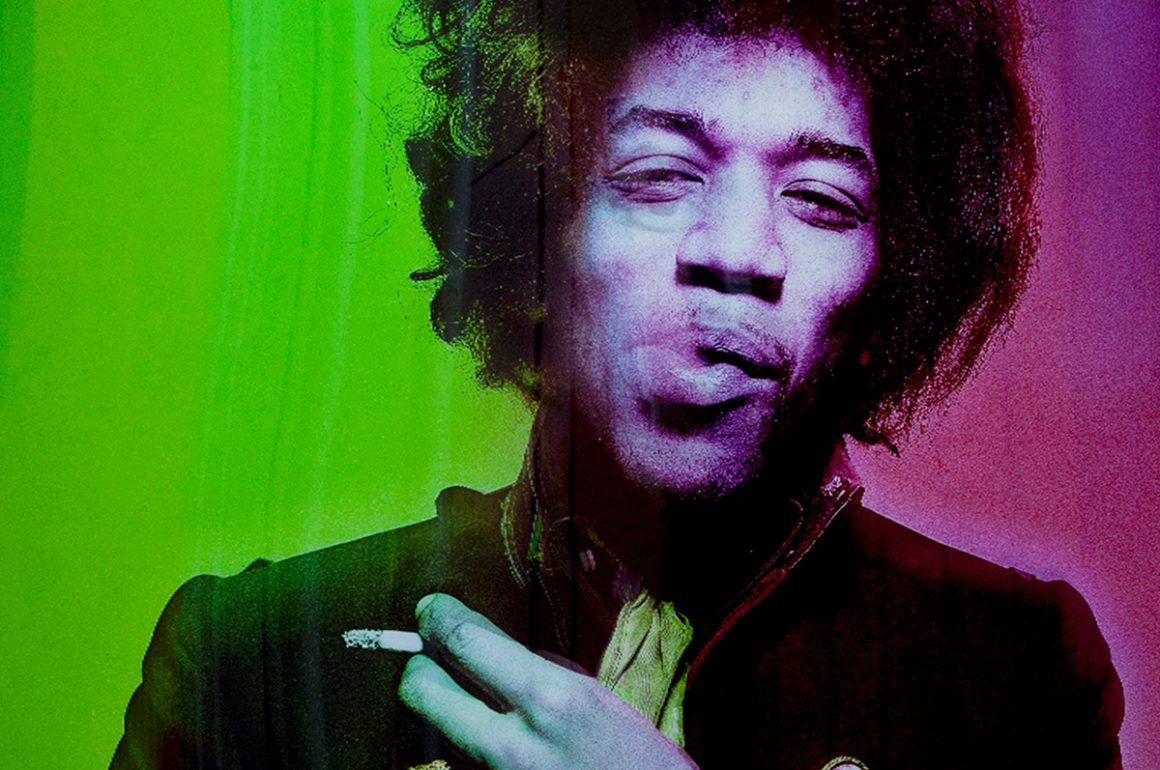
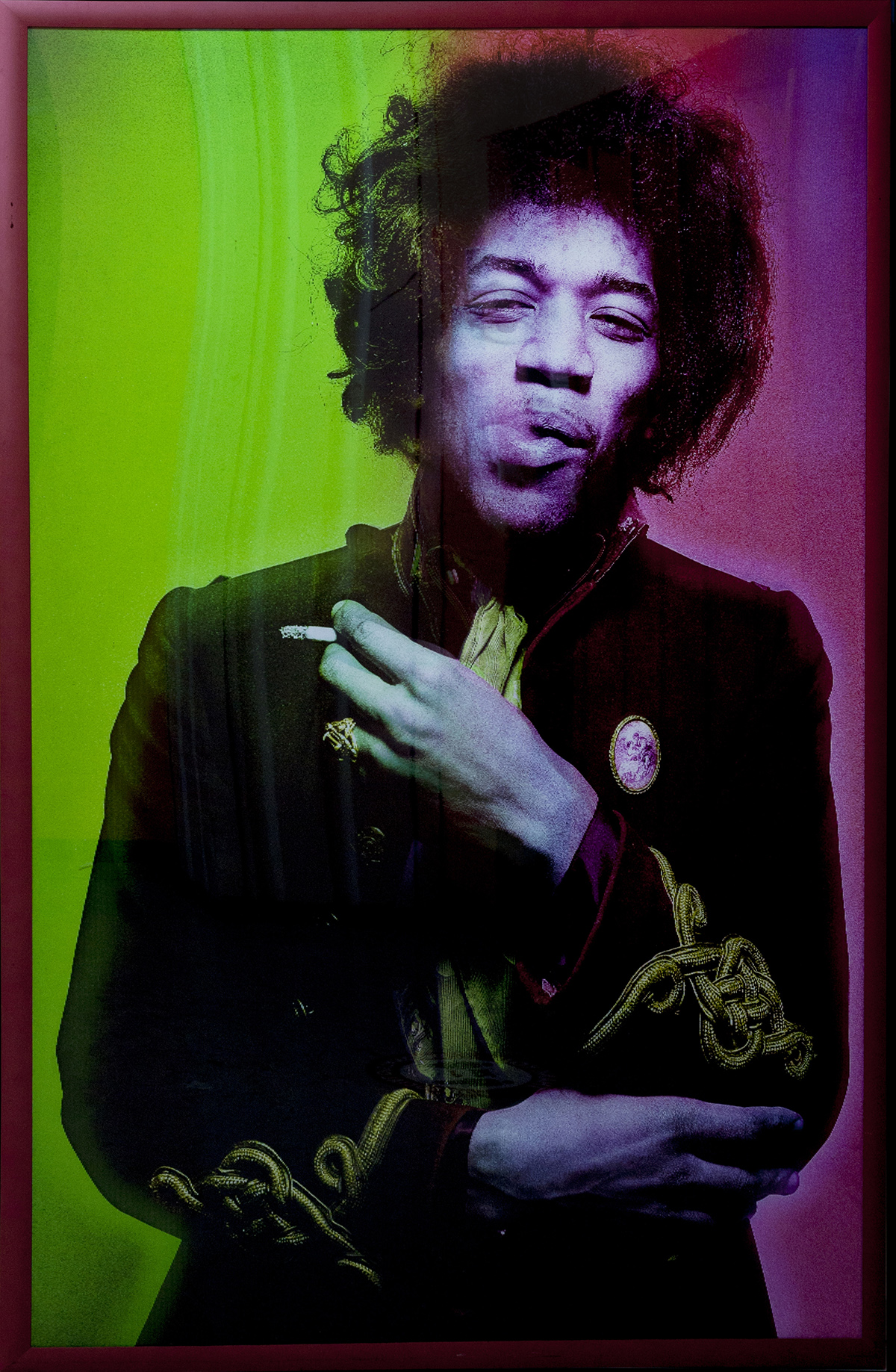
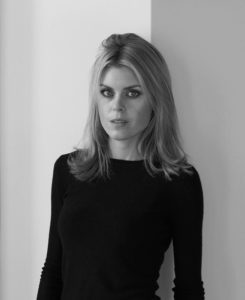
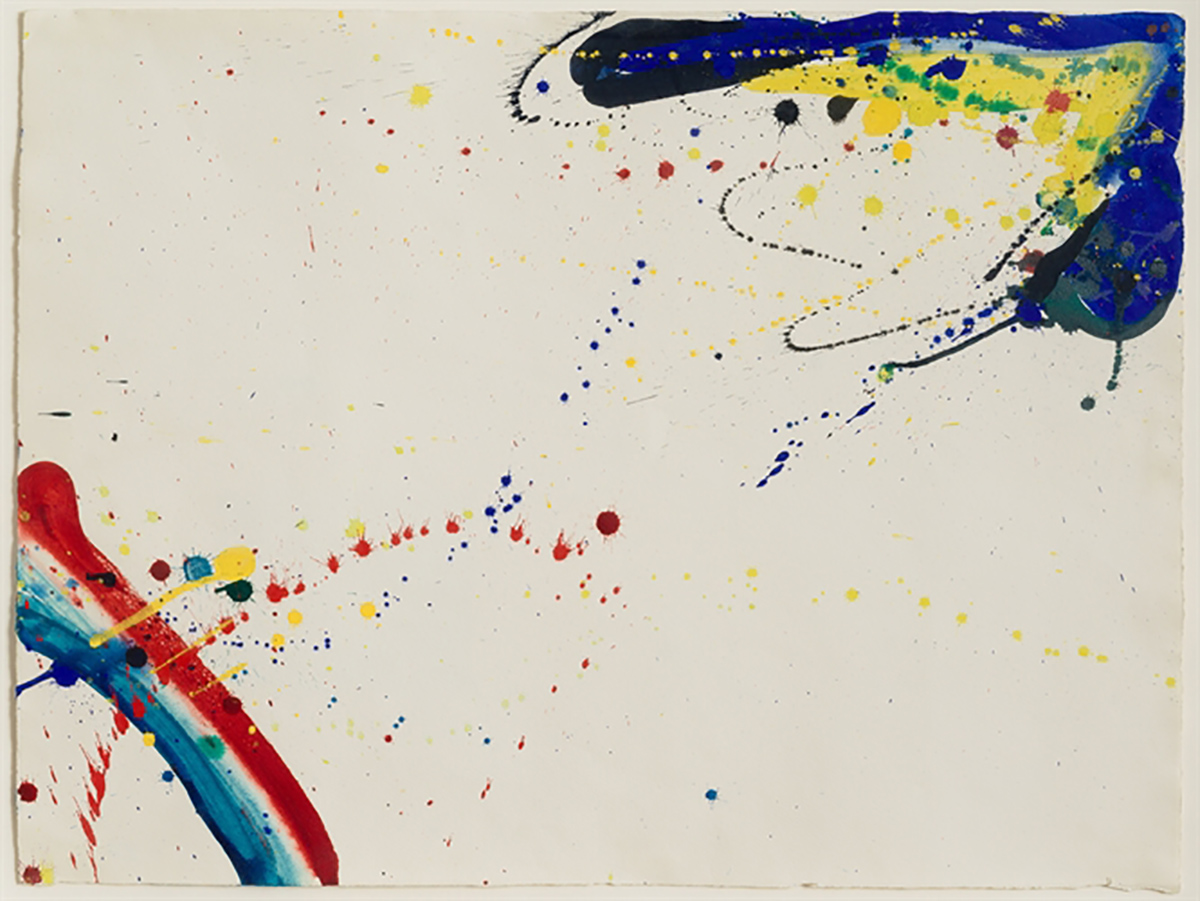
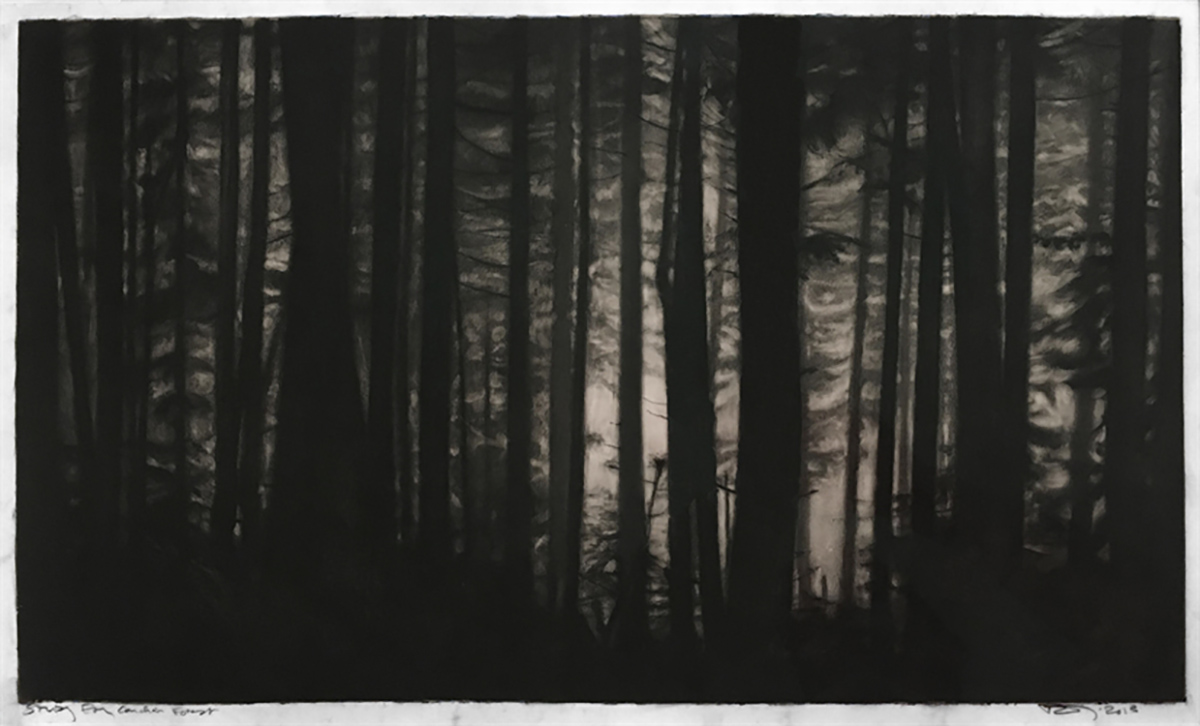
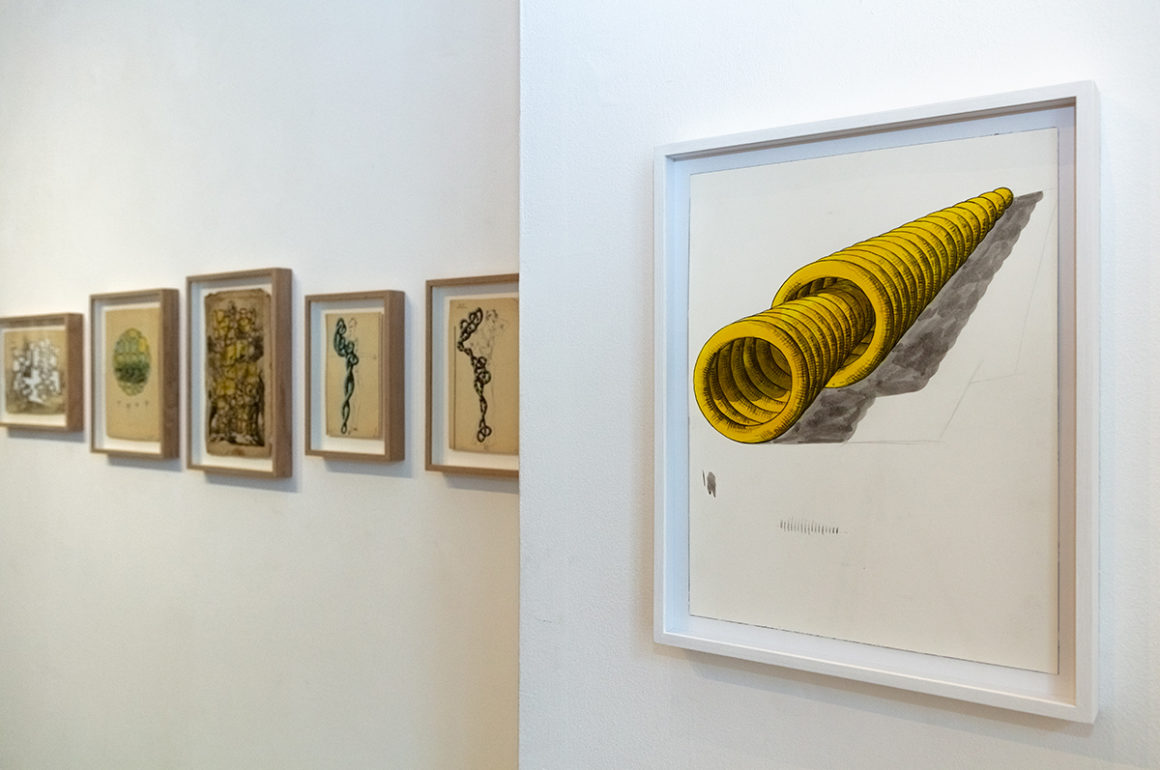

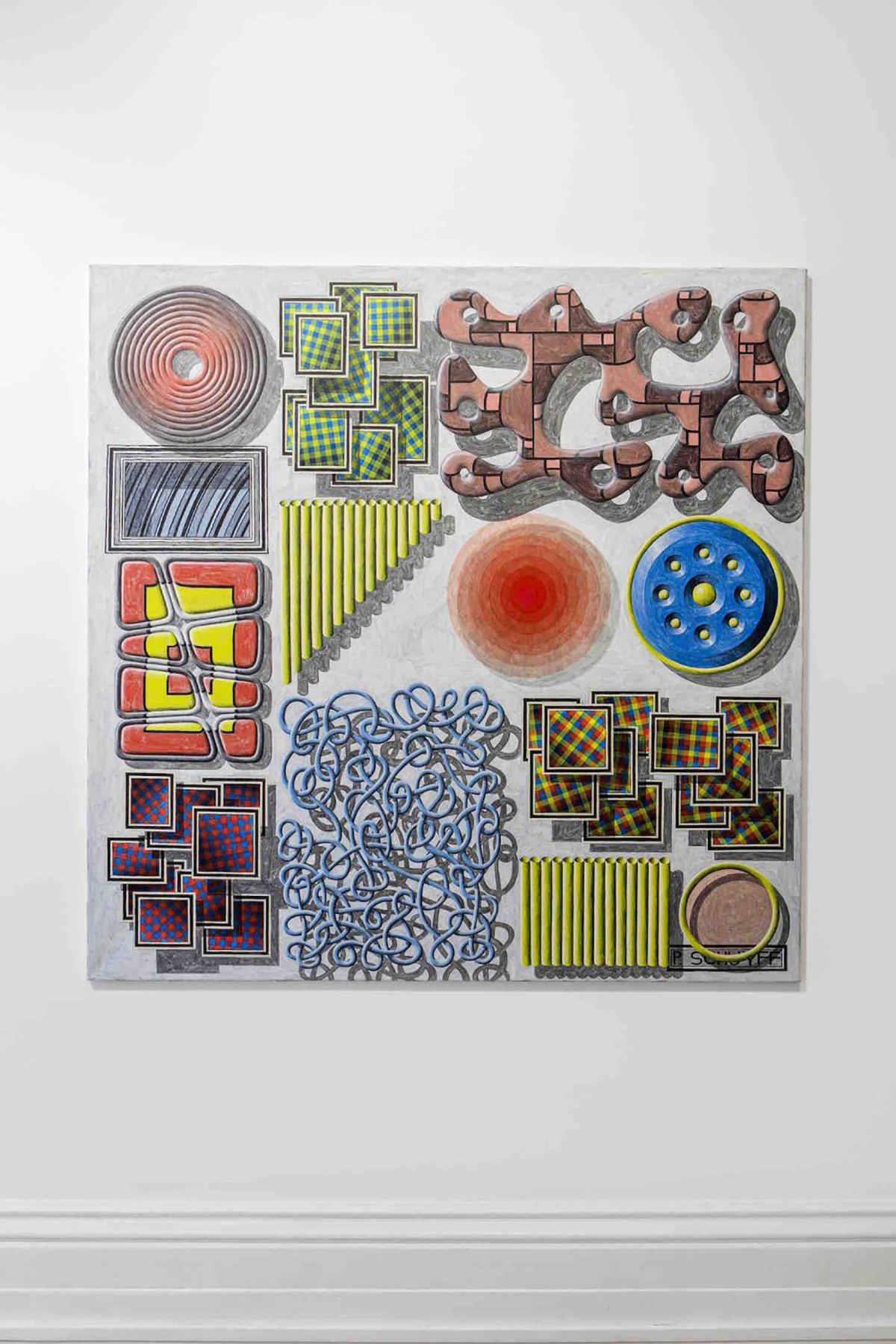
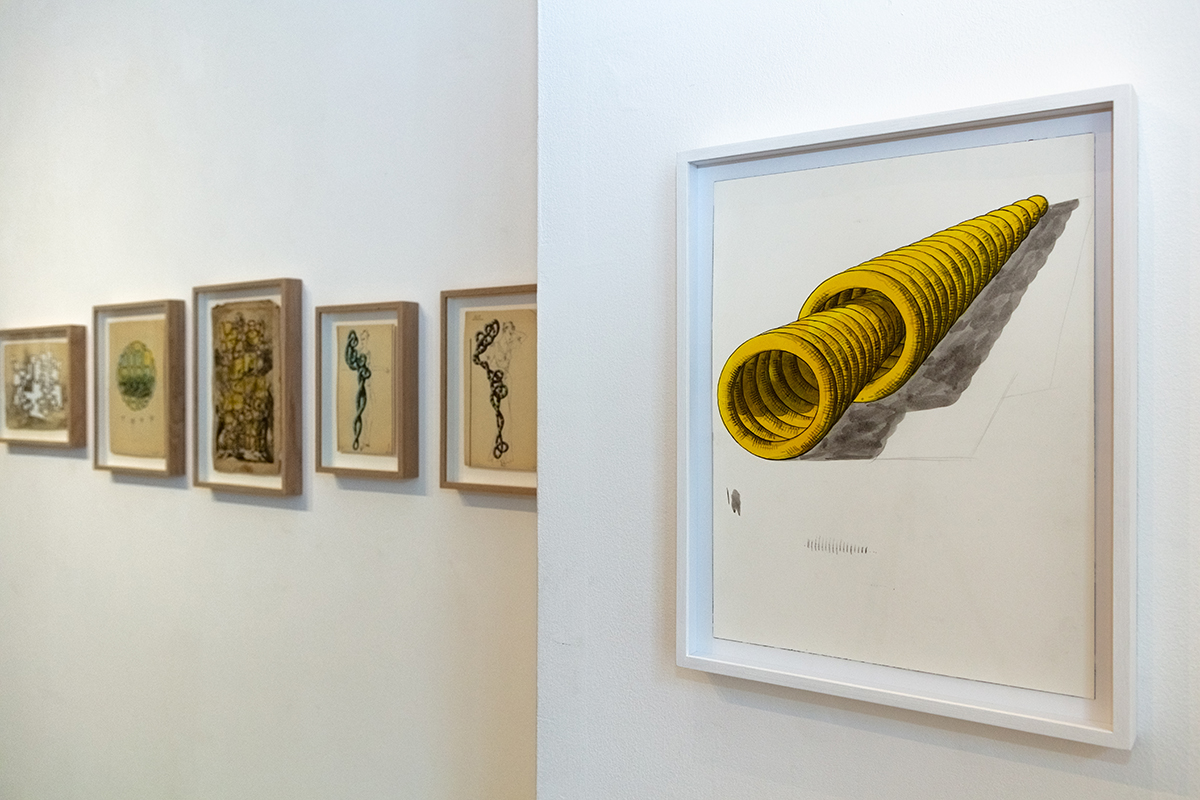
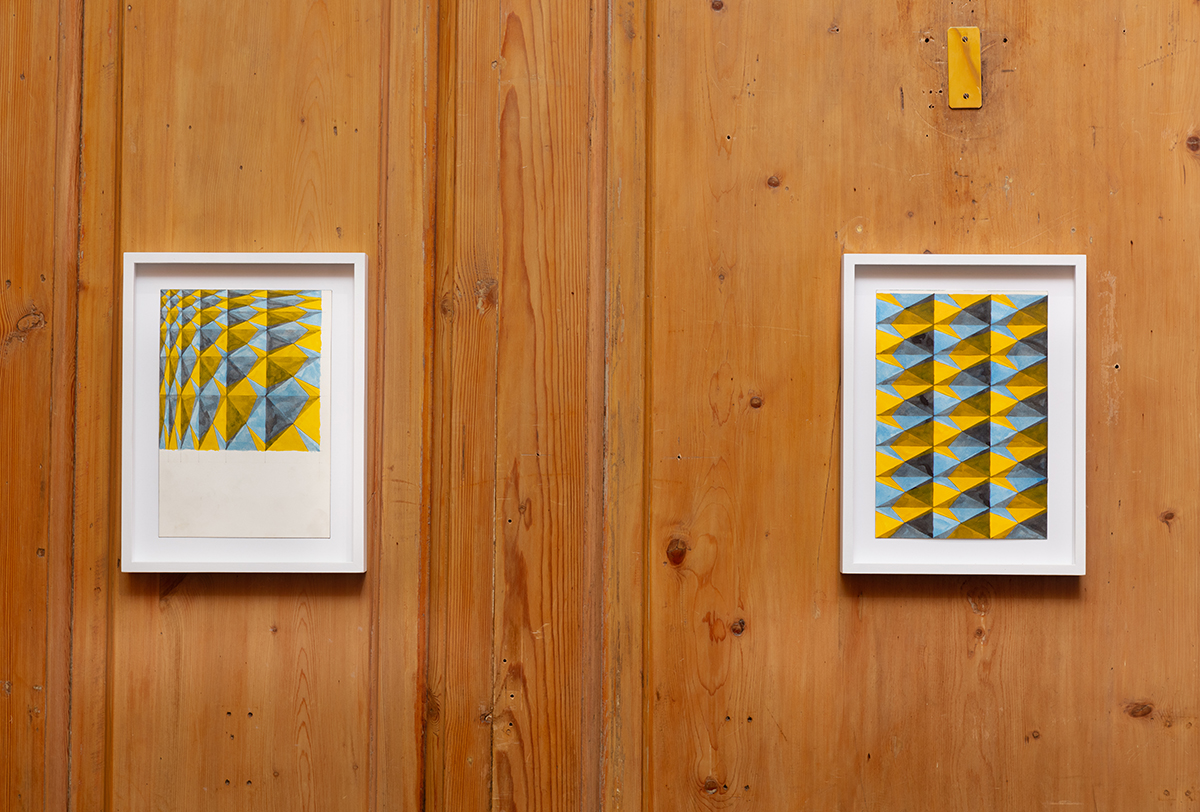
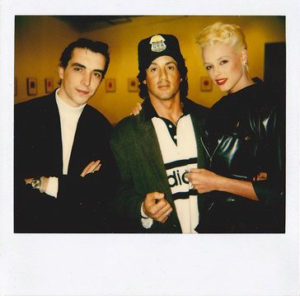
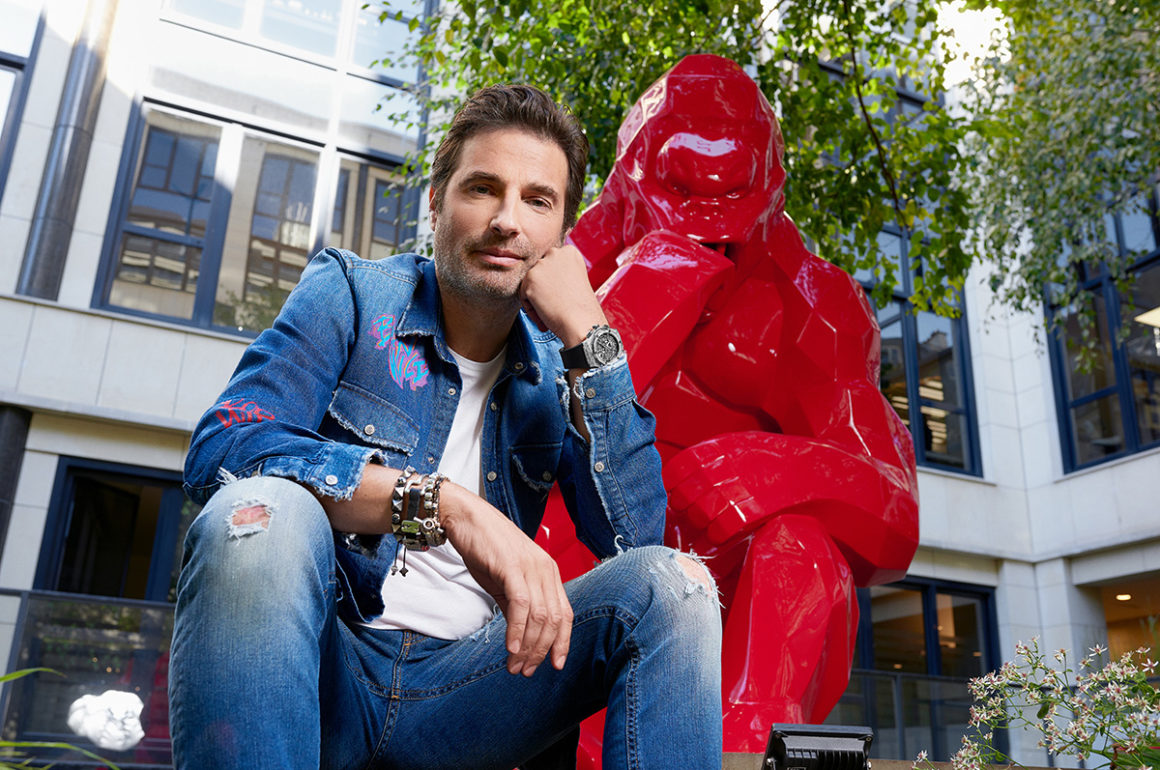
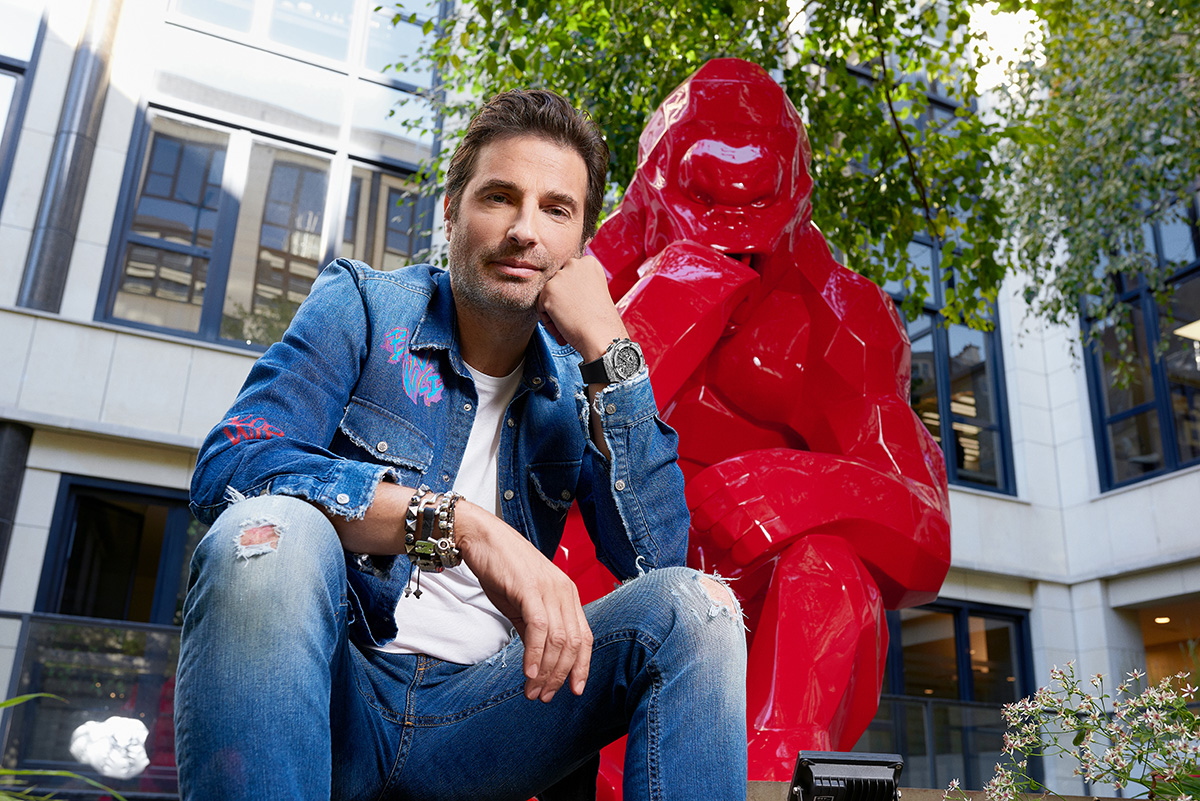

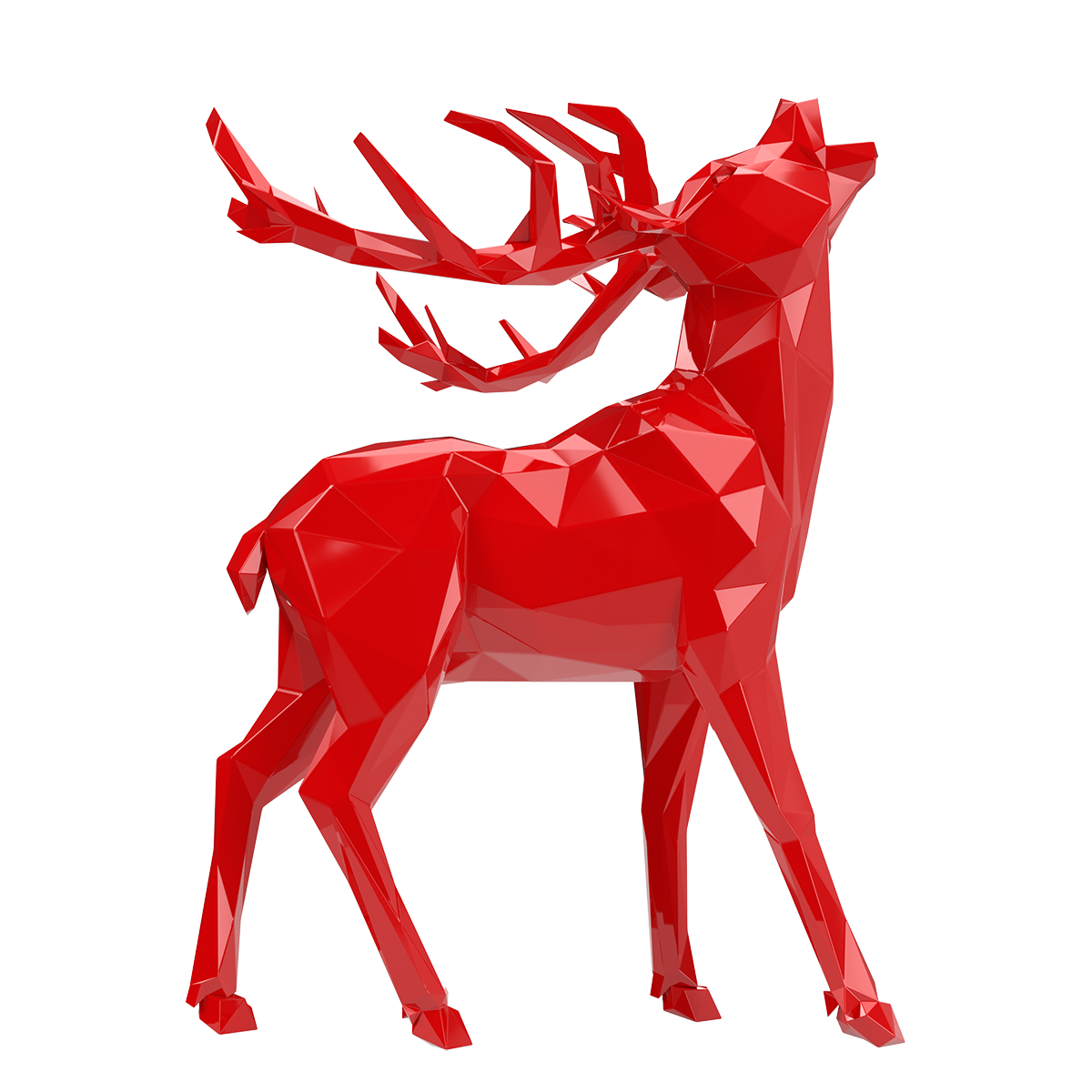
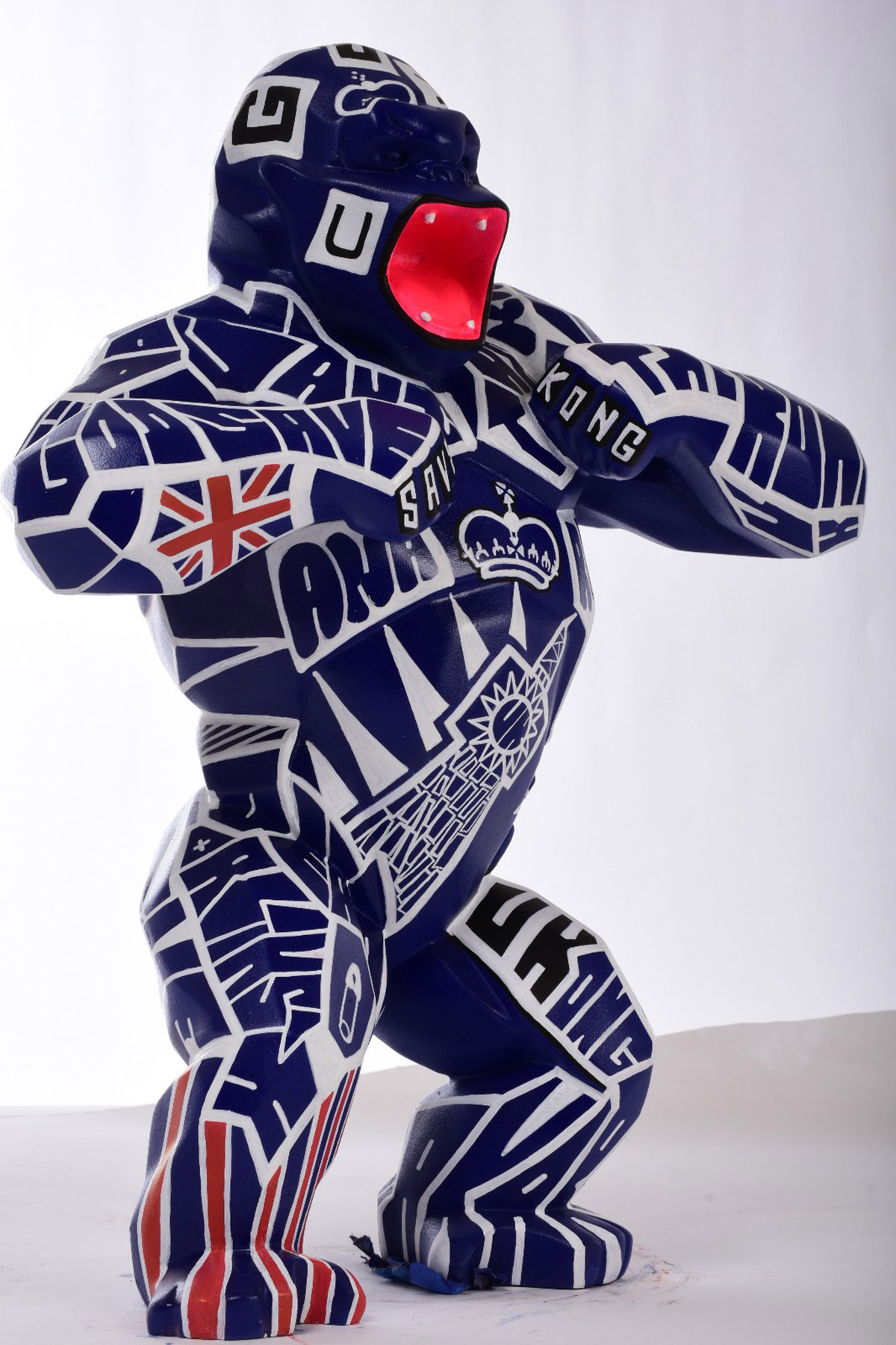
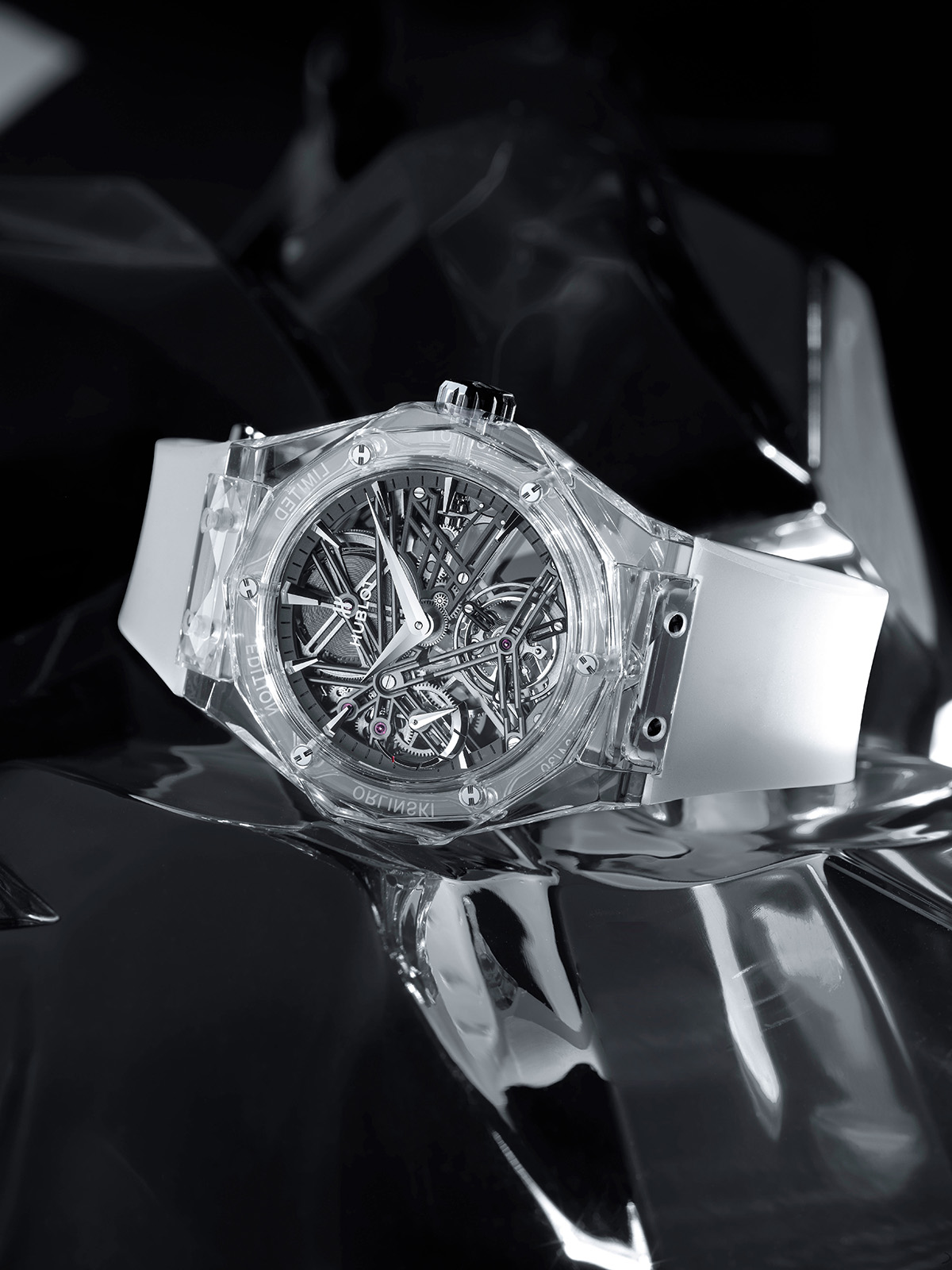
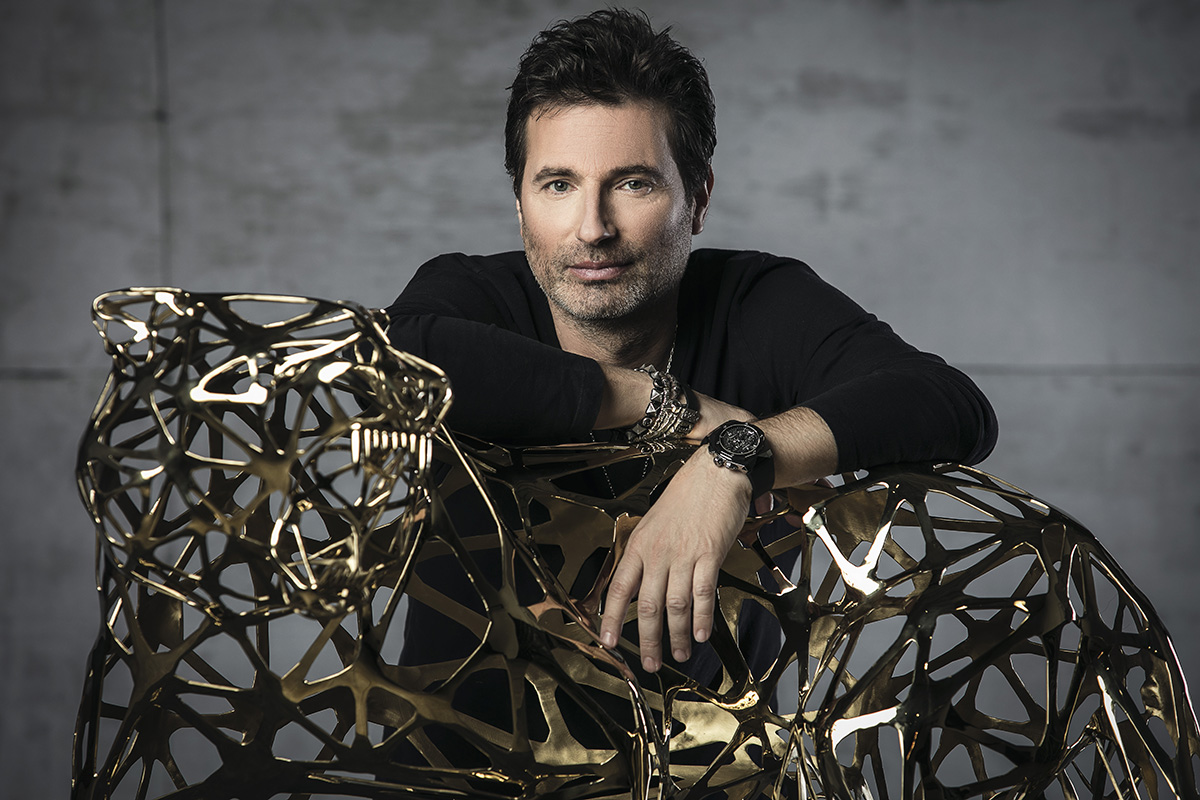
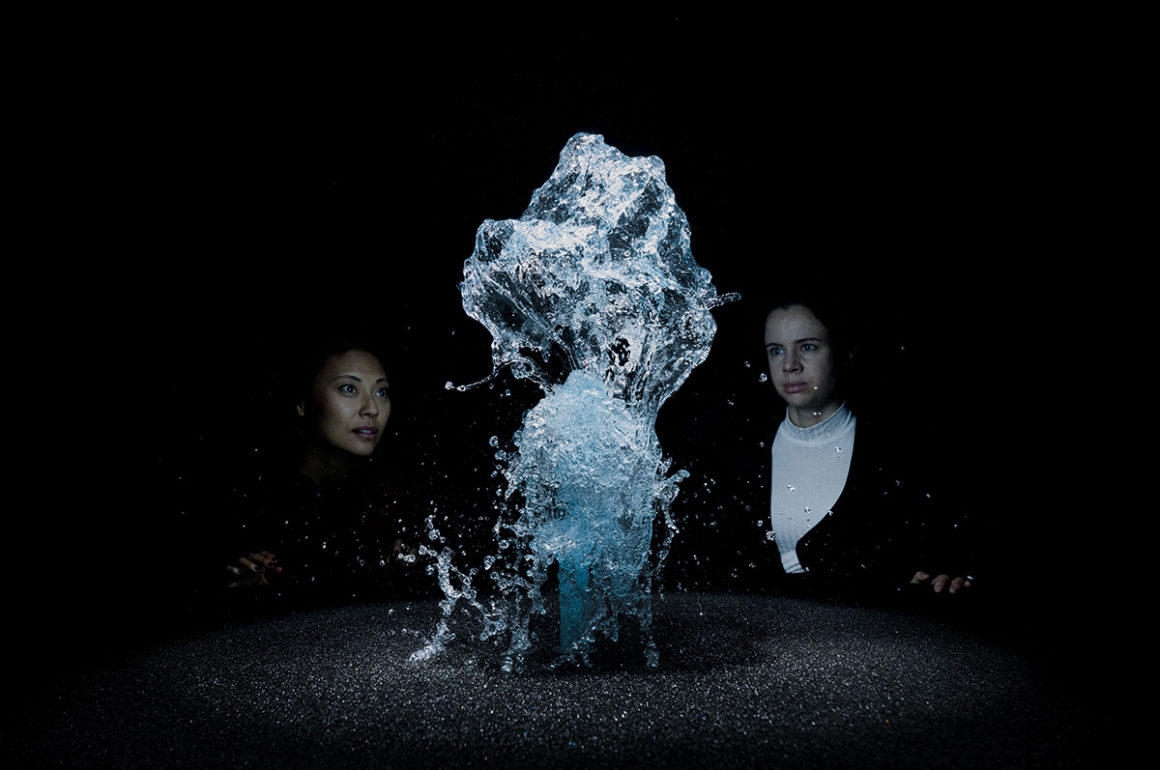
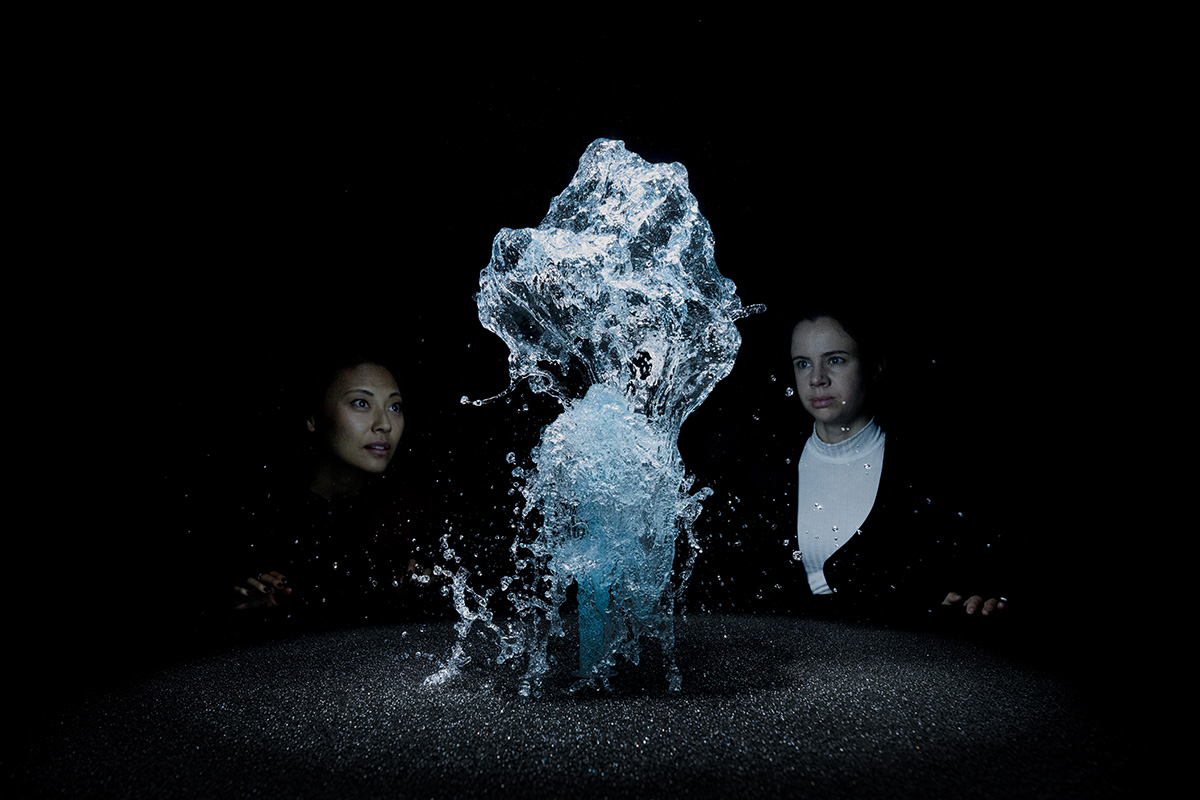
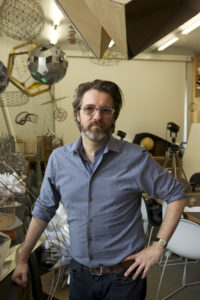
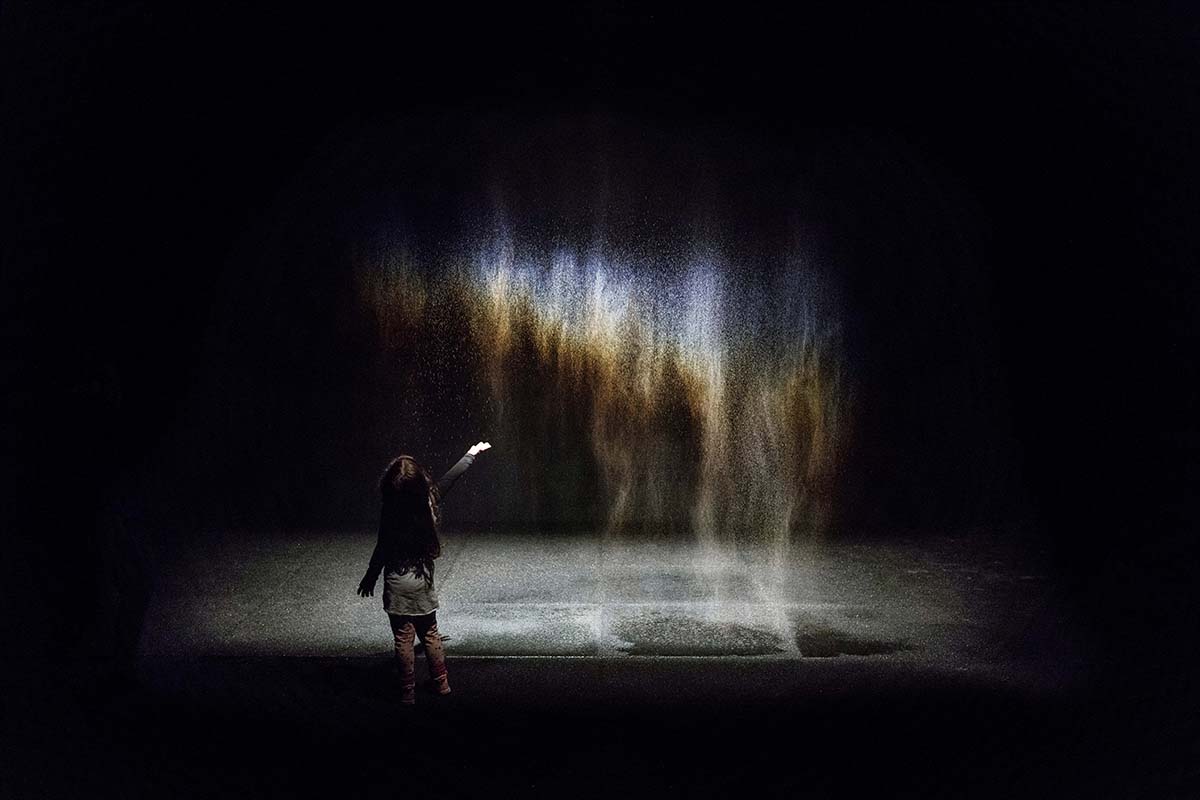
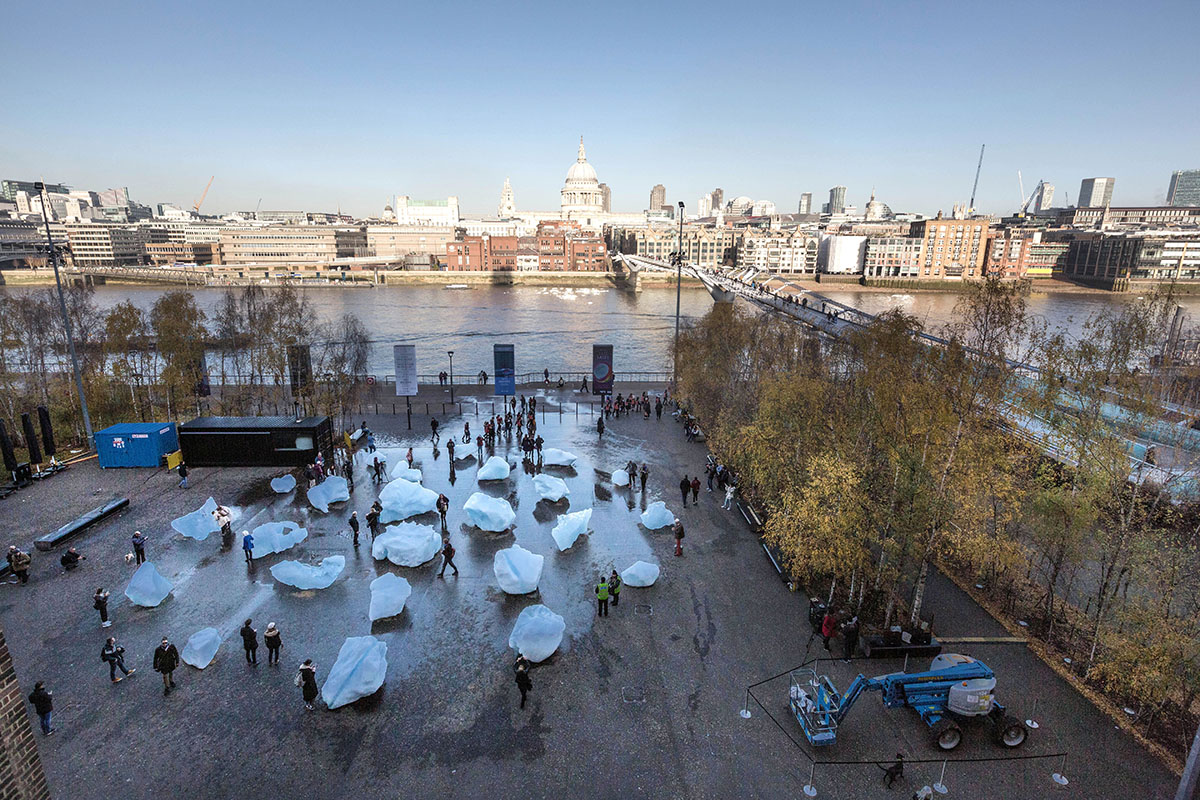
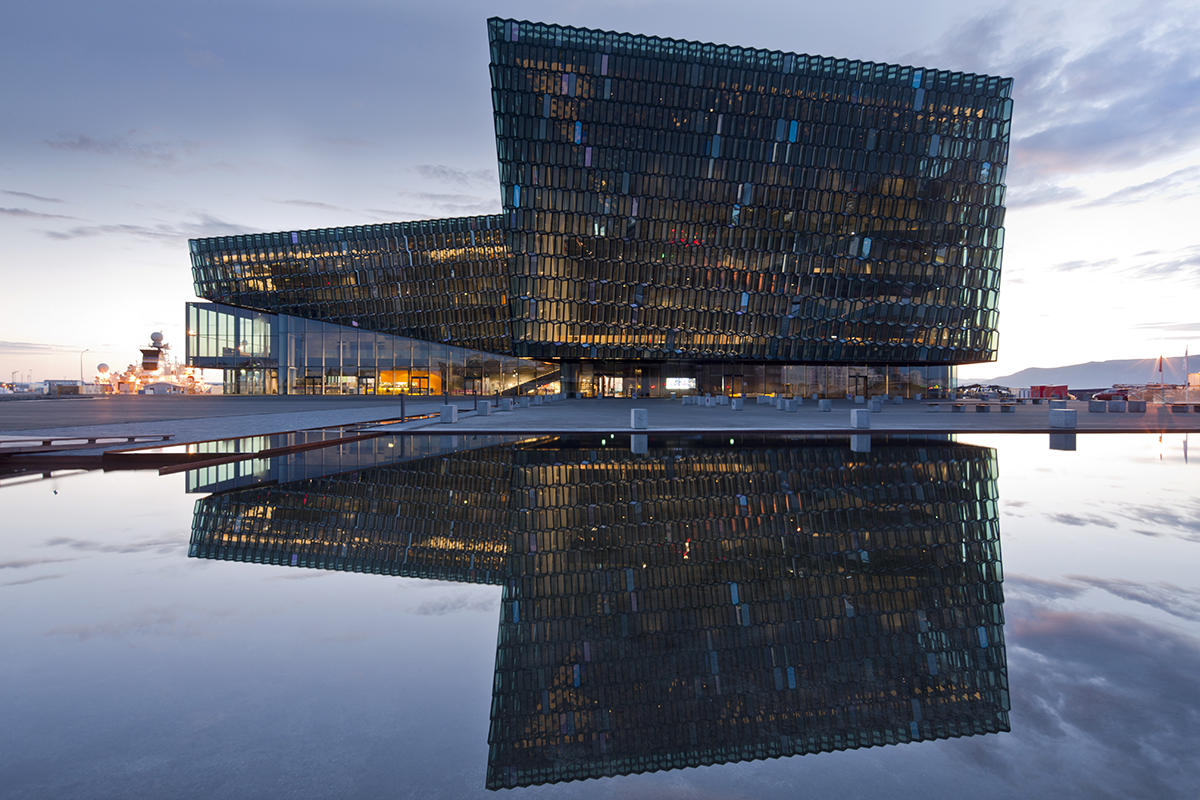
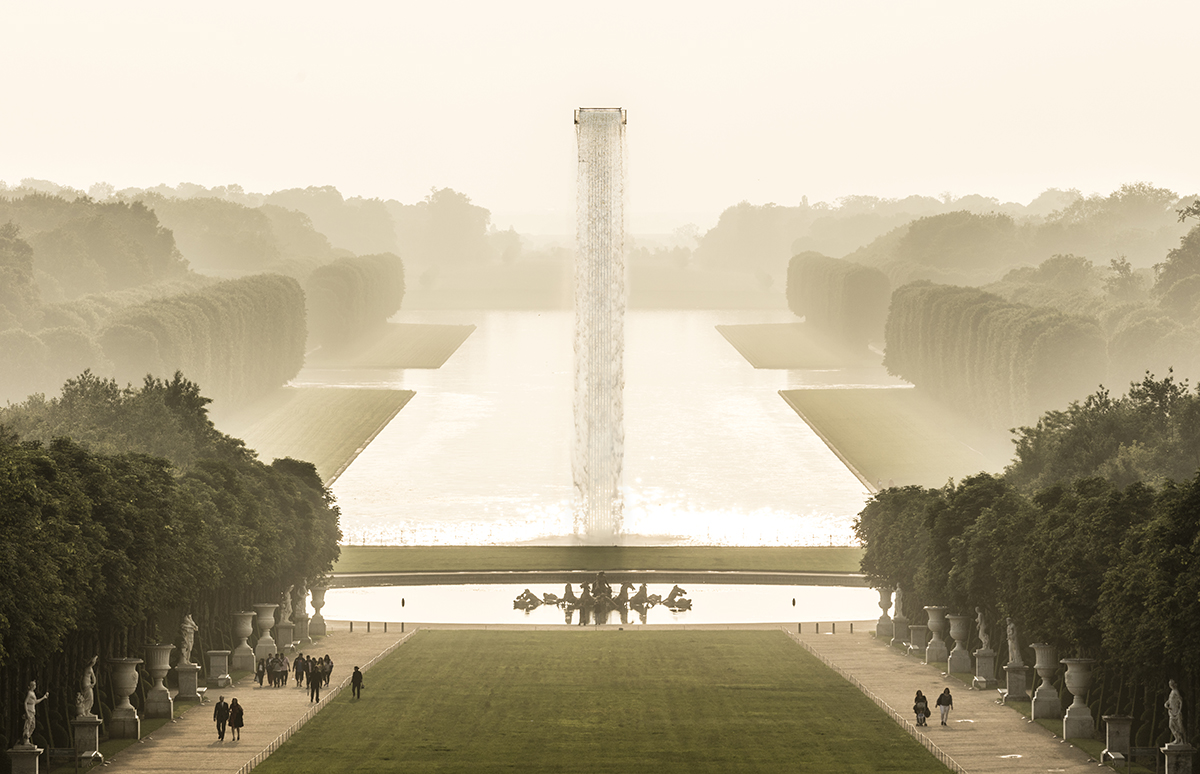

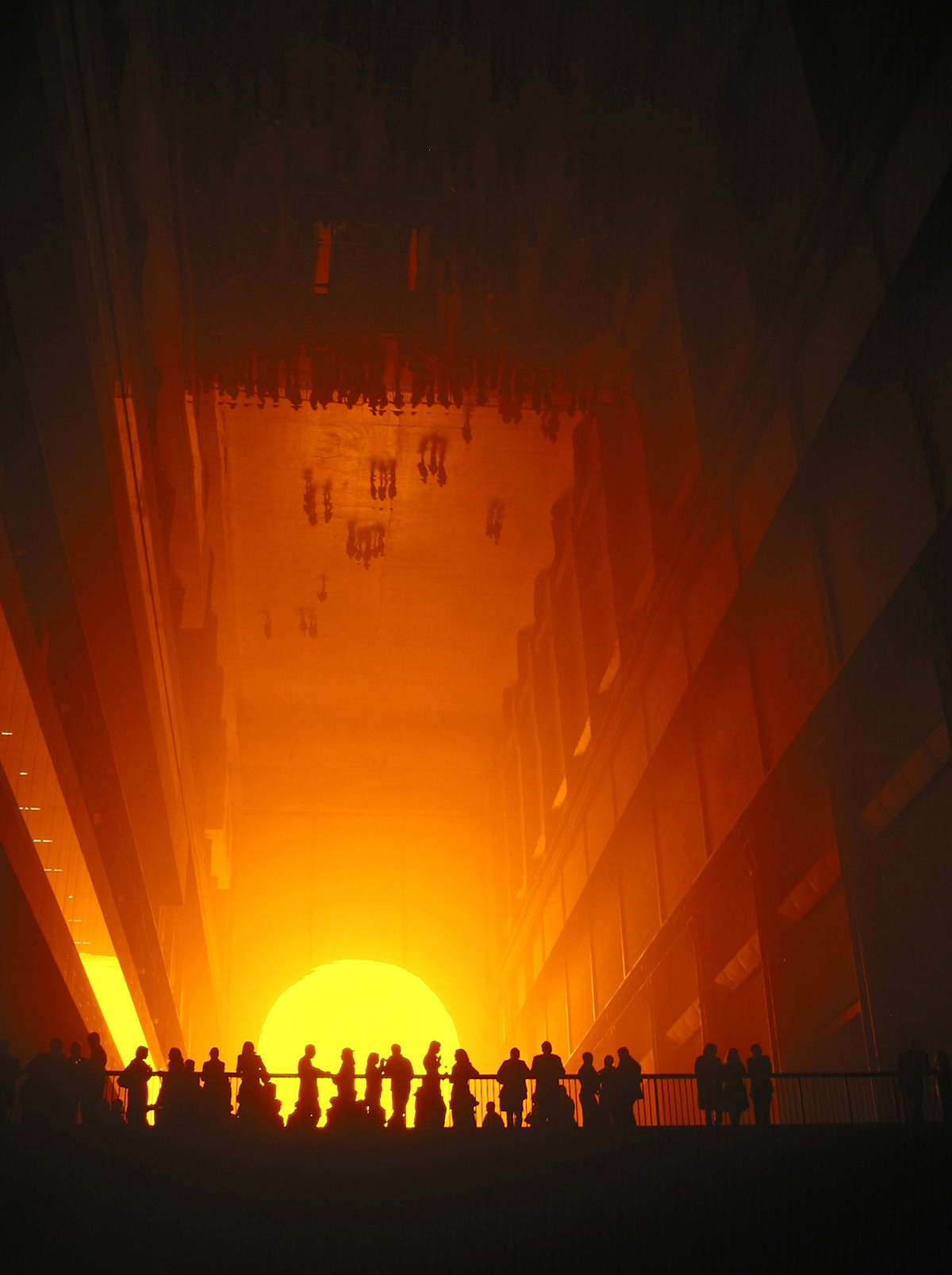
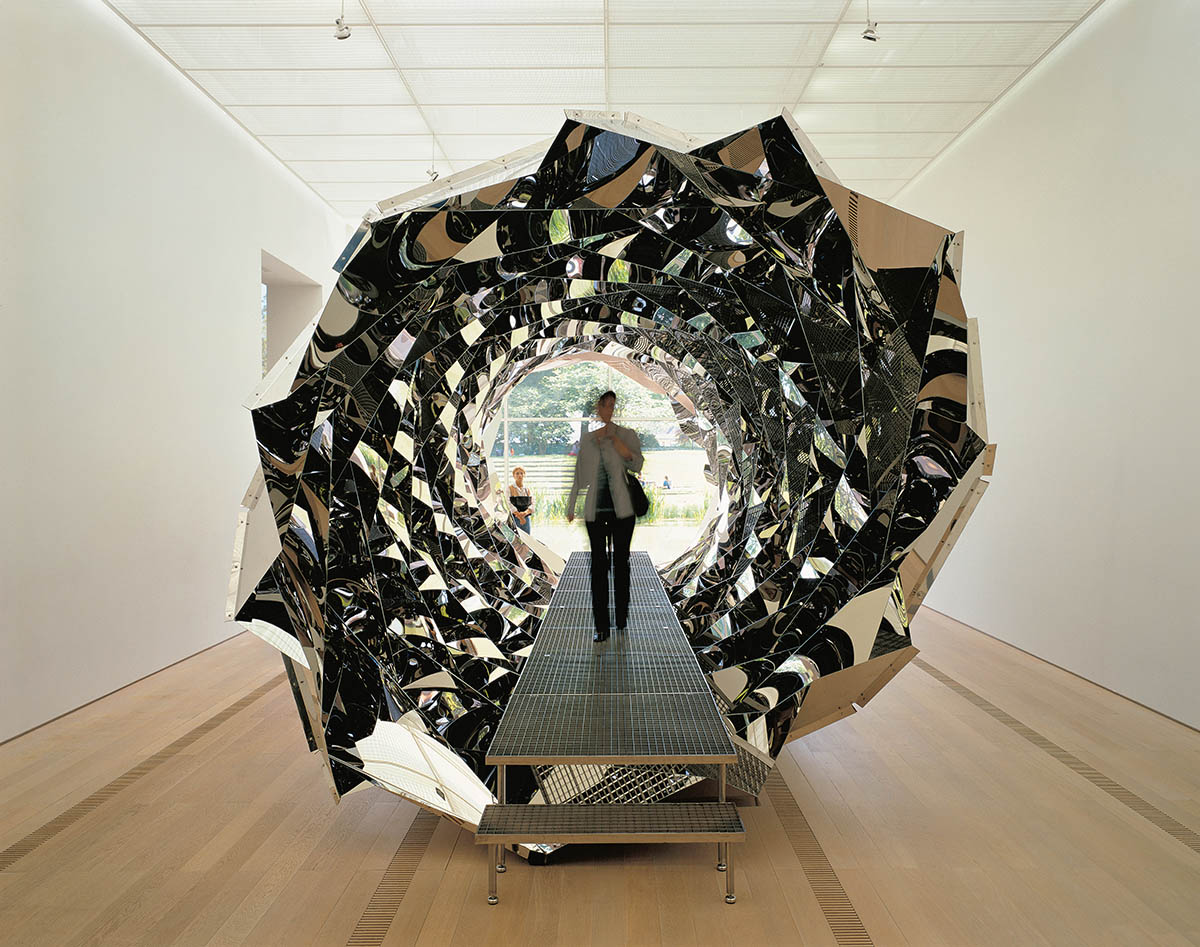

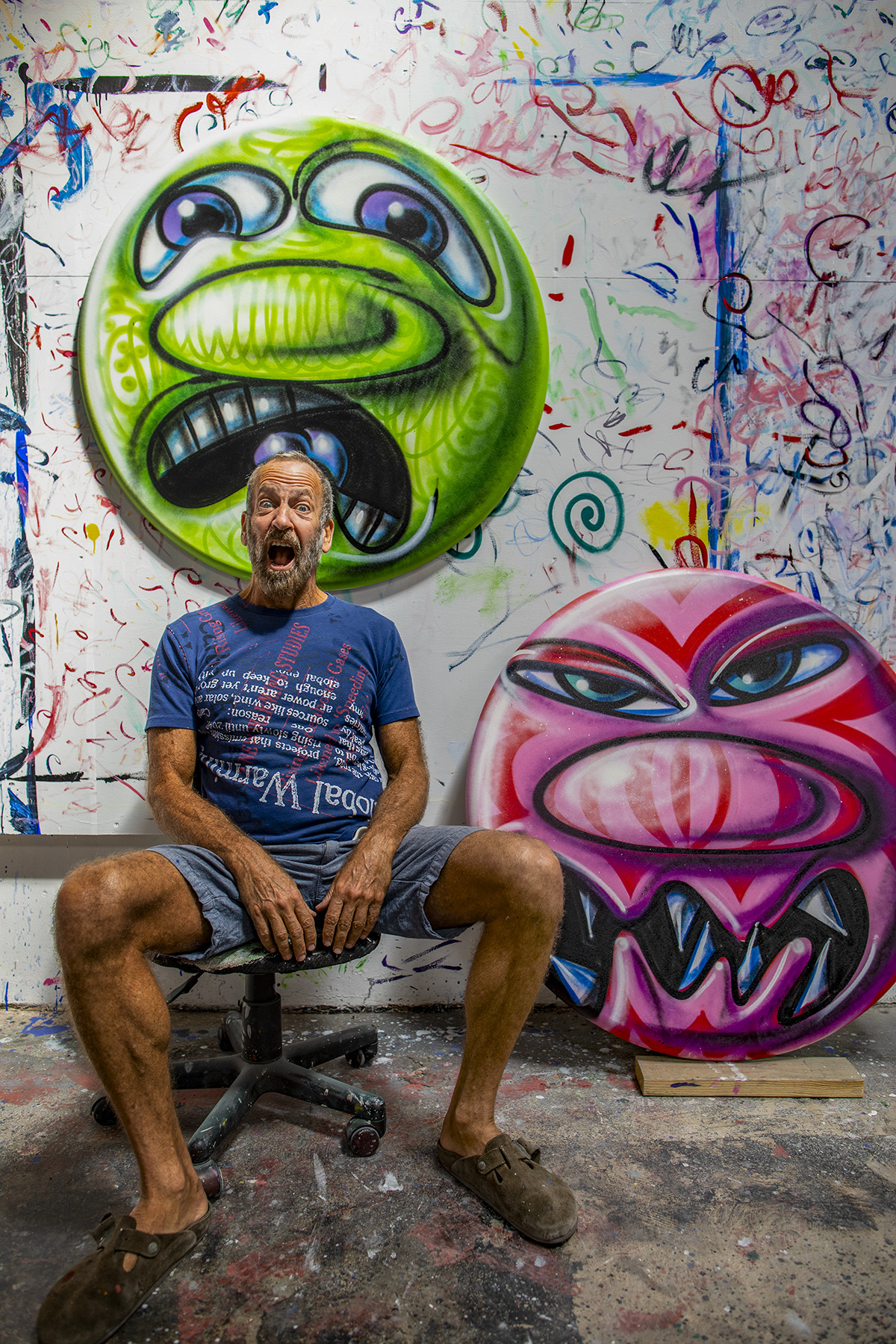
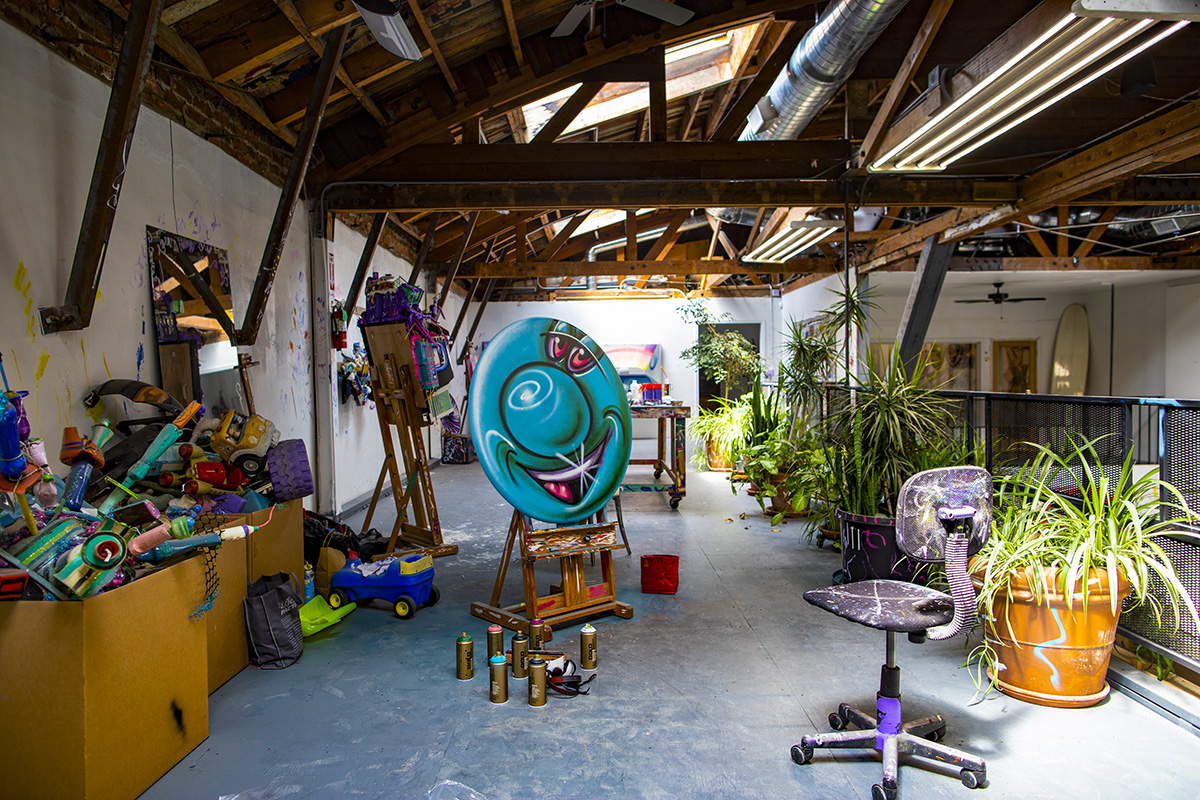
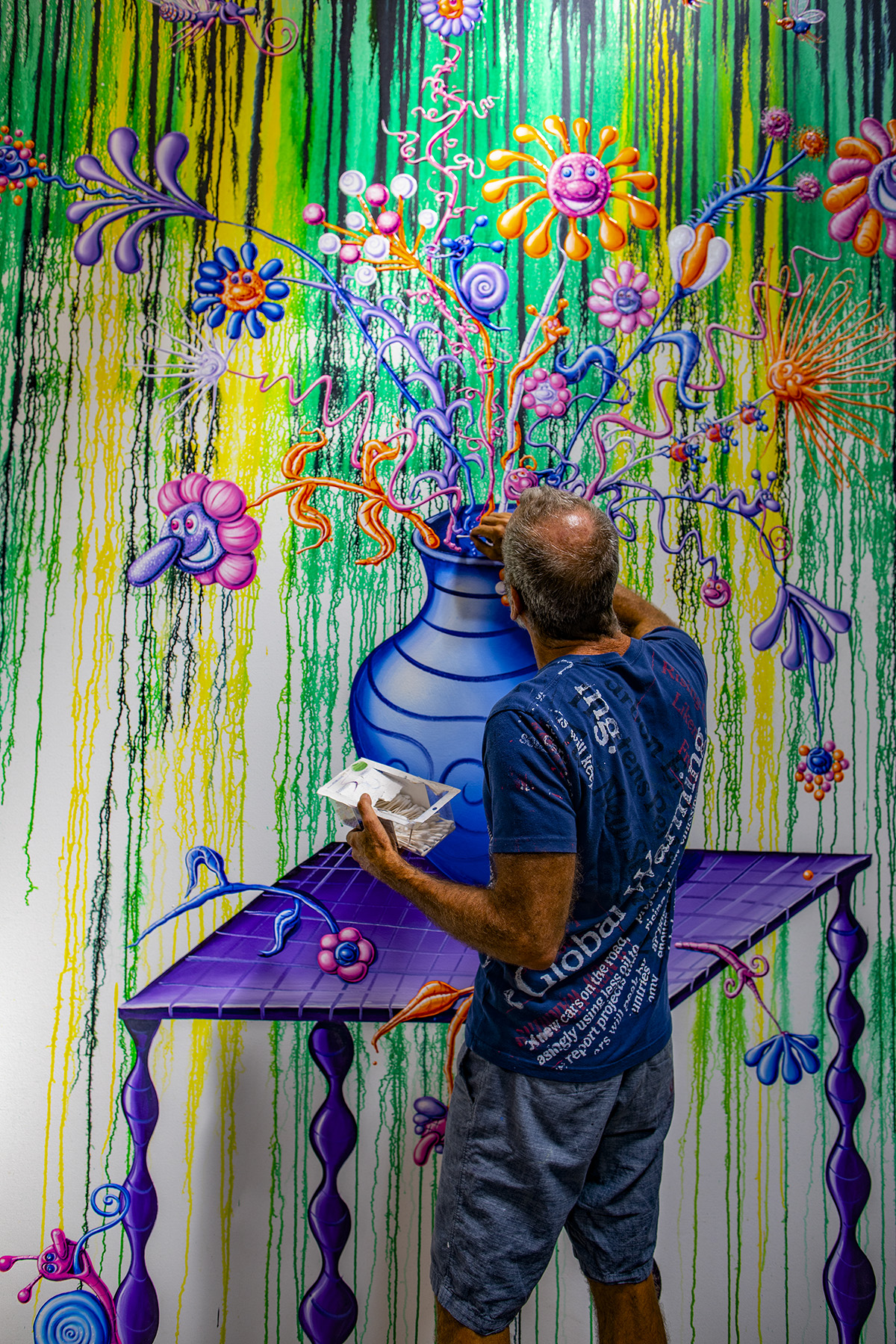
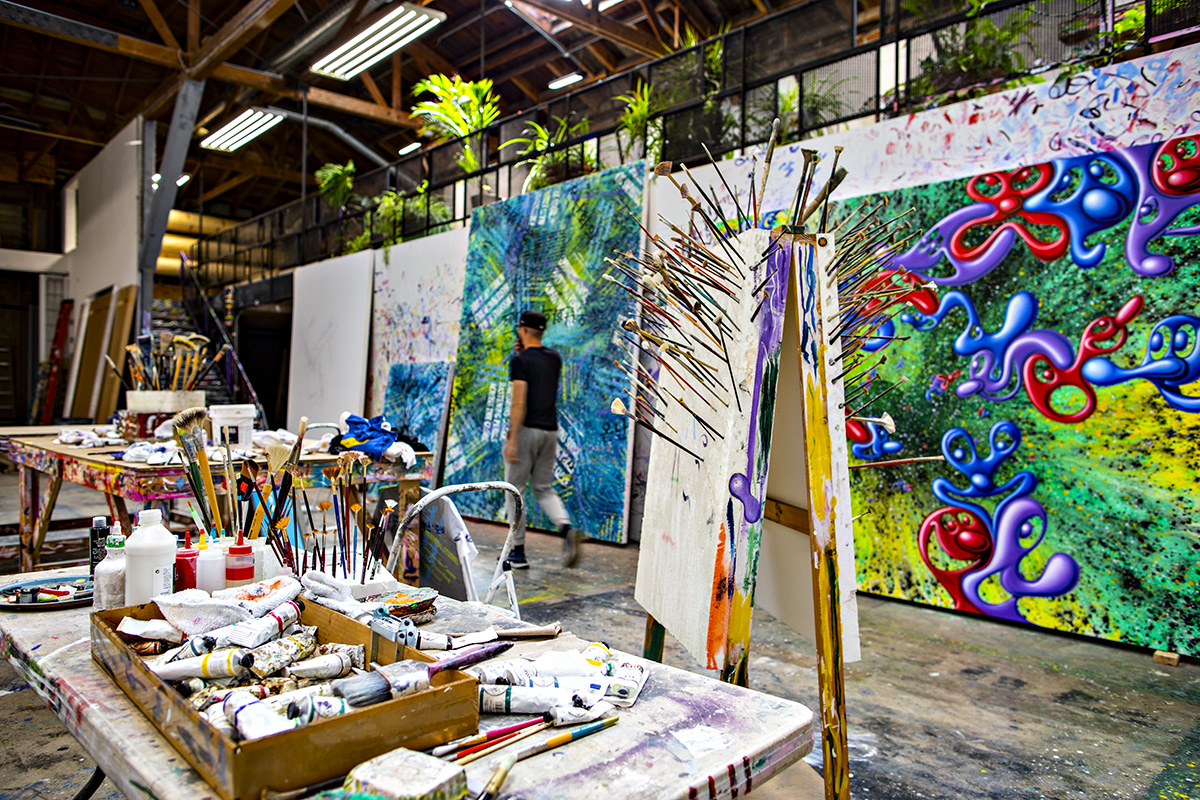
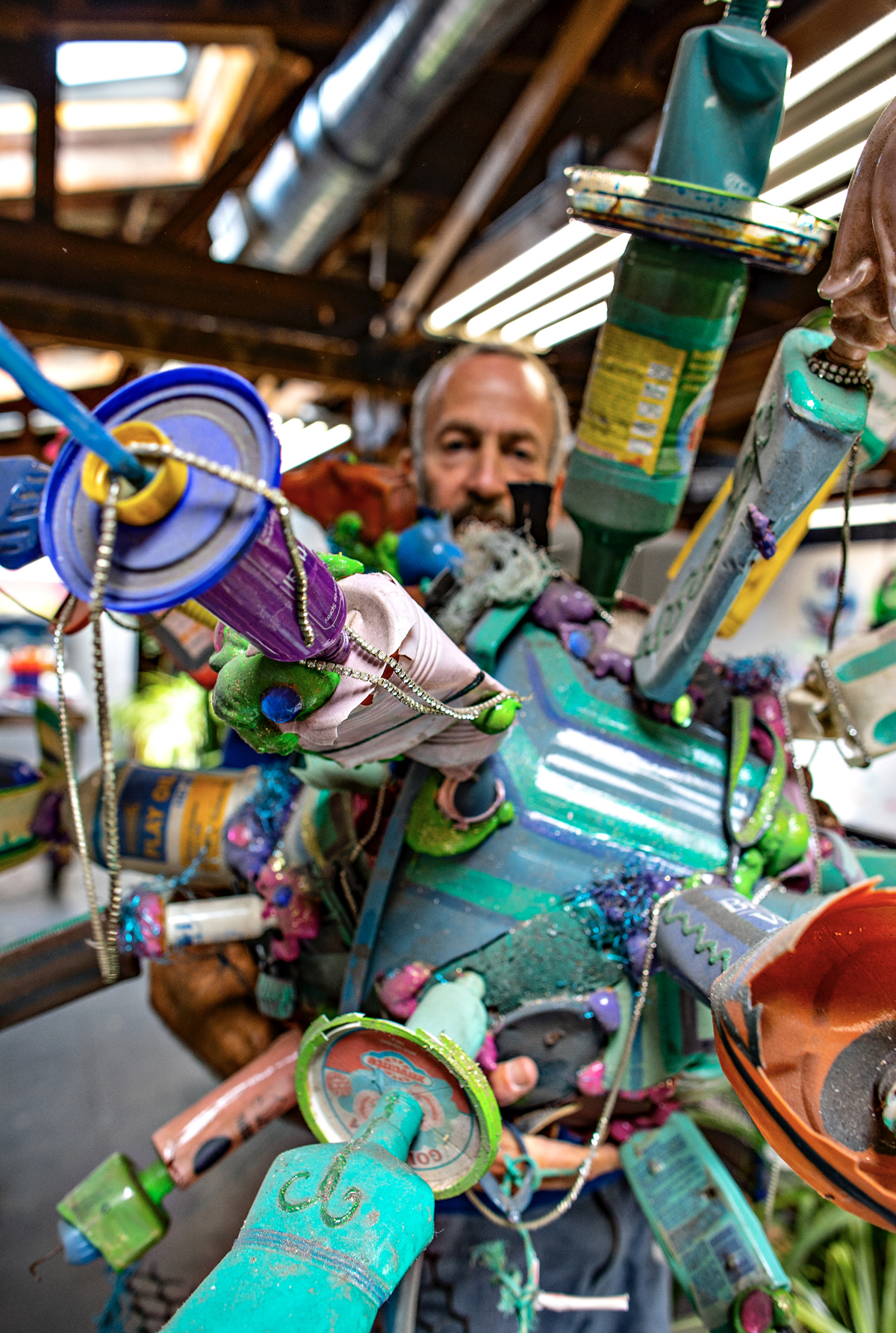


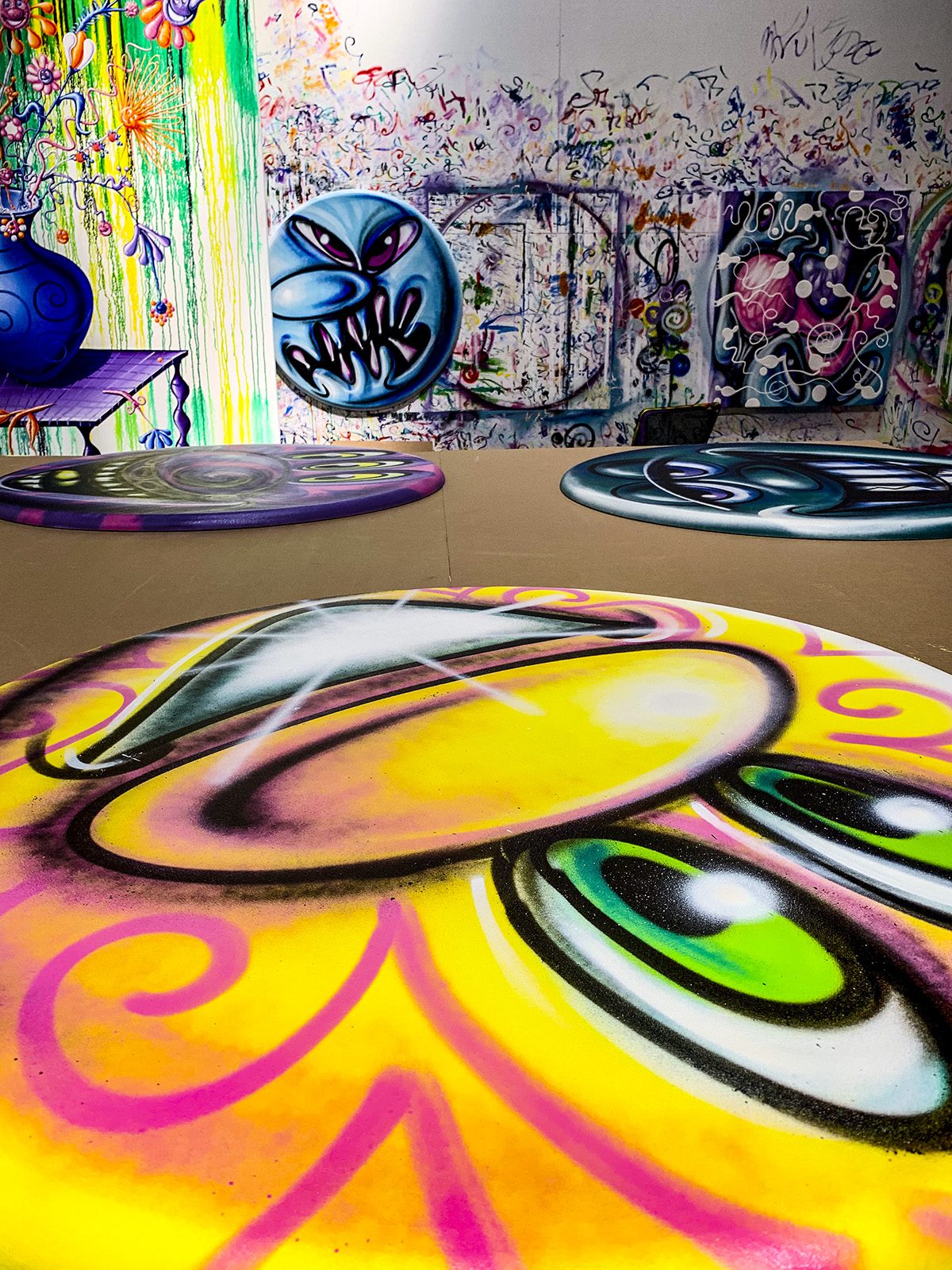
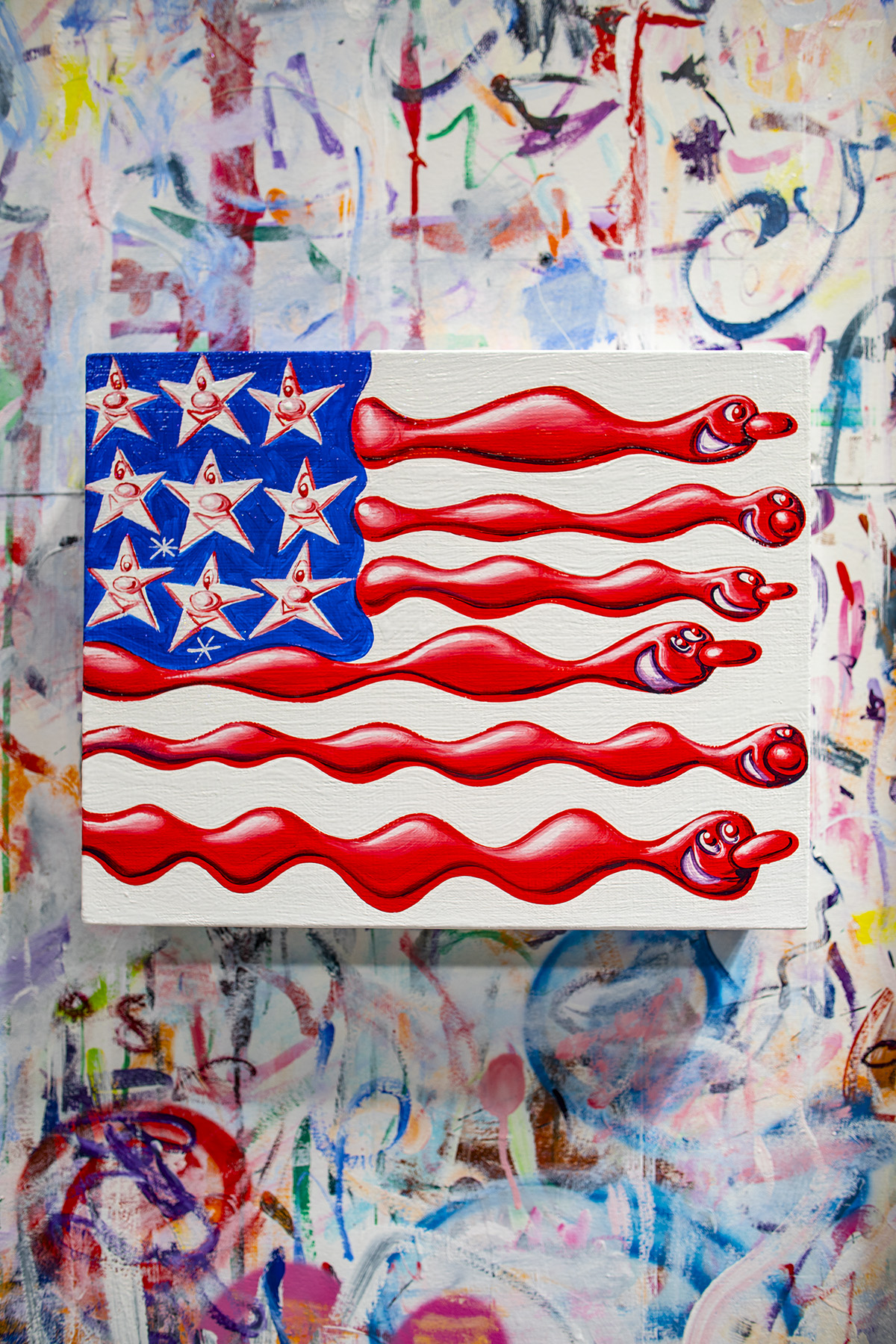
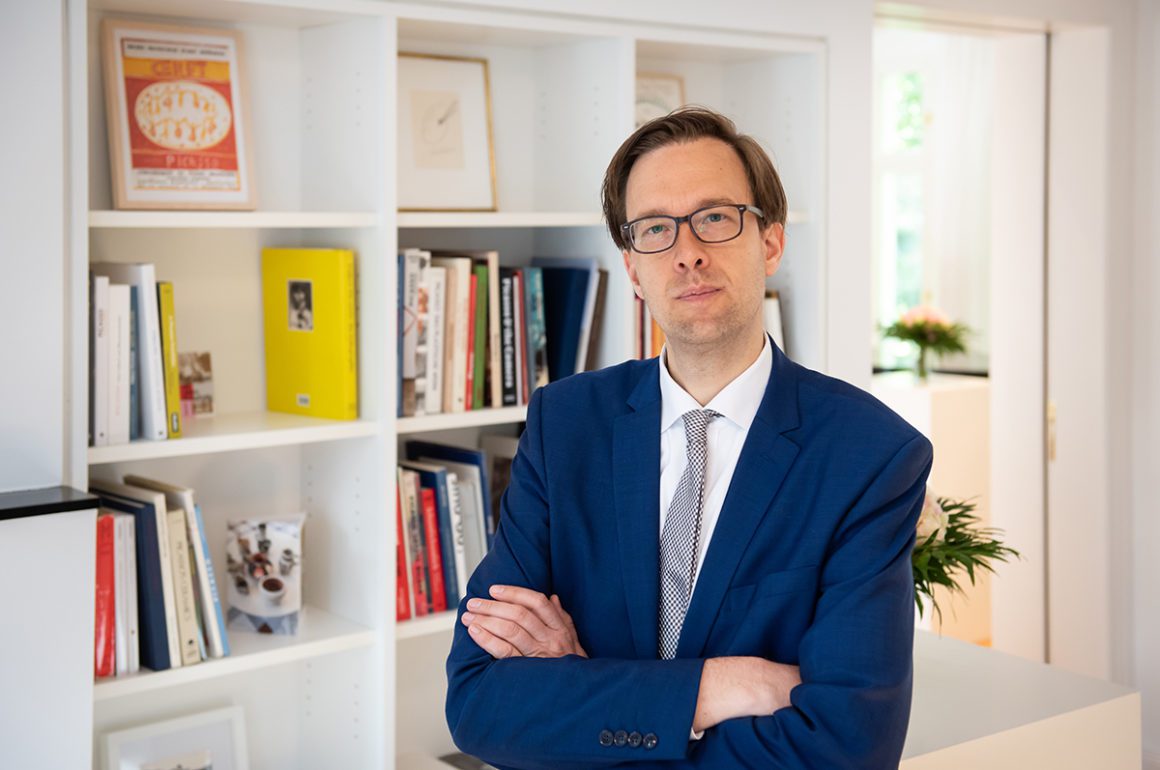
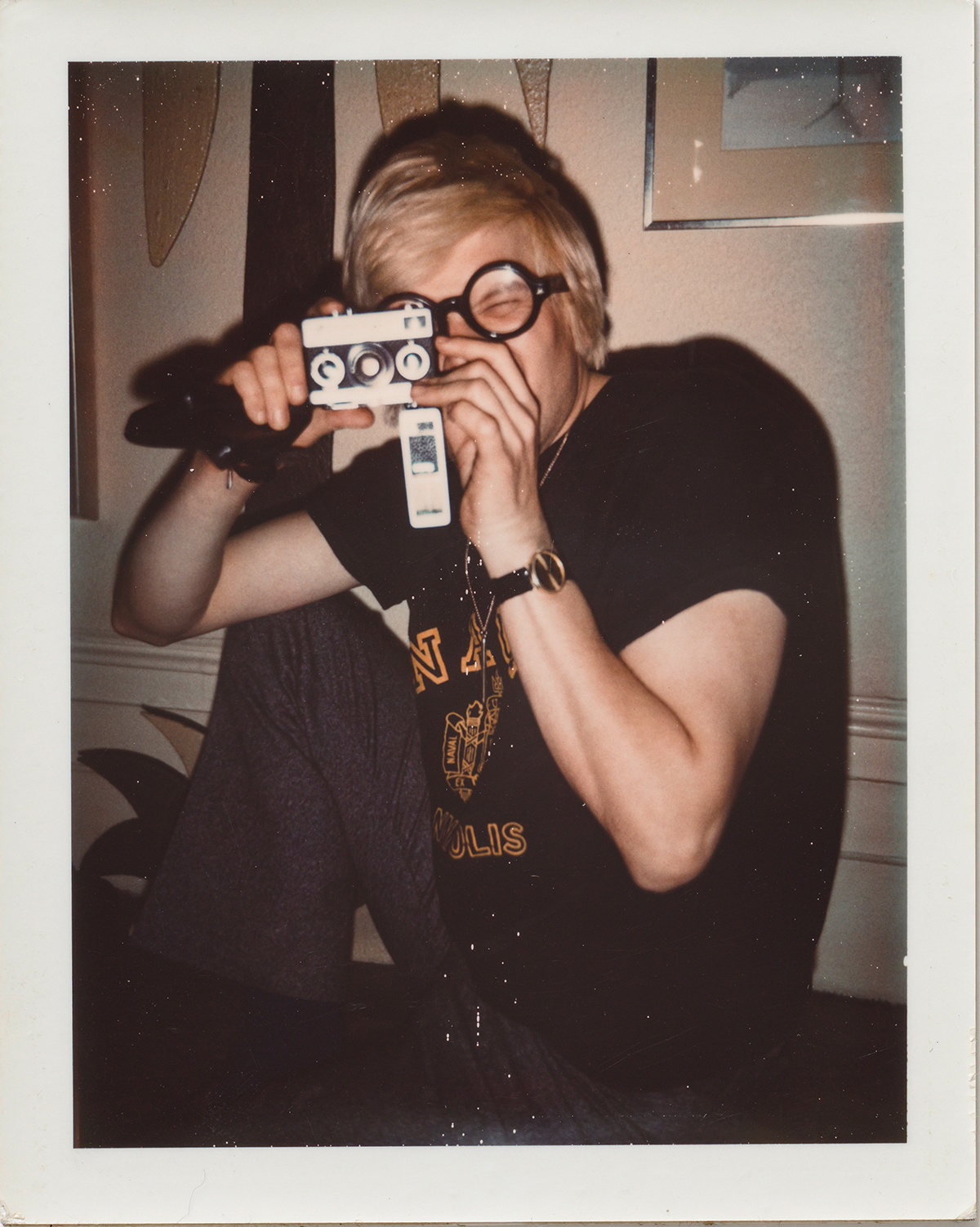
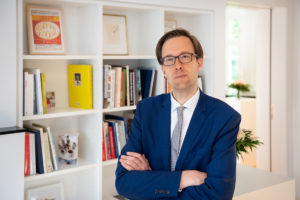
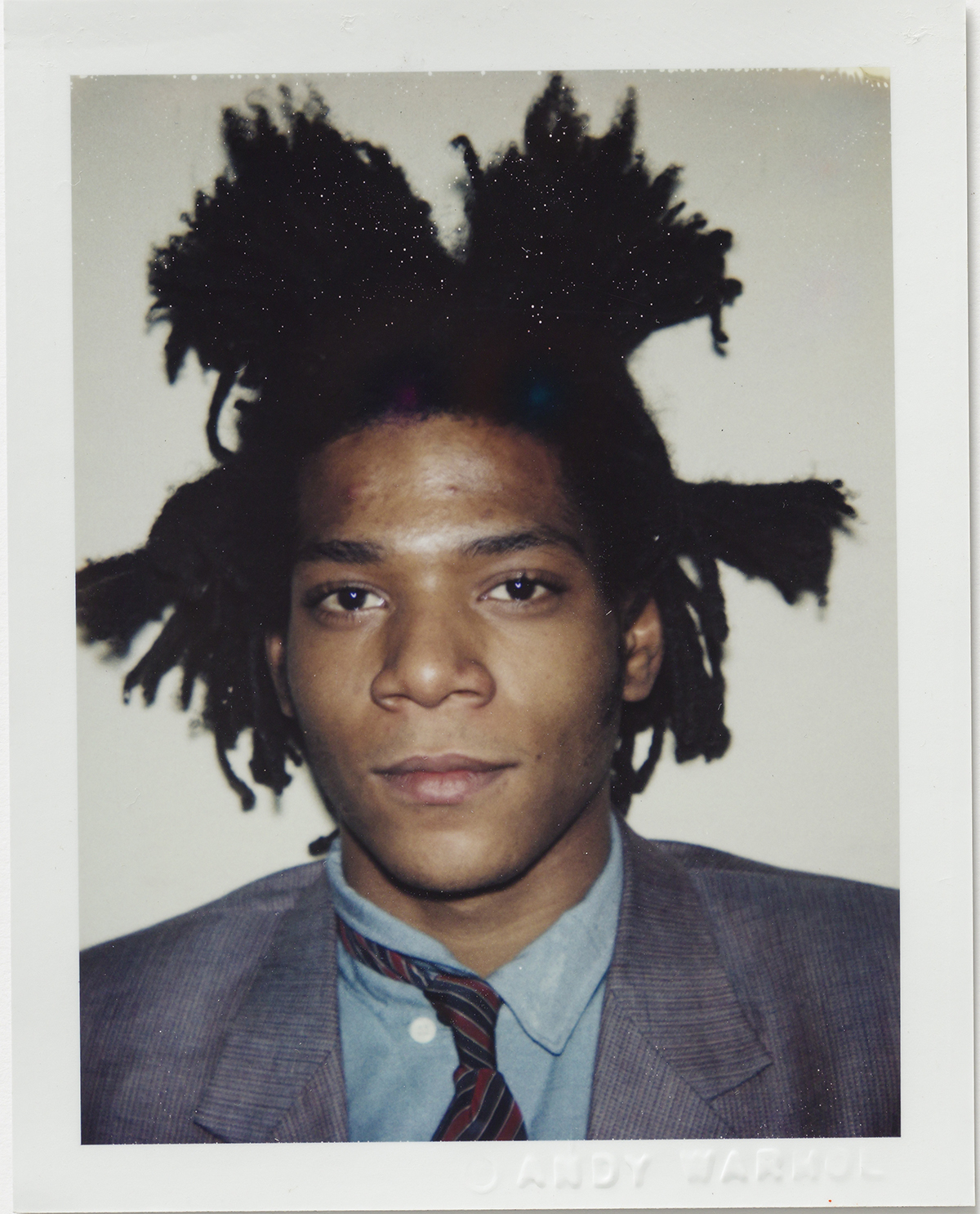
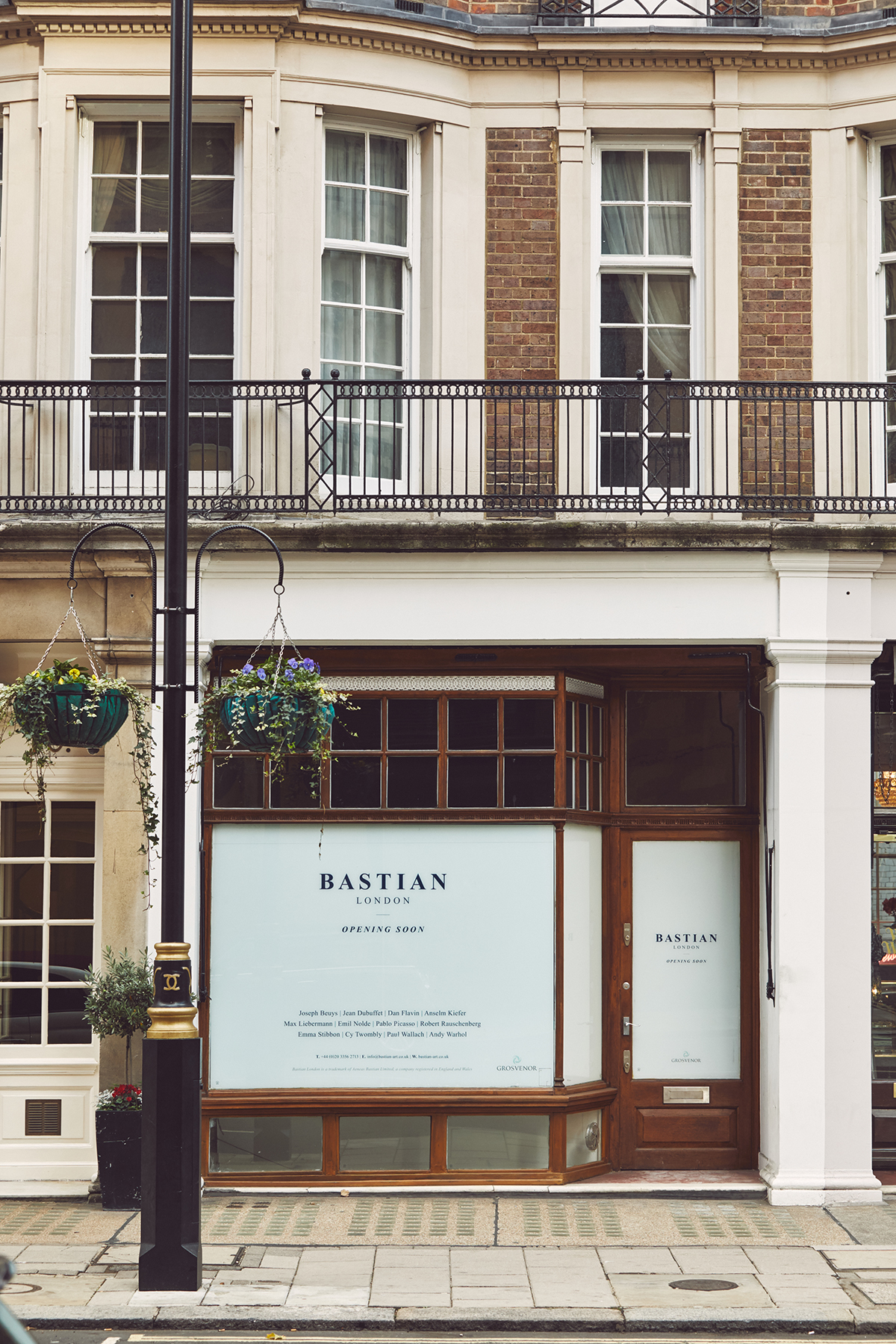
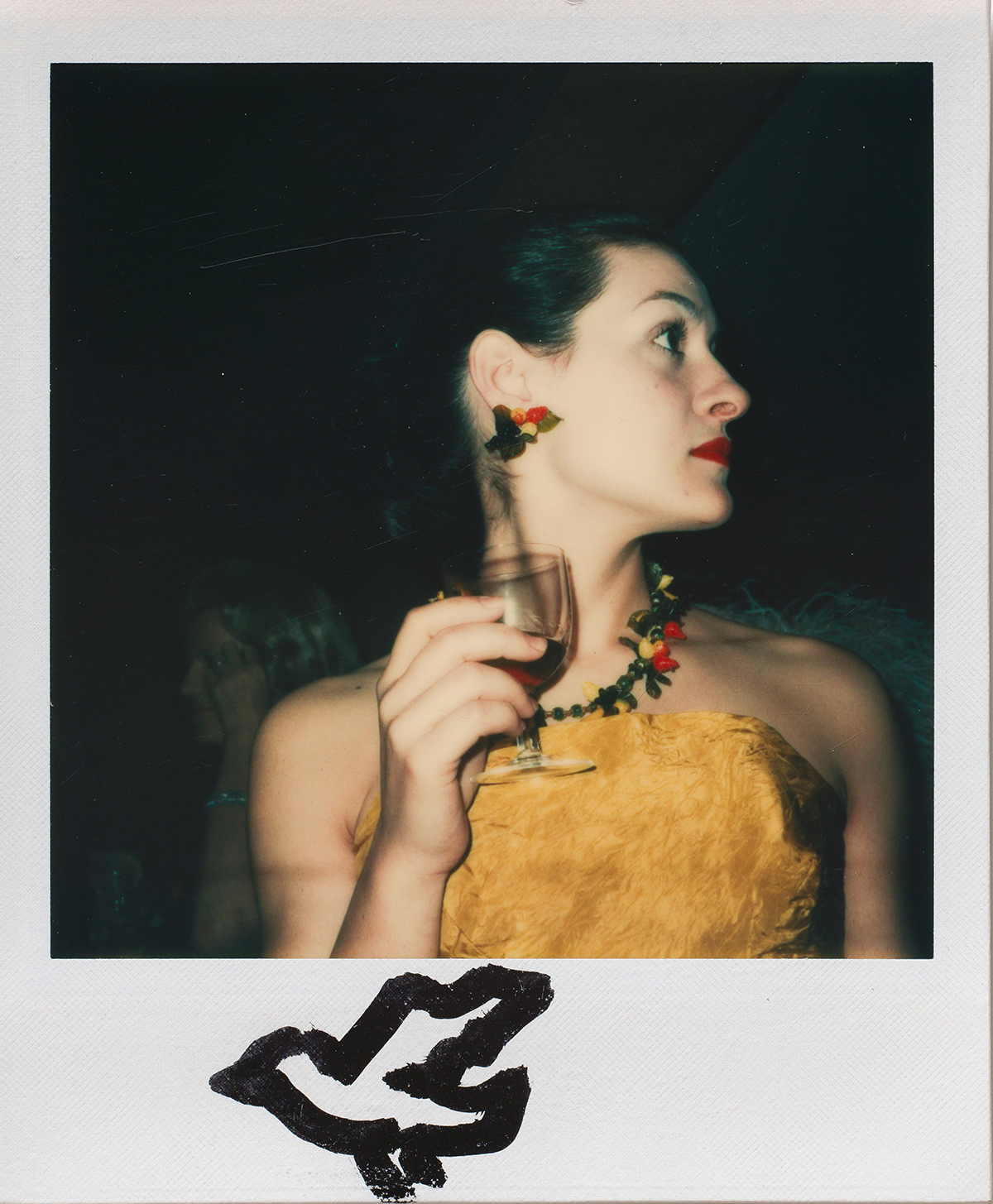
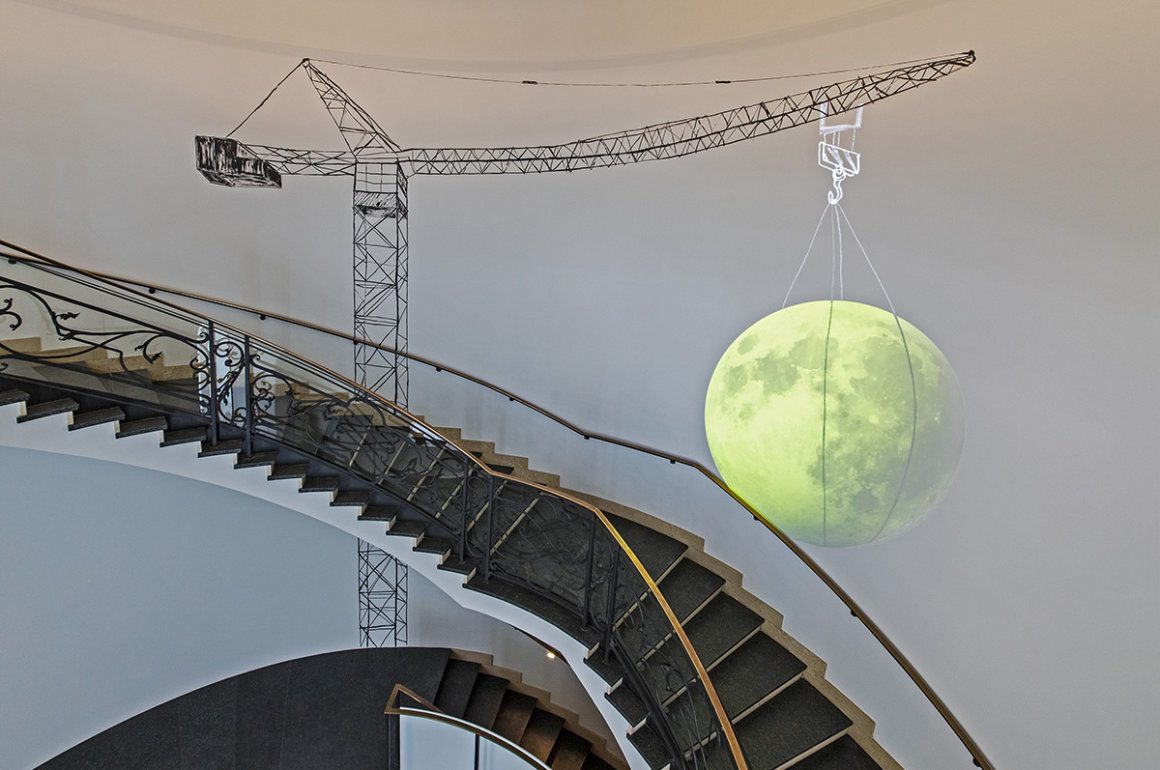
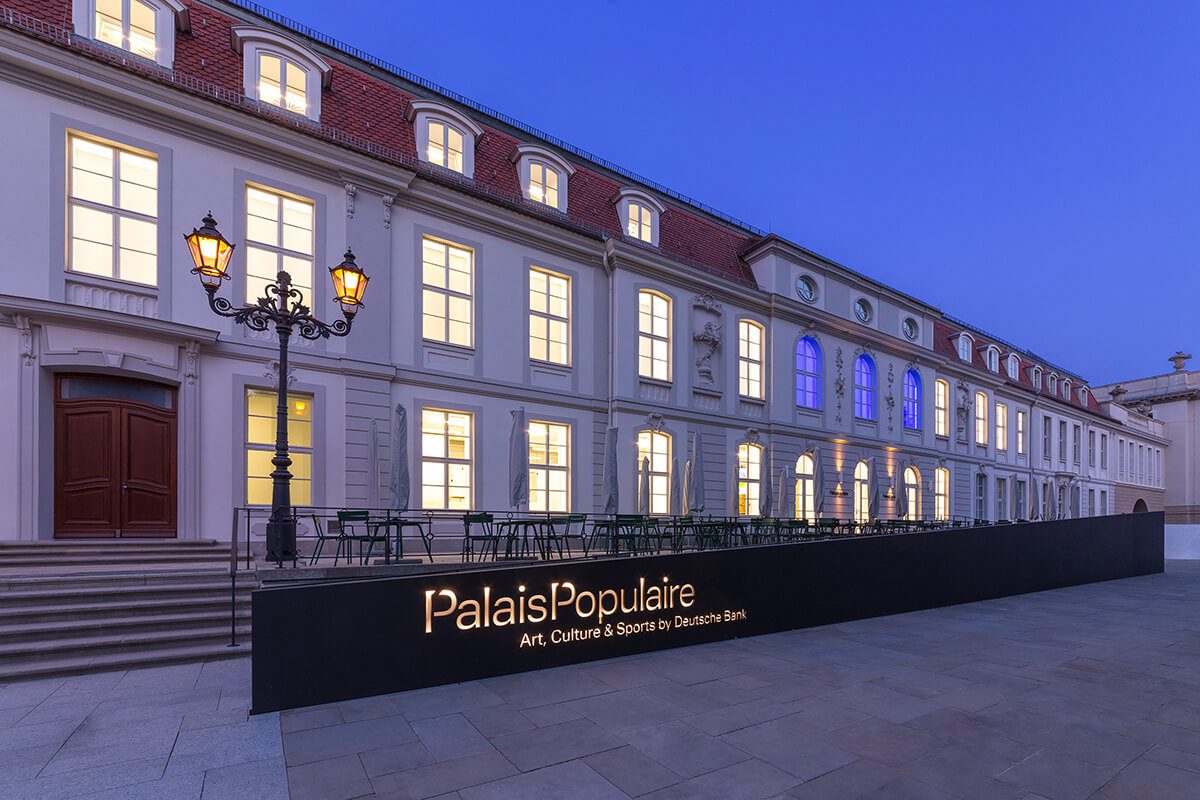
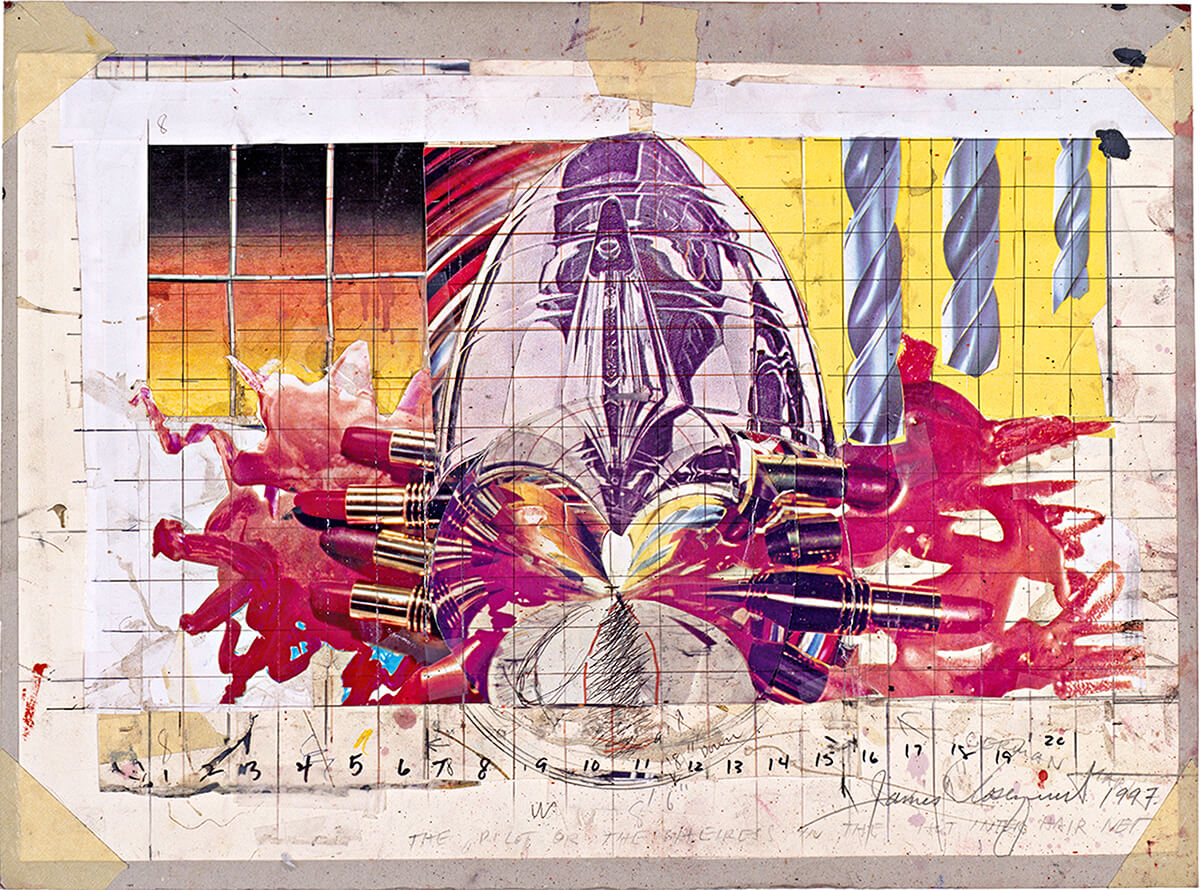
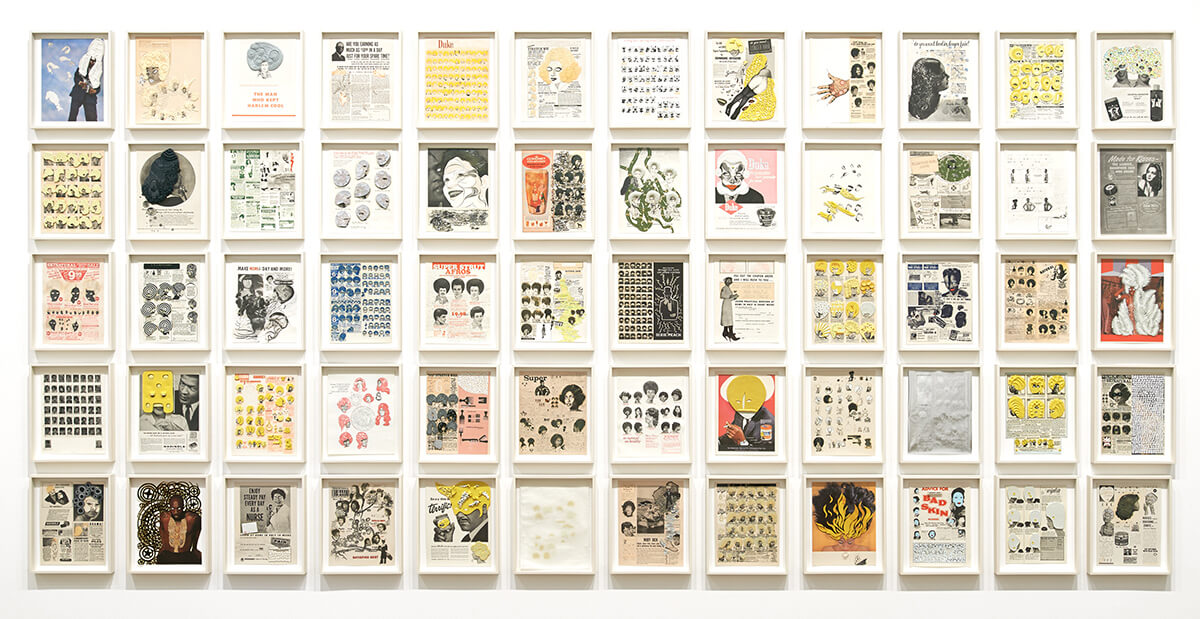
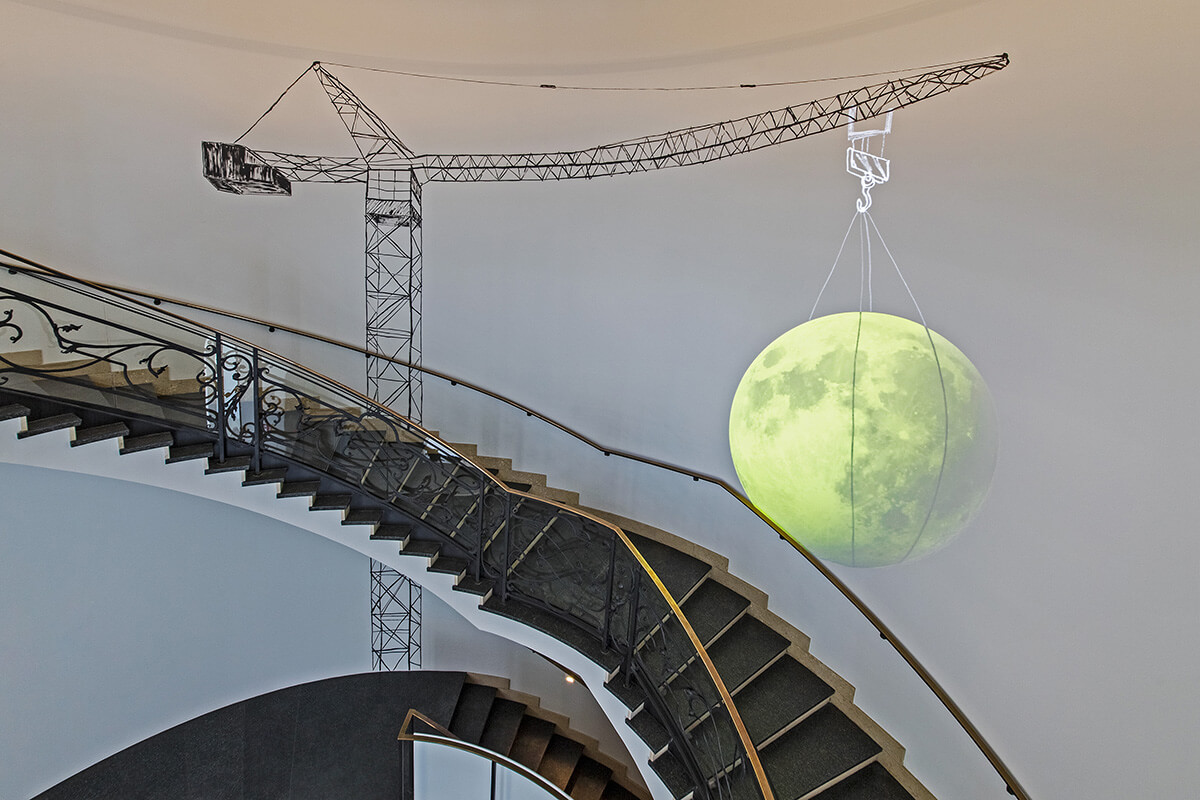
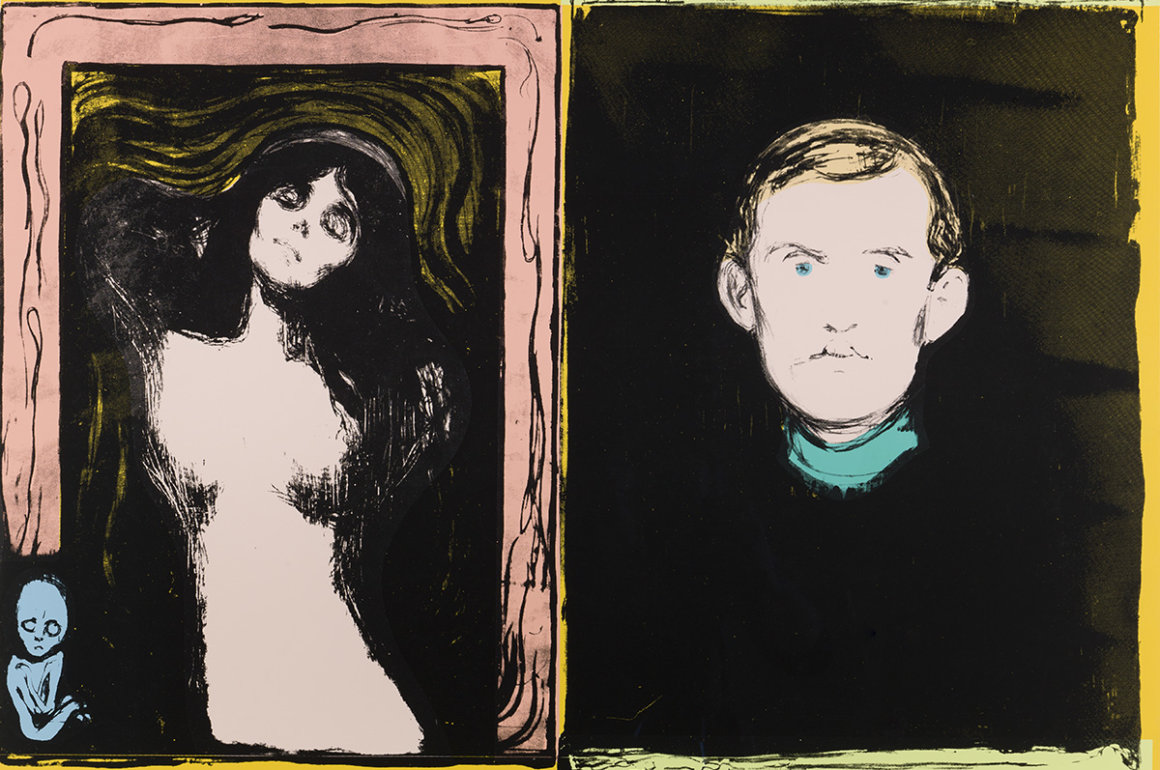
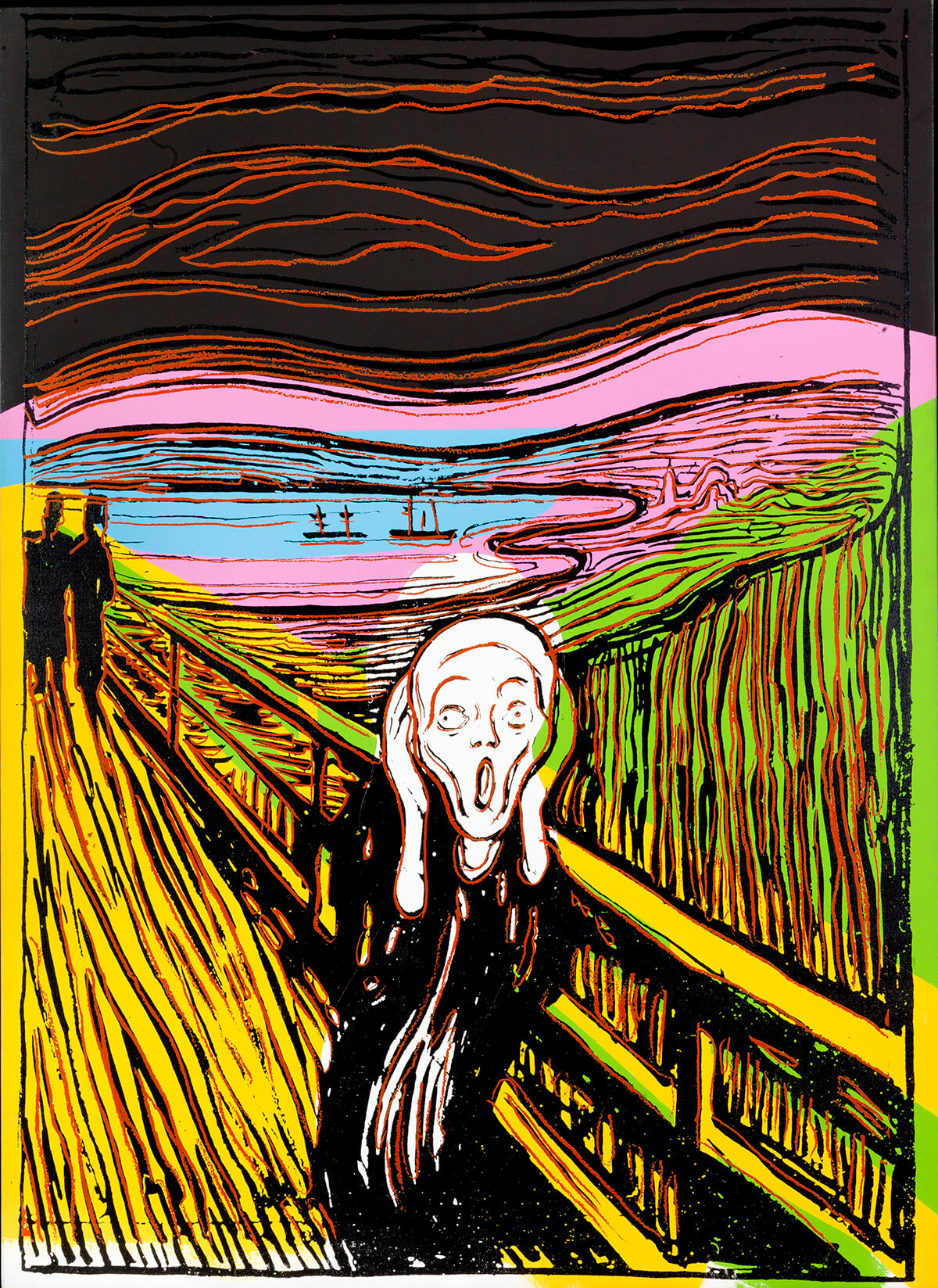
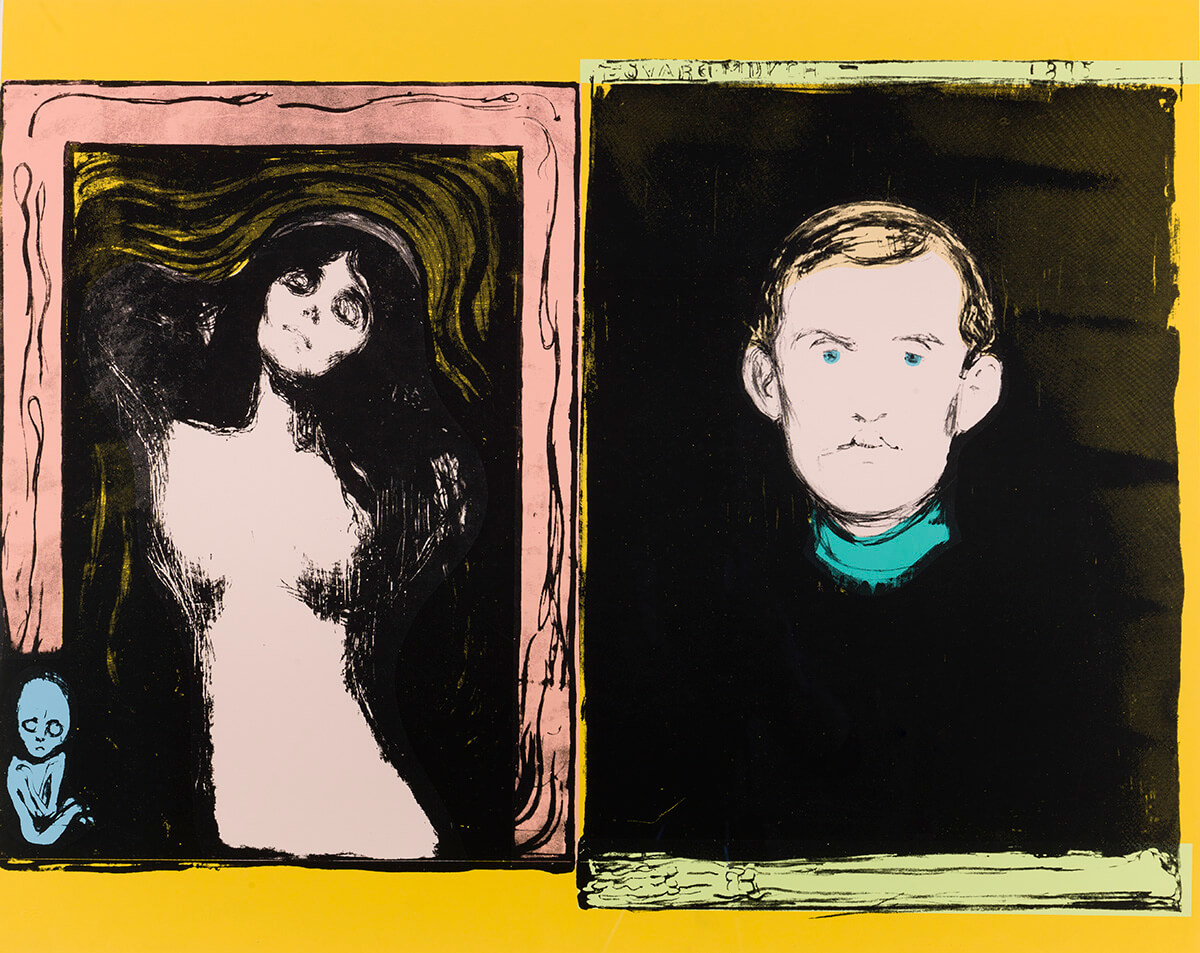
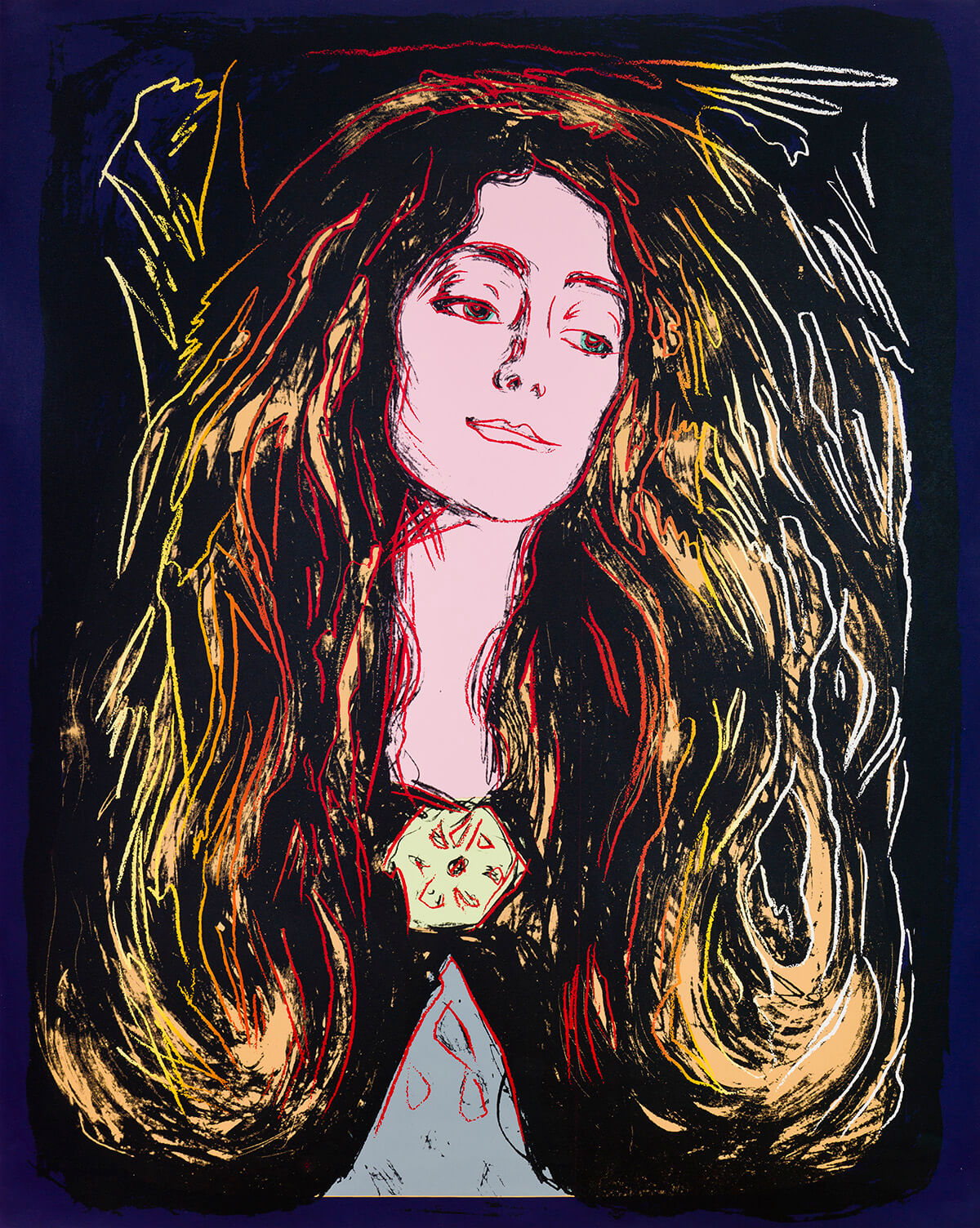





Recent Comments